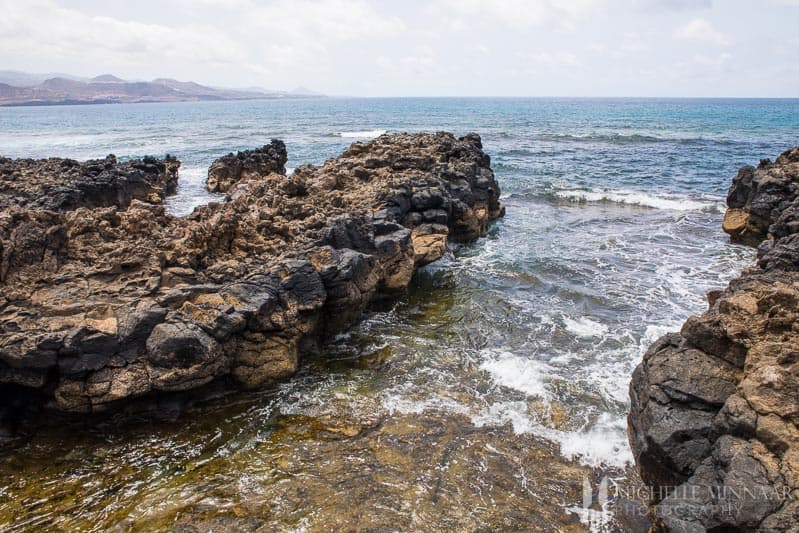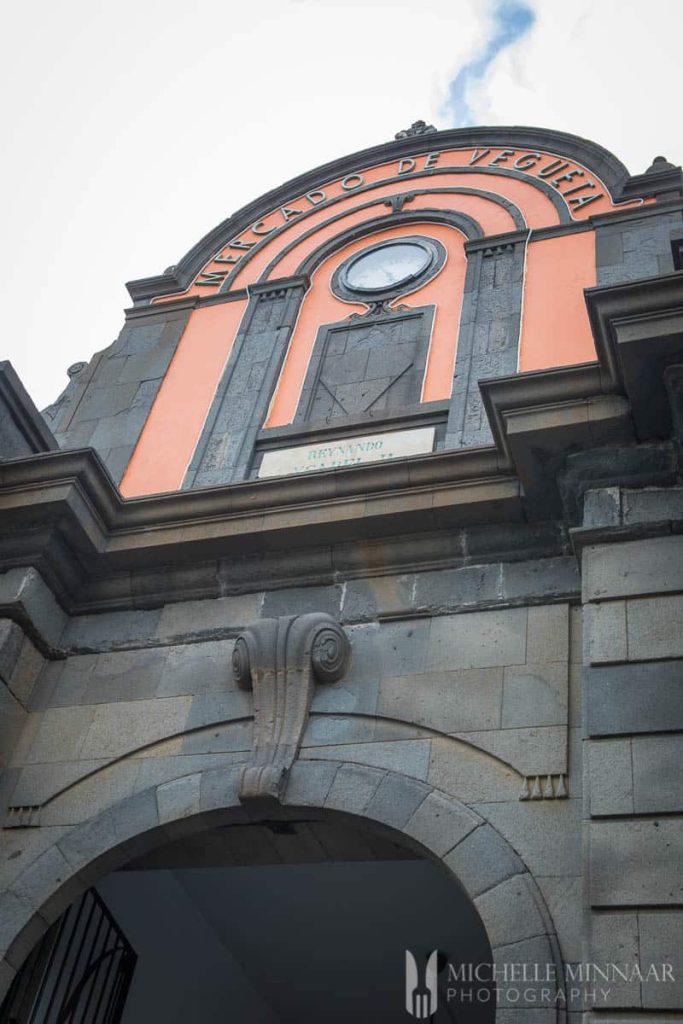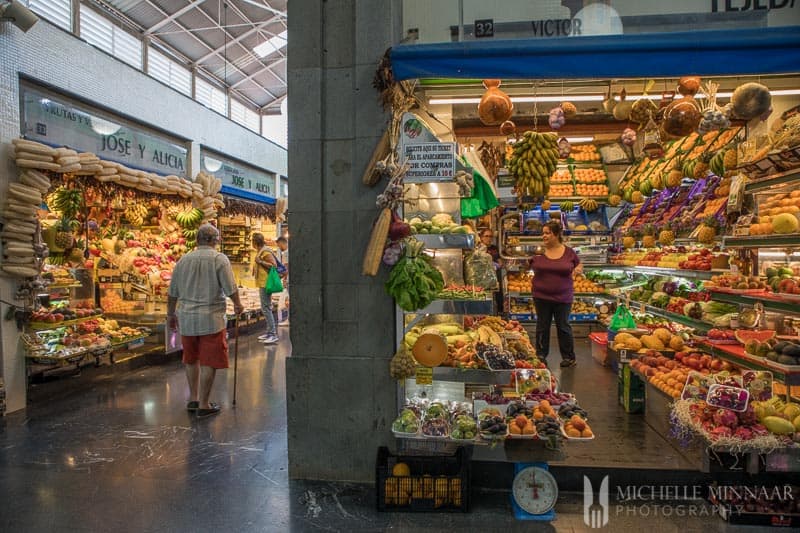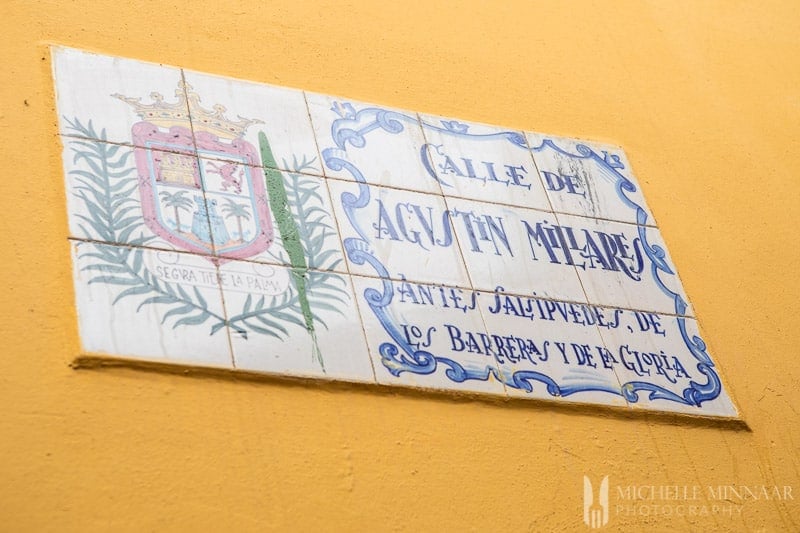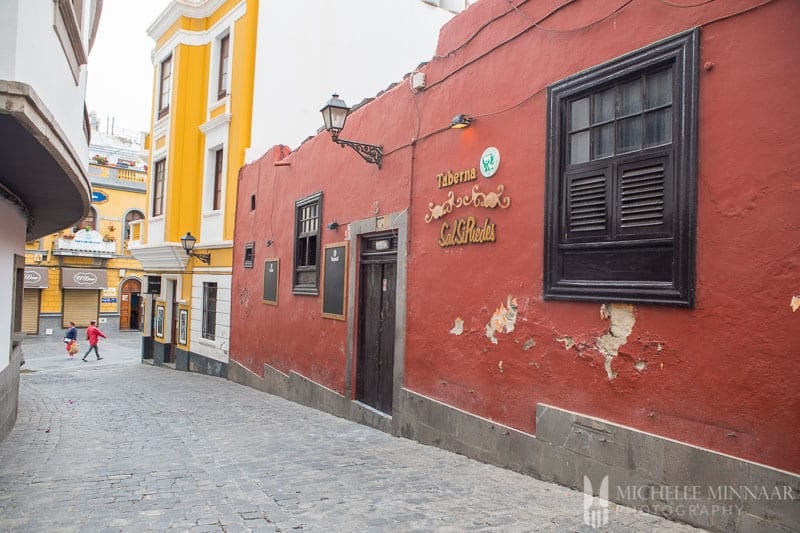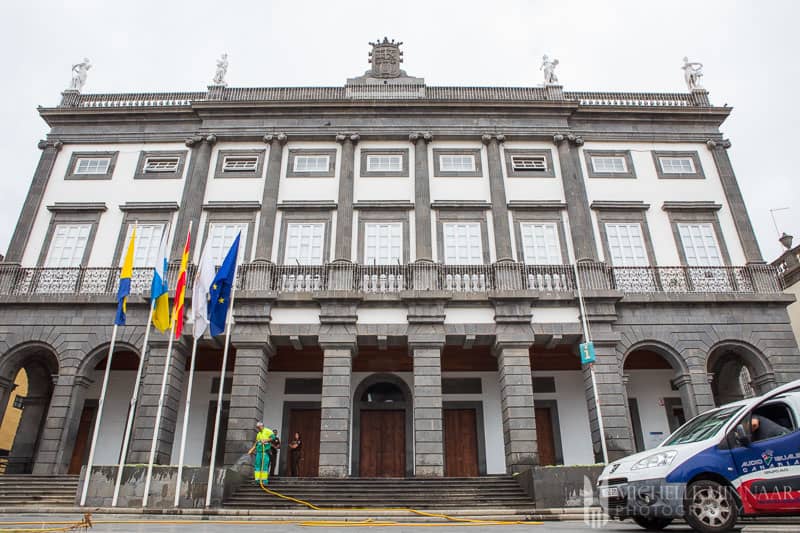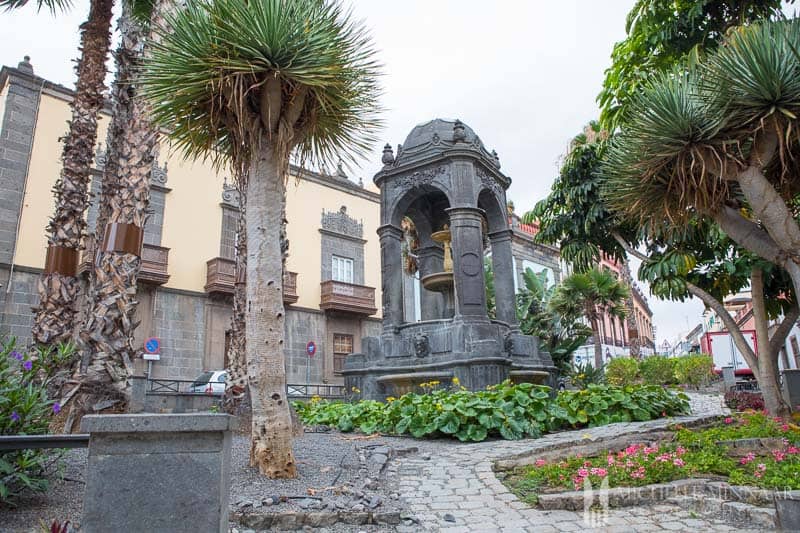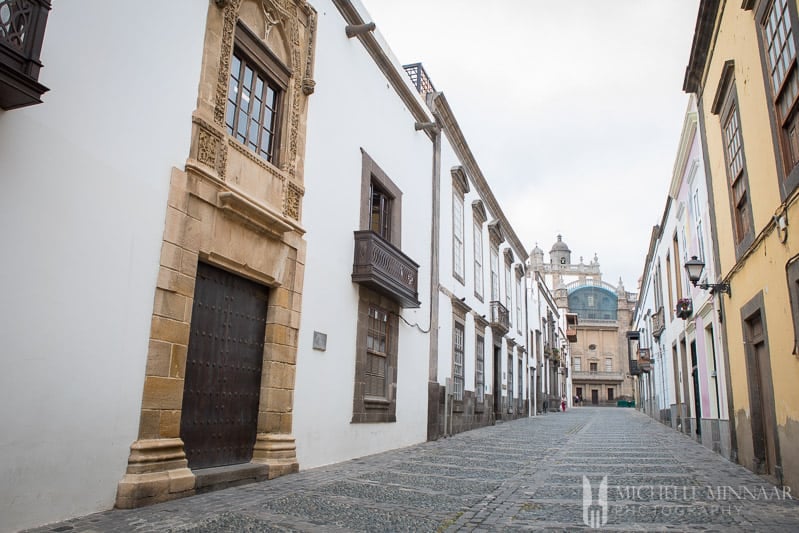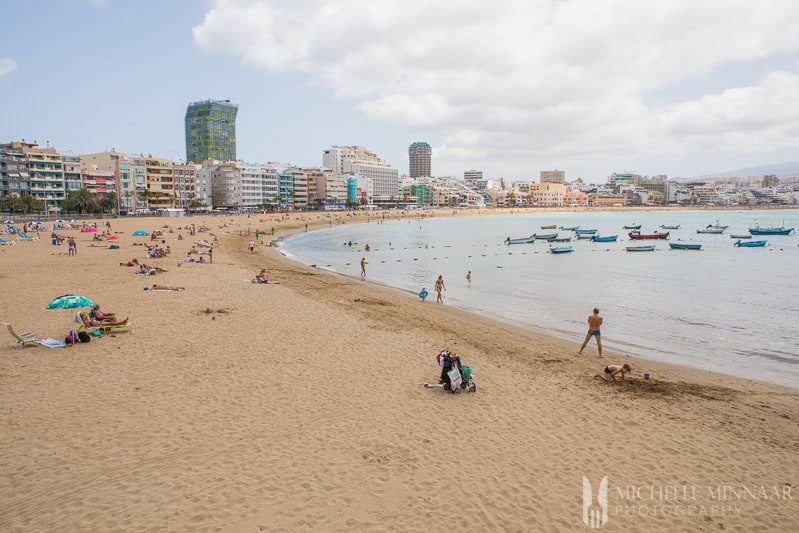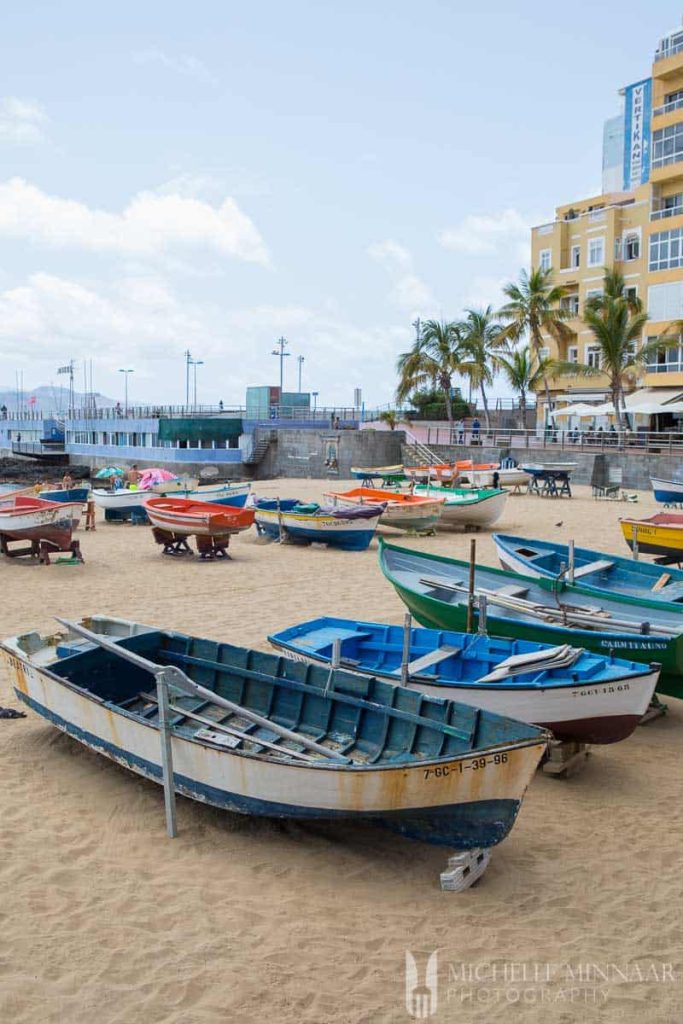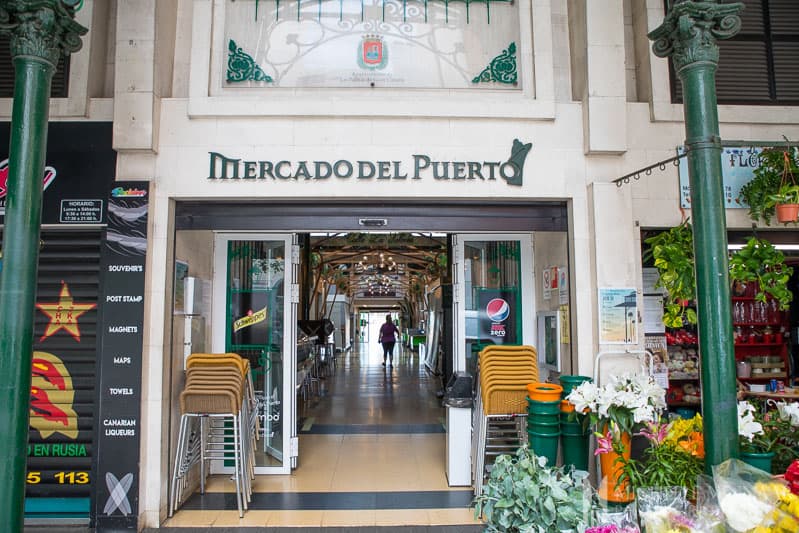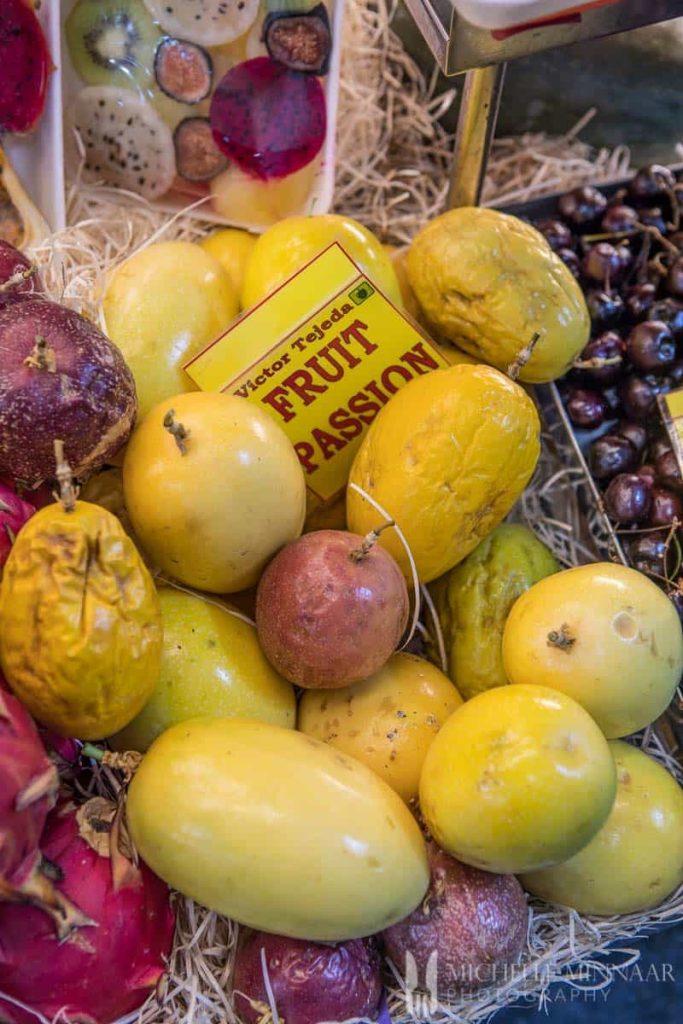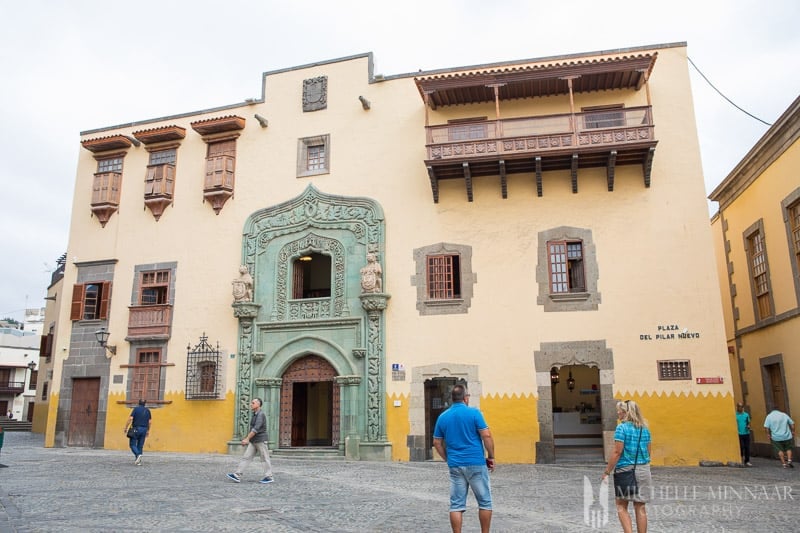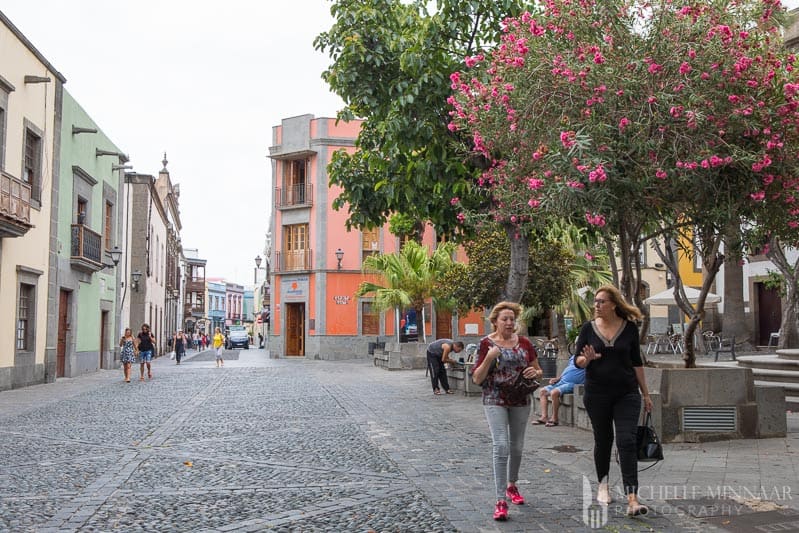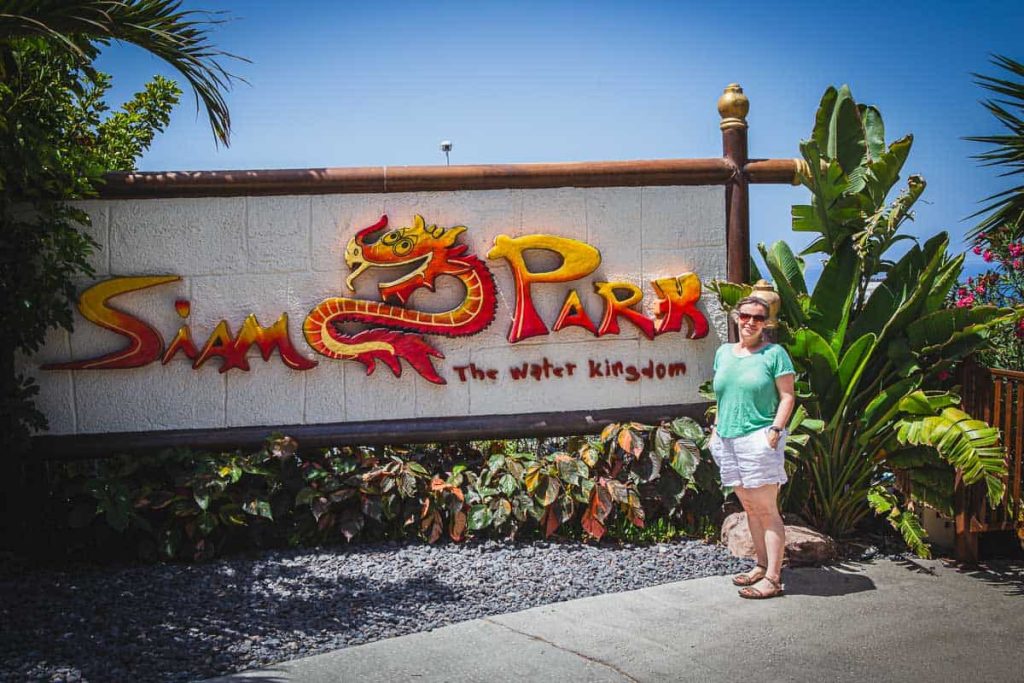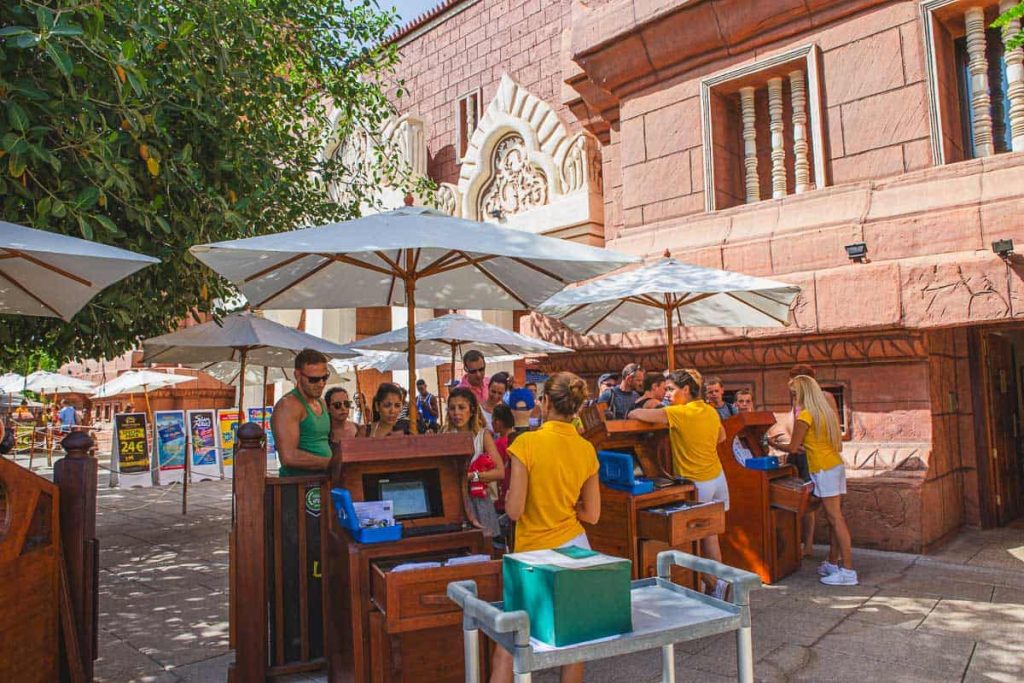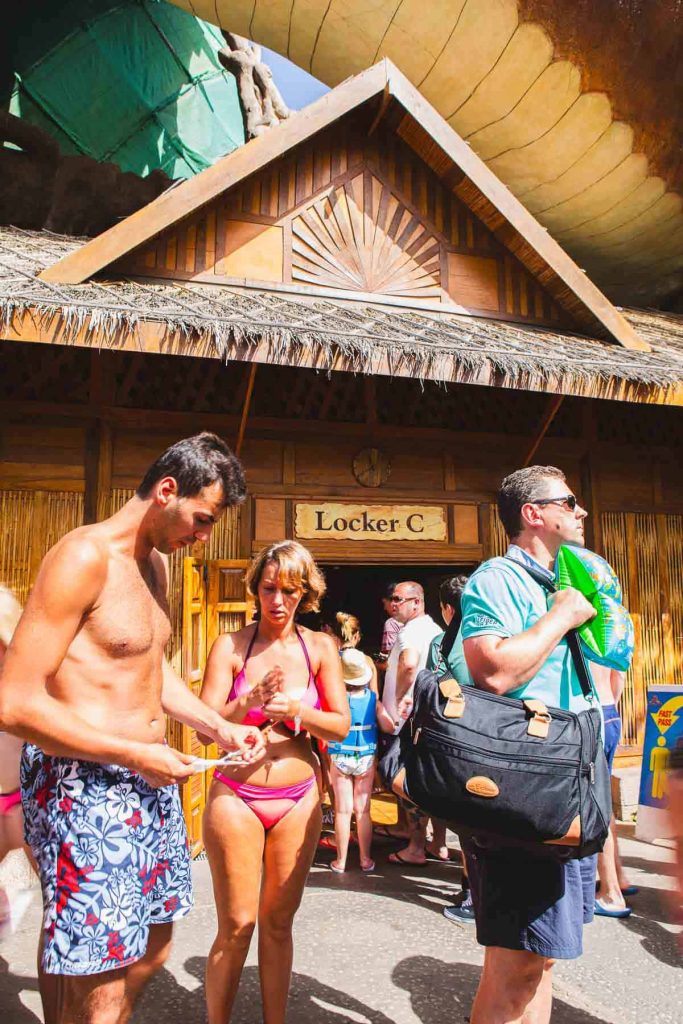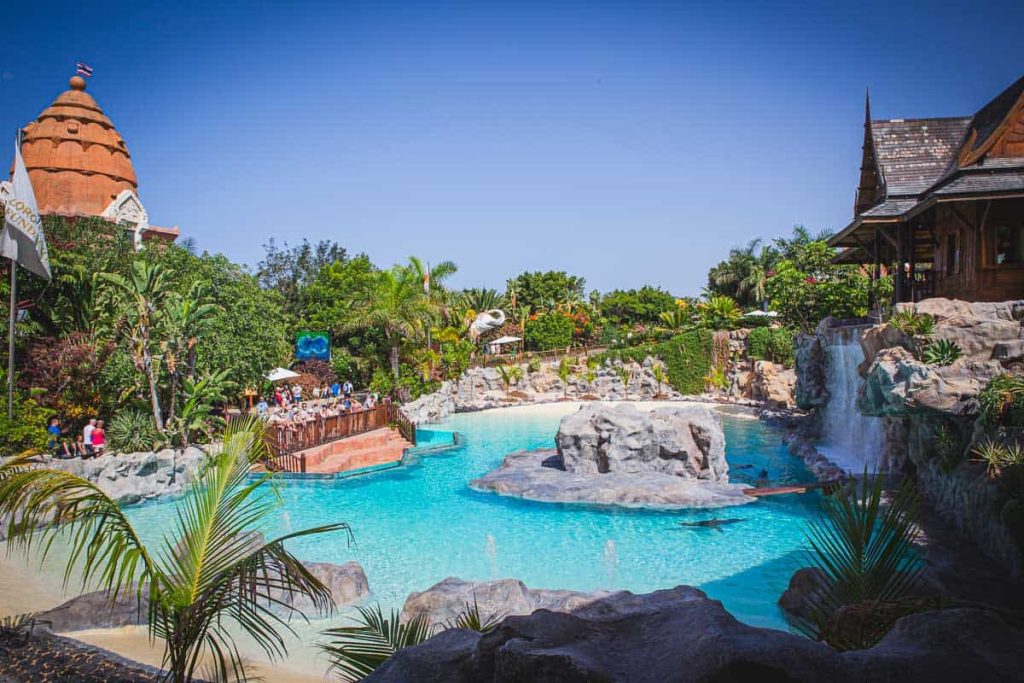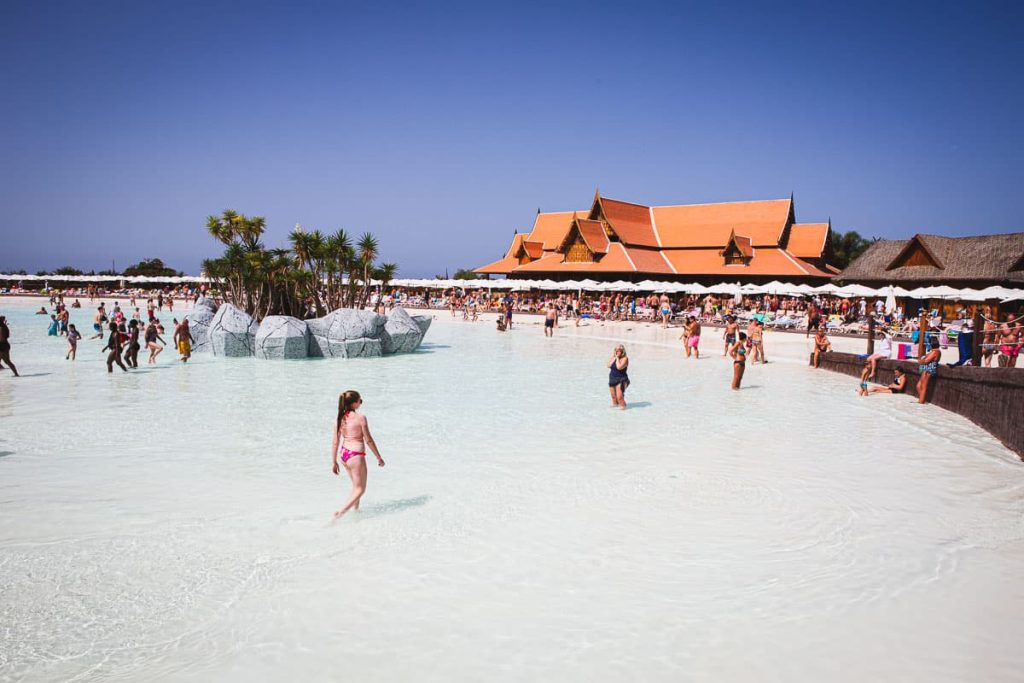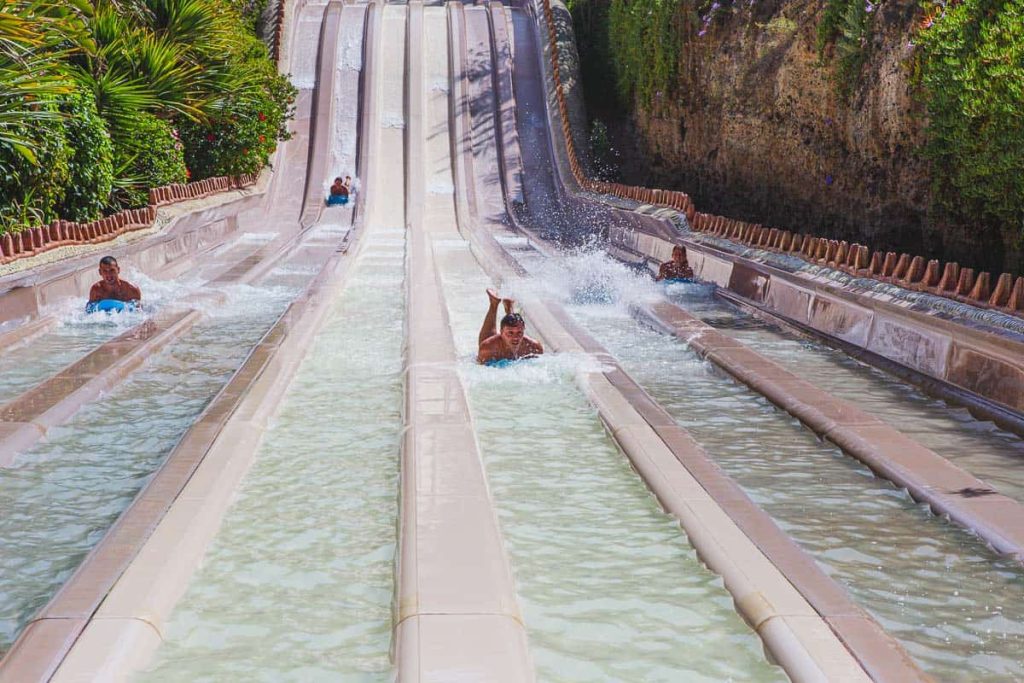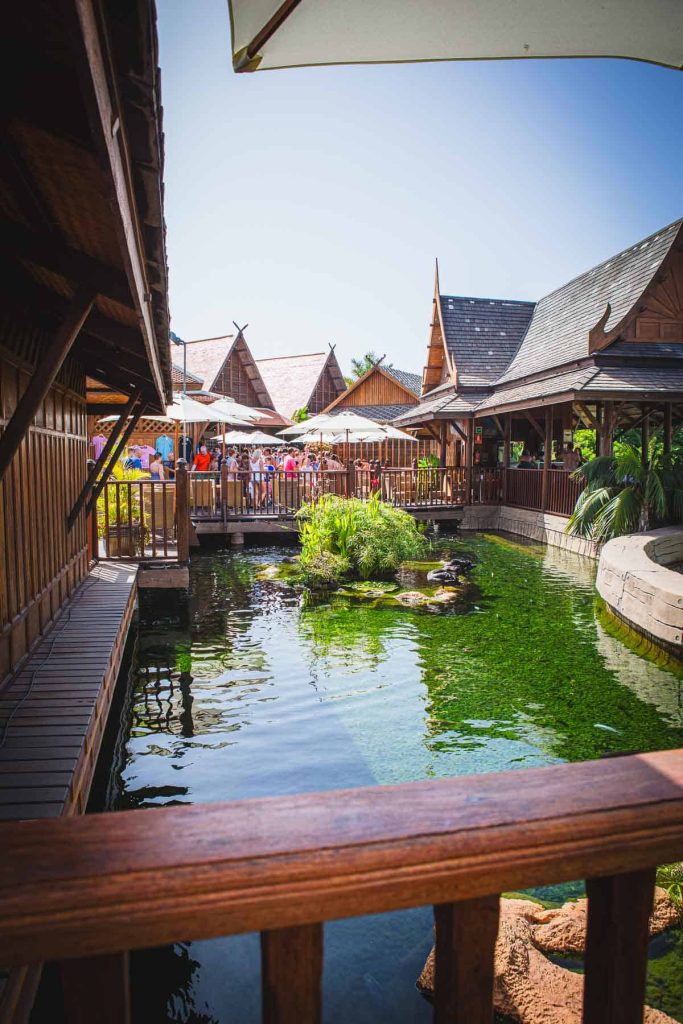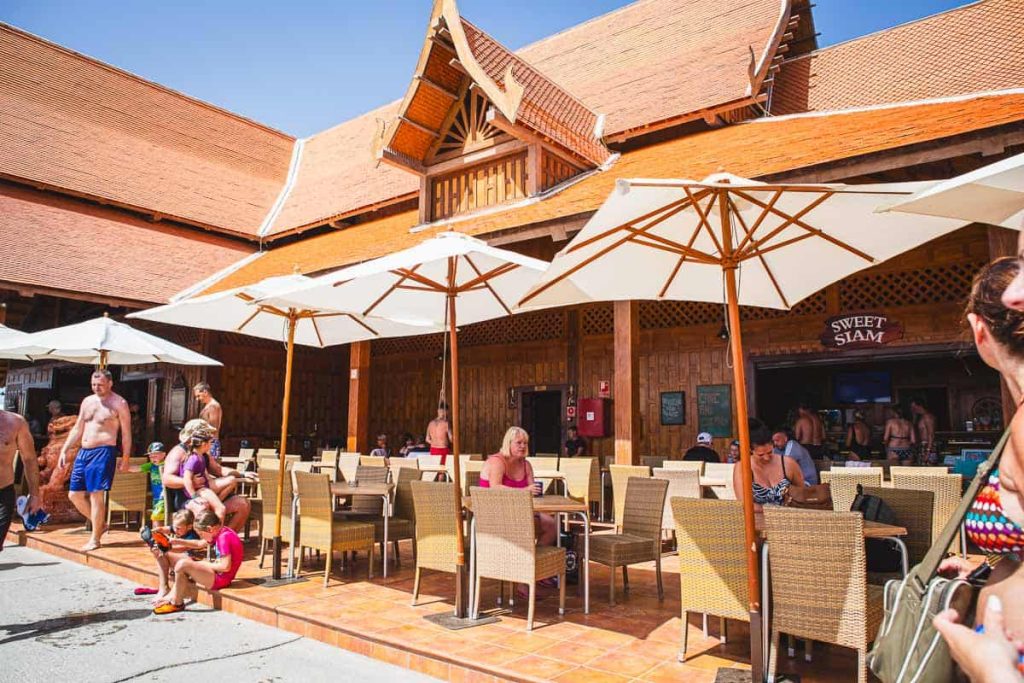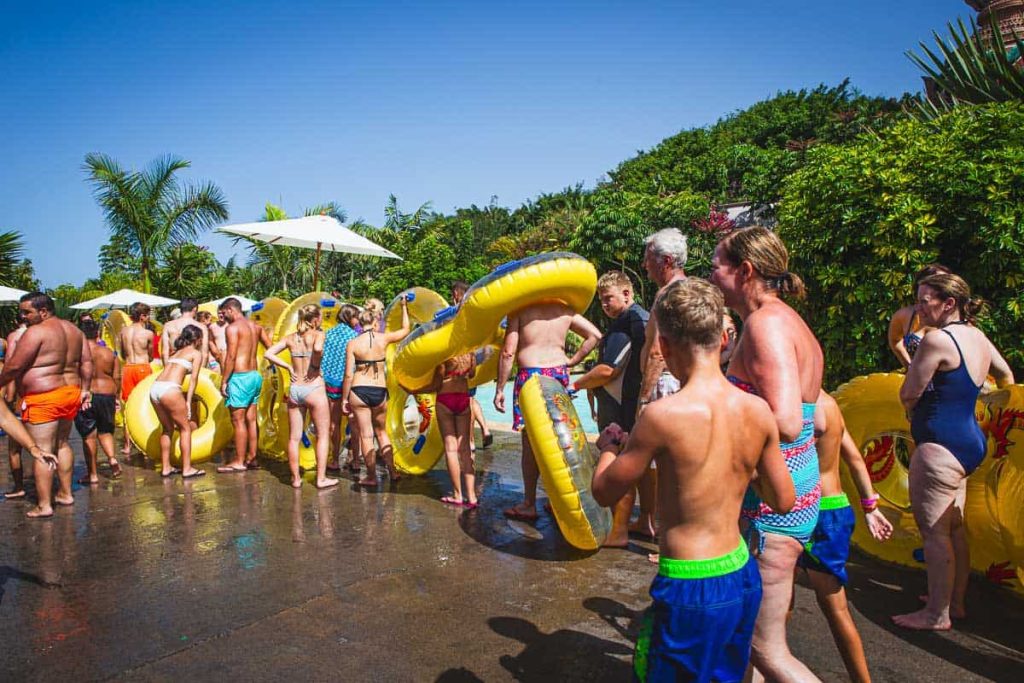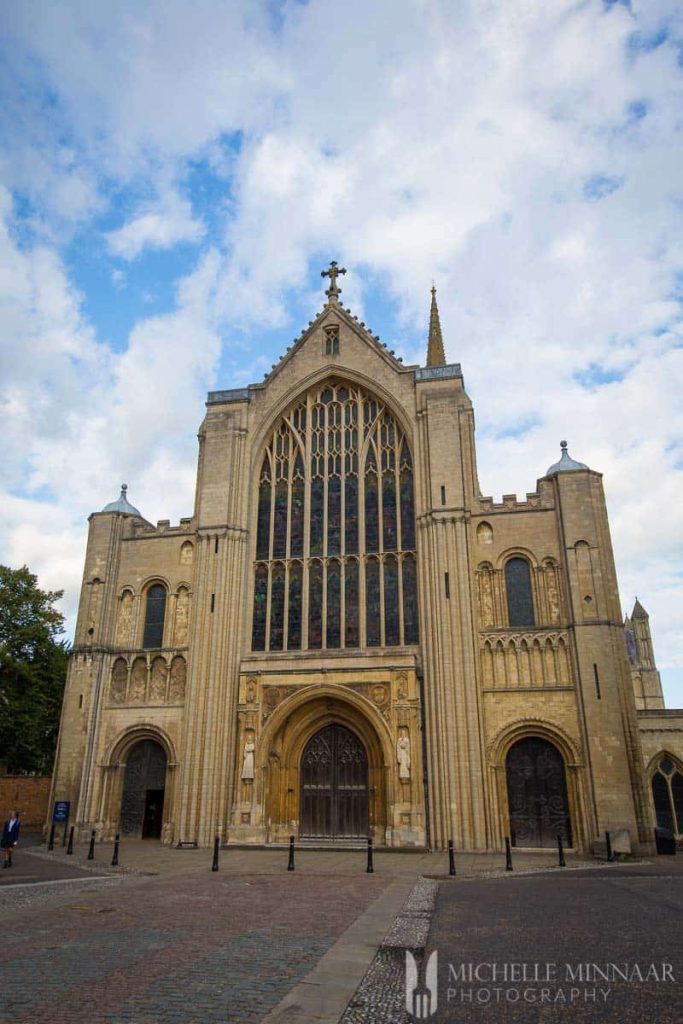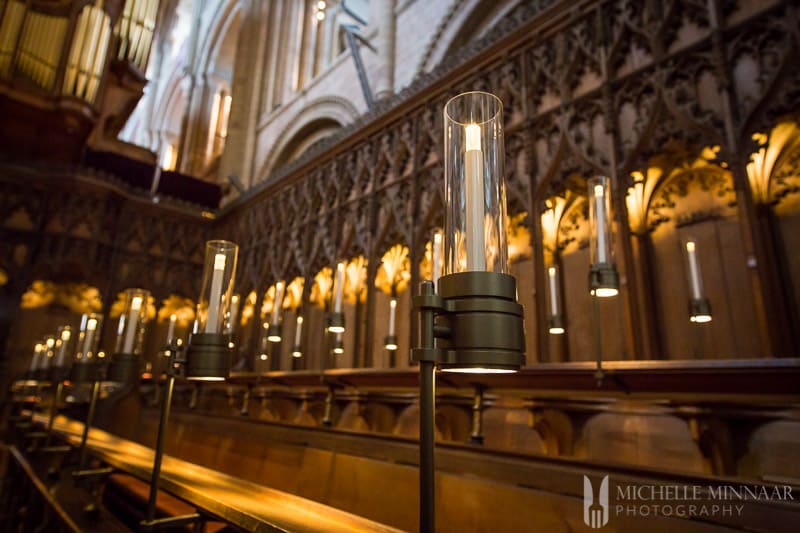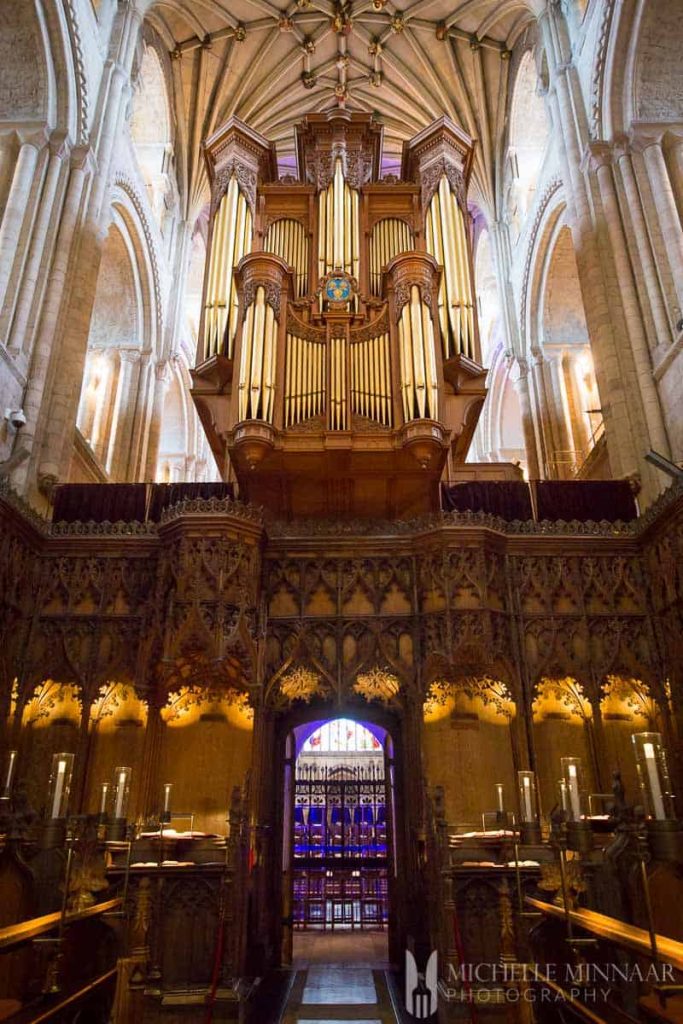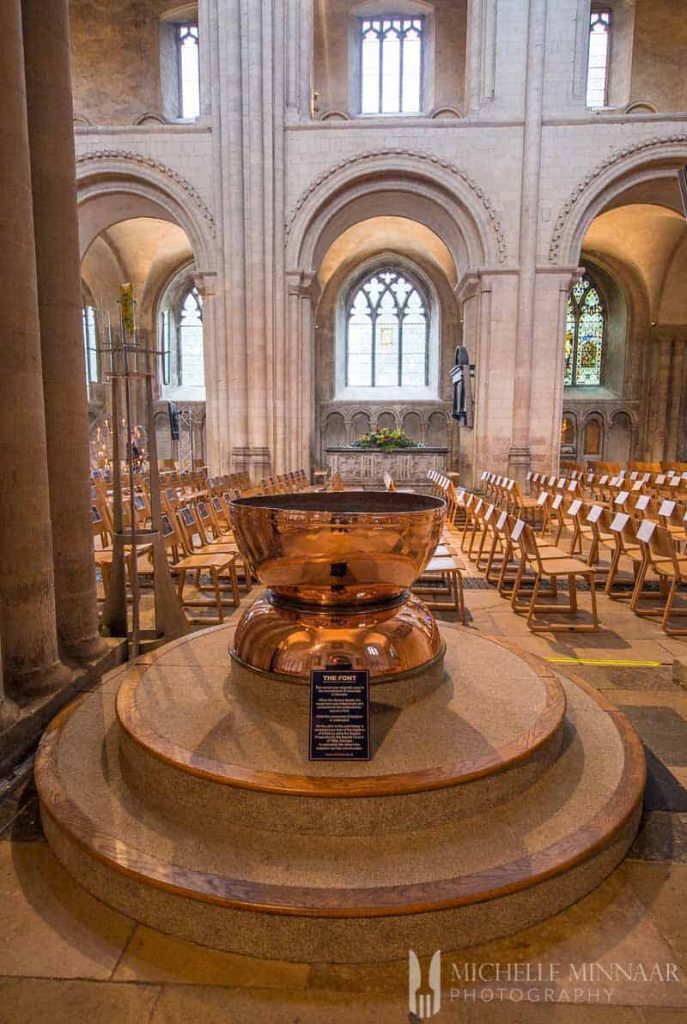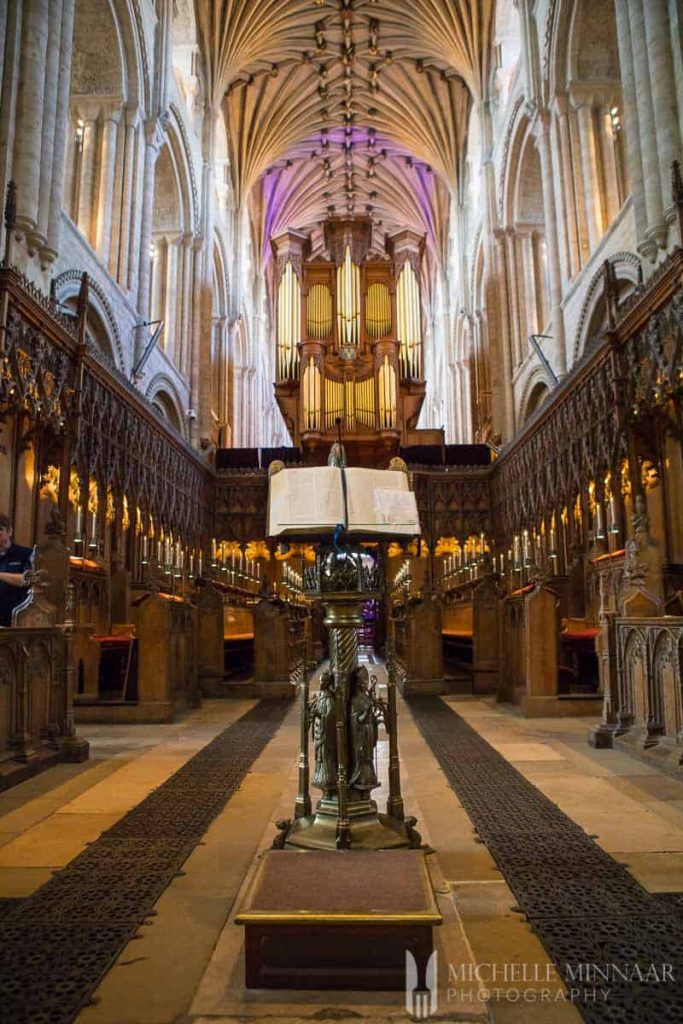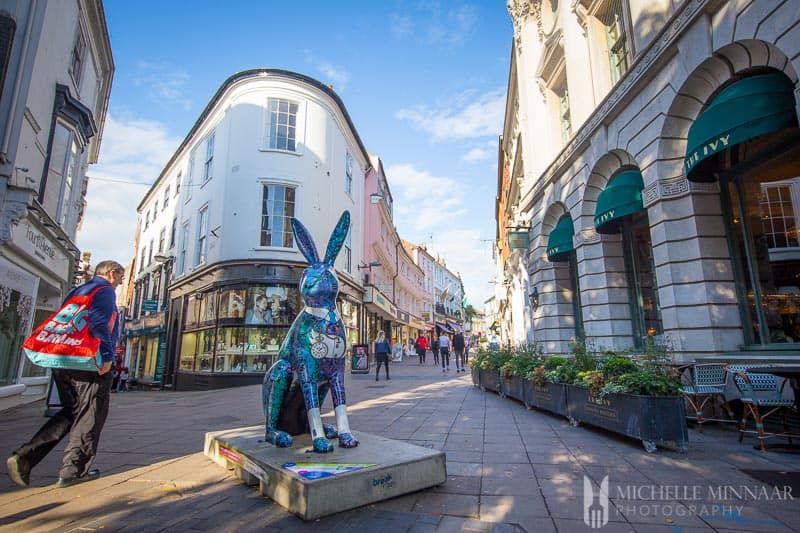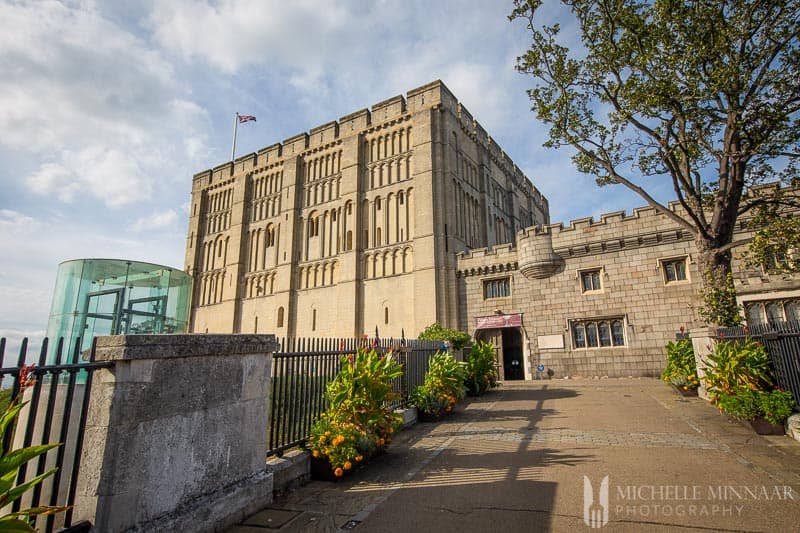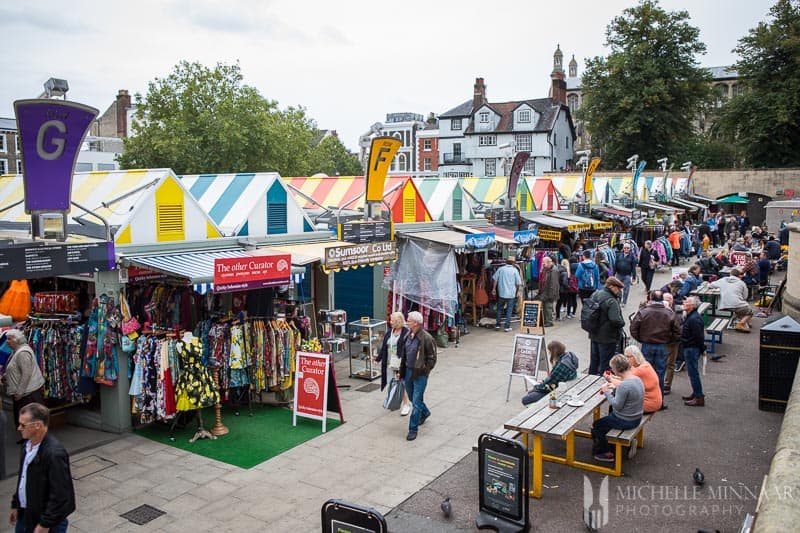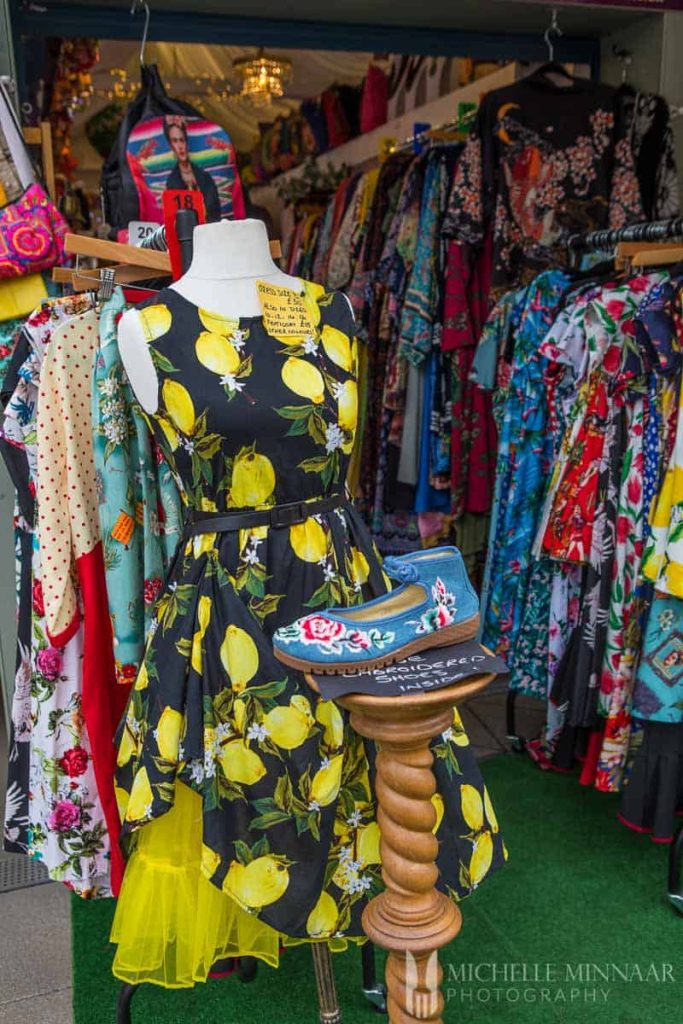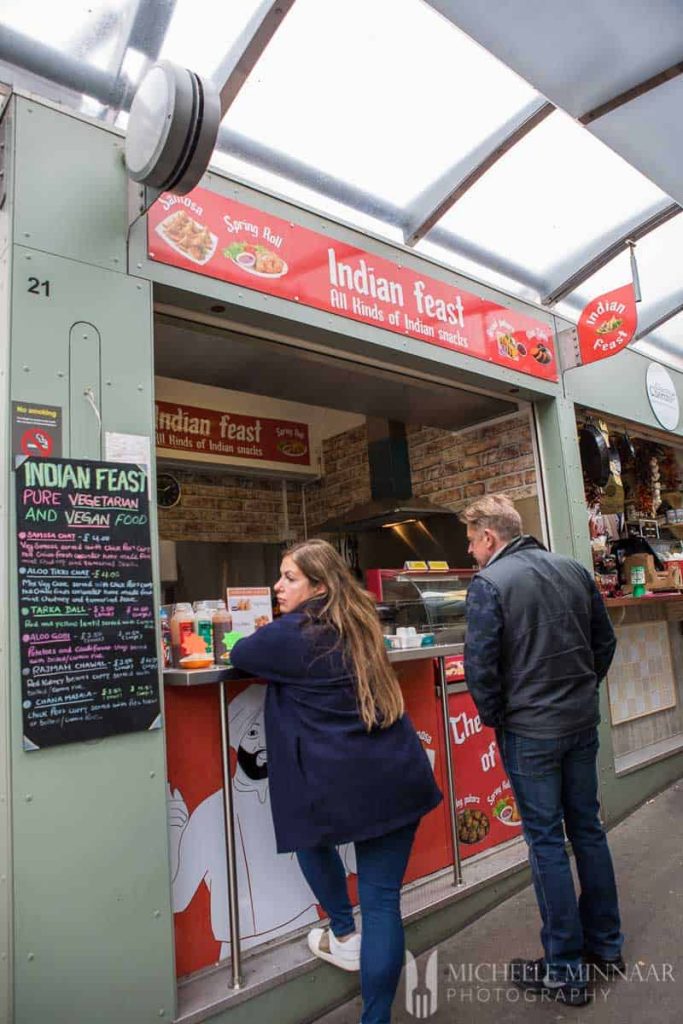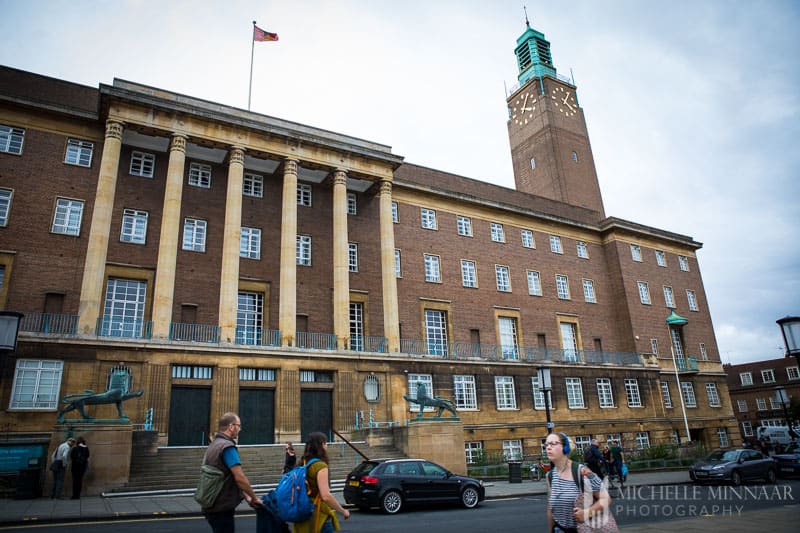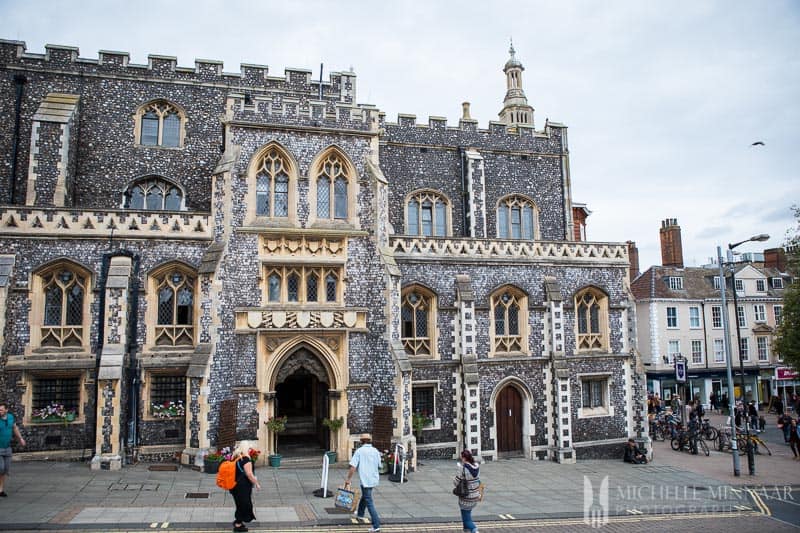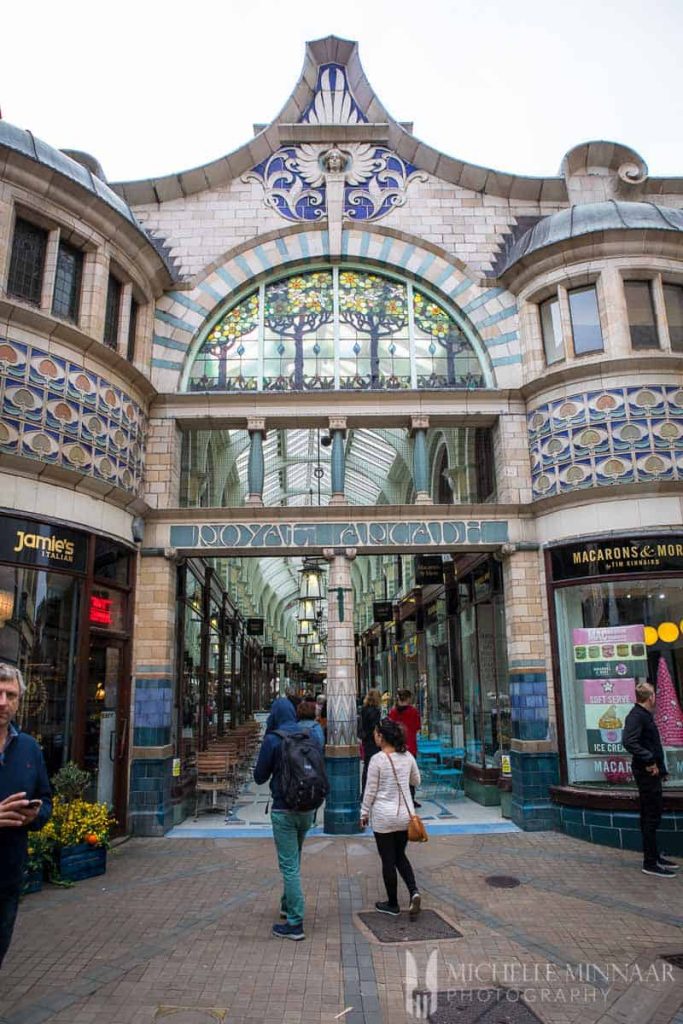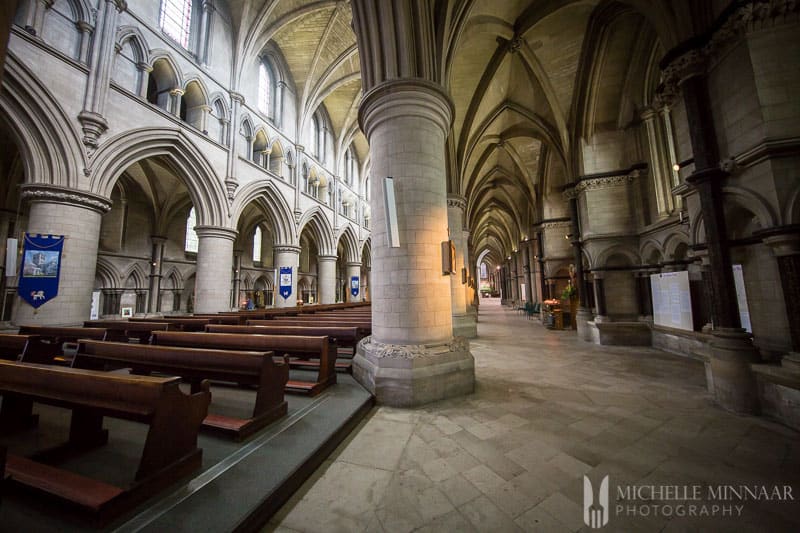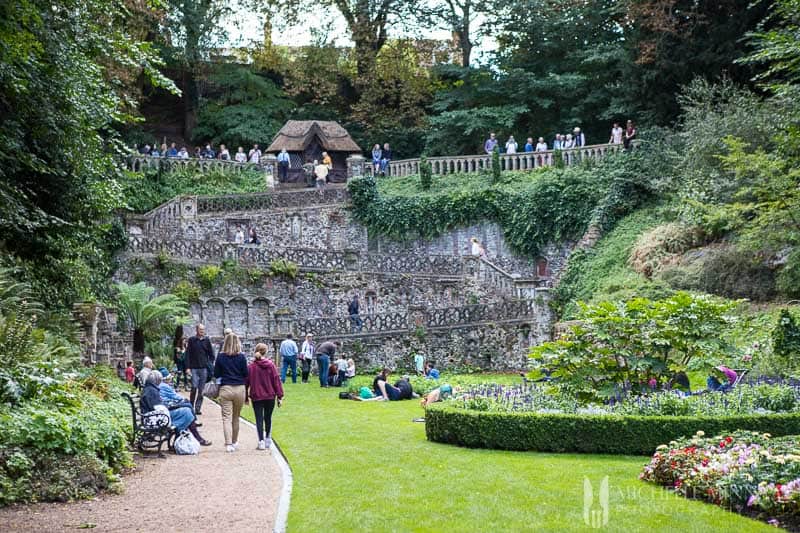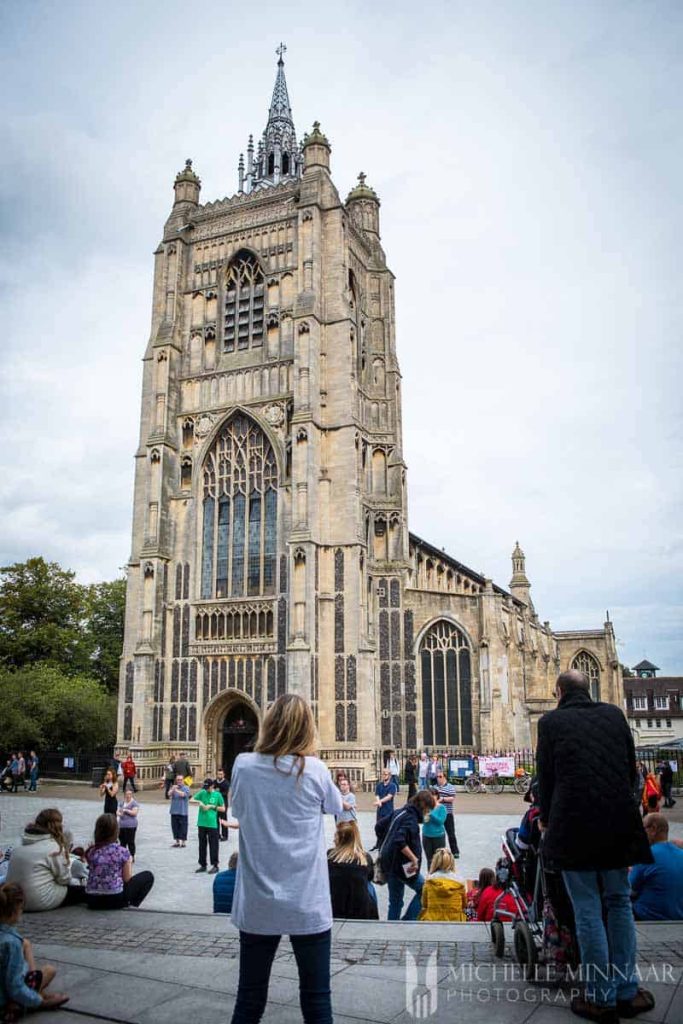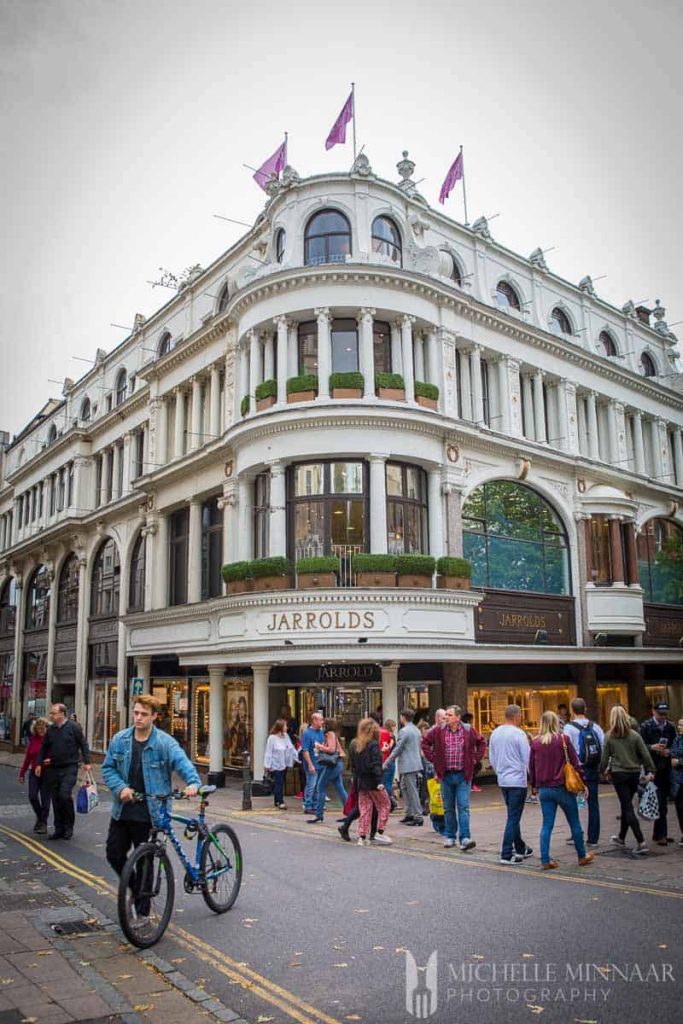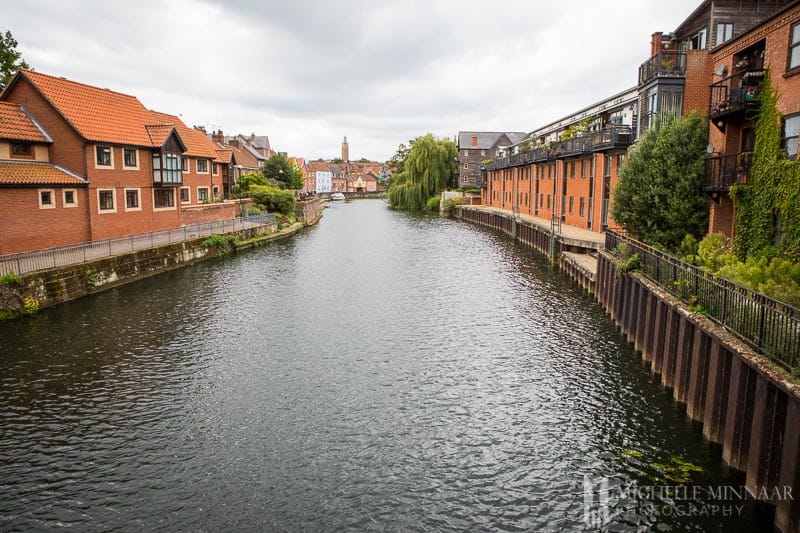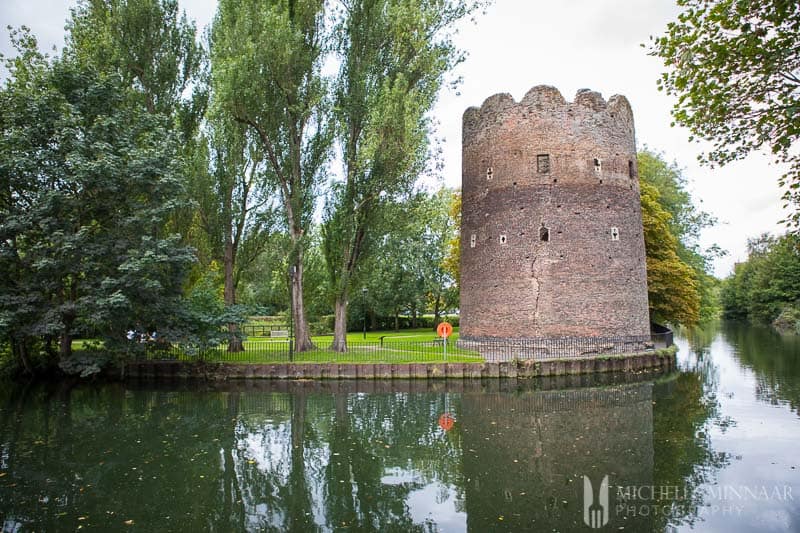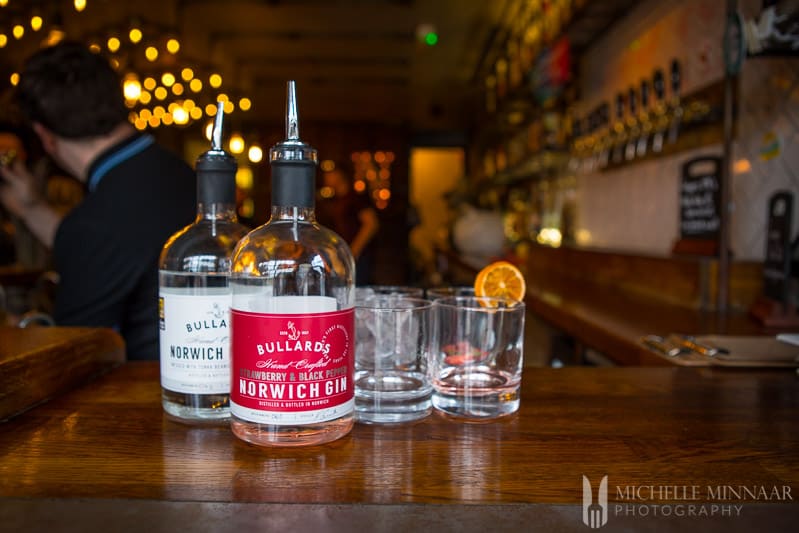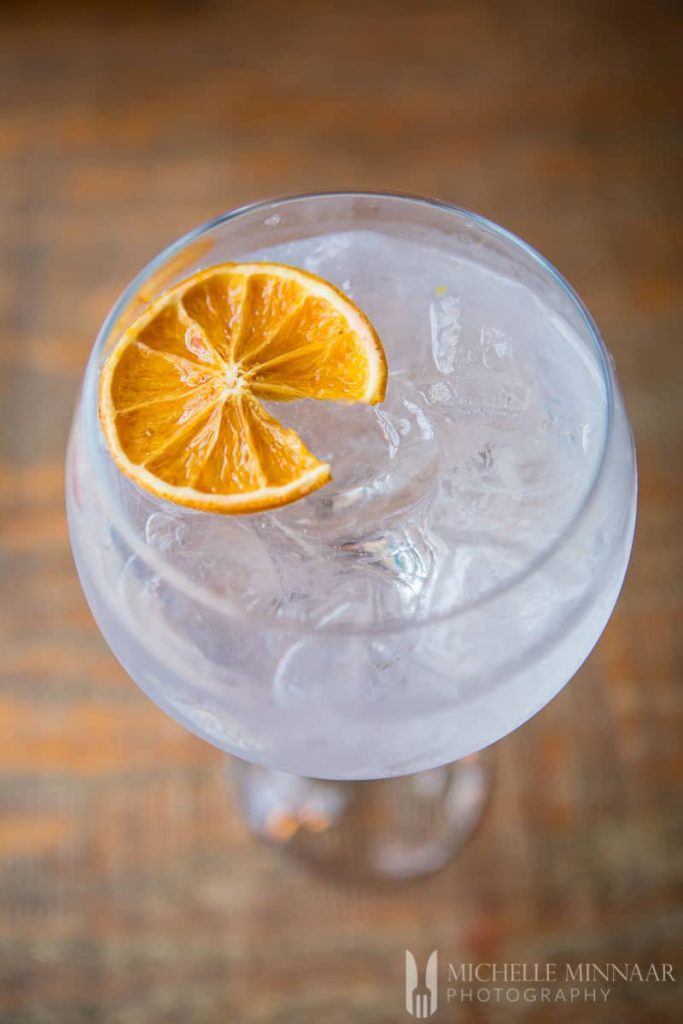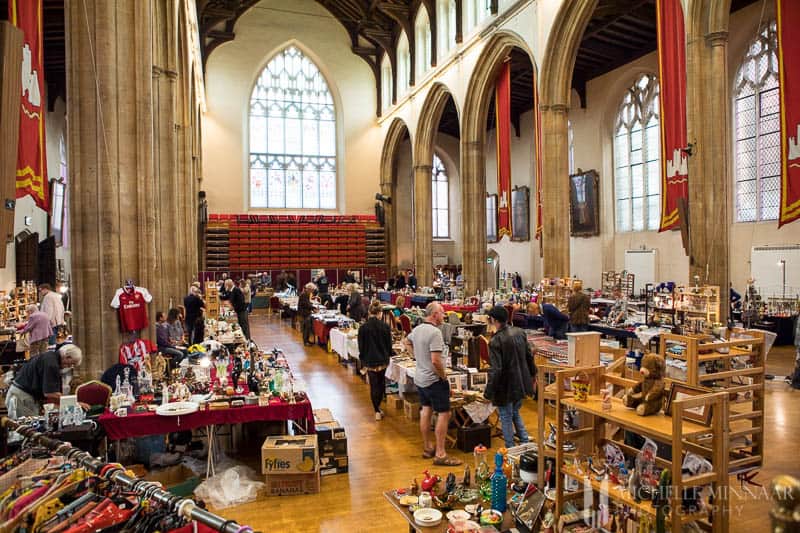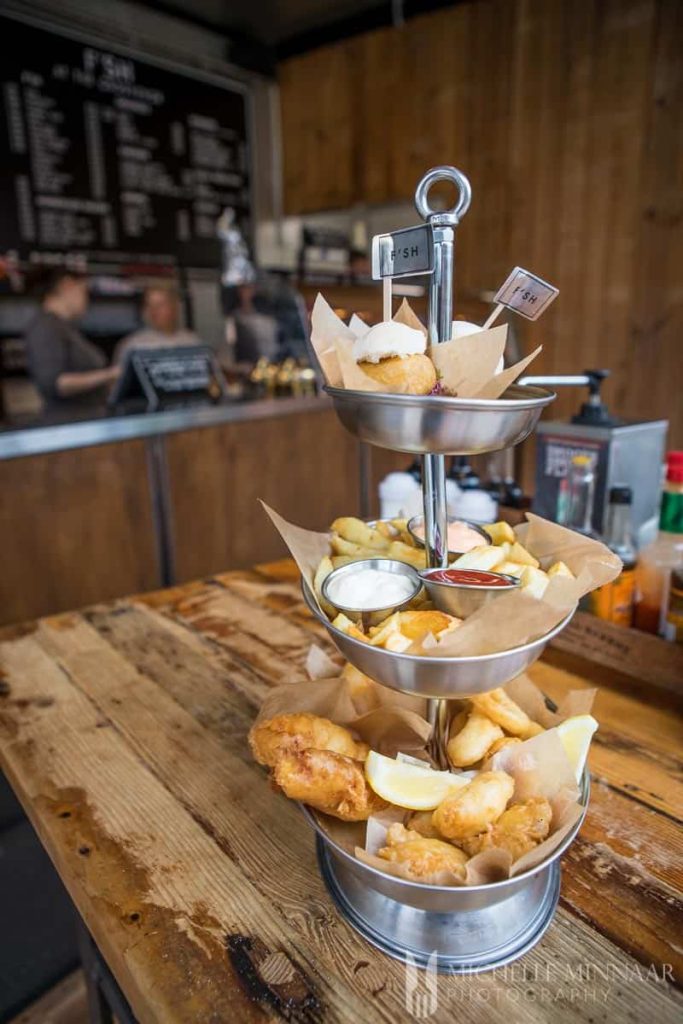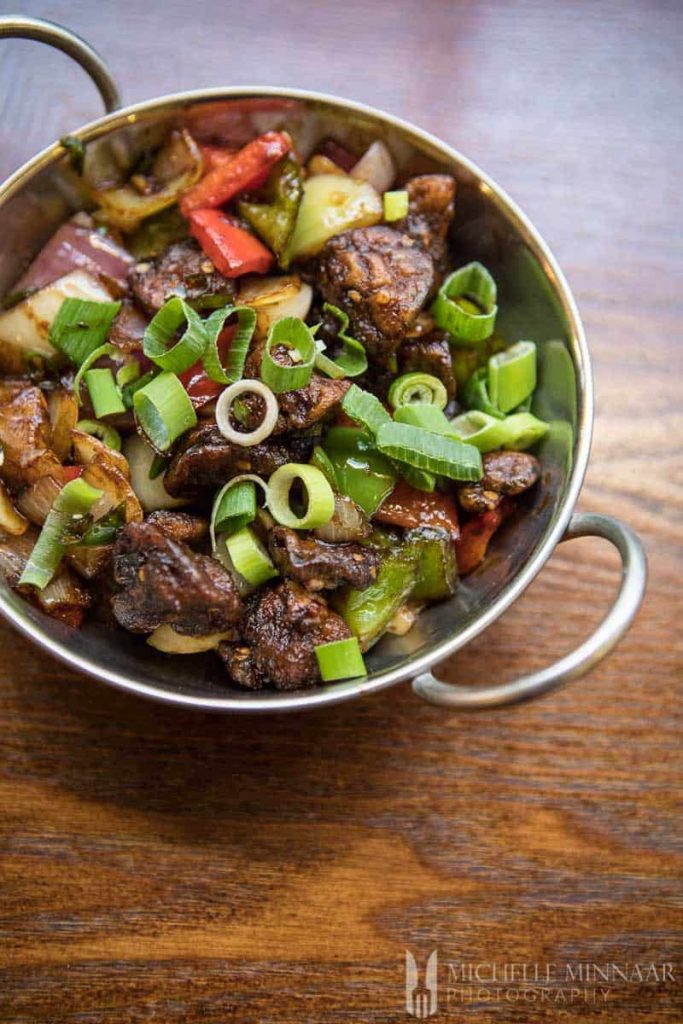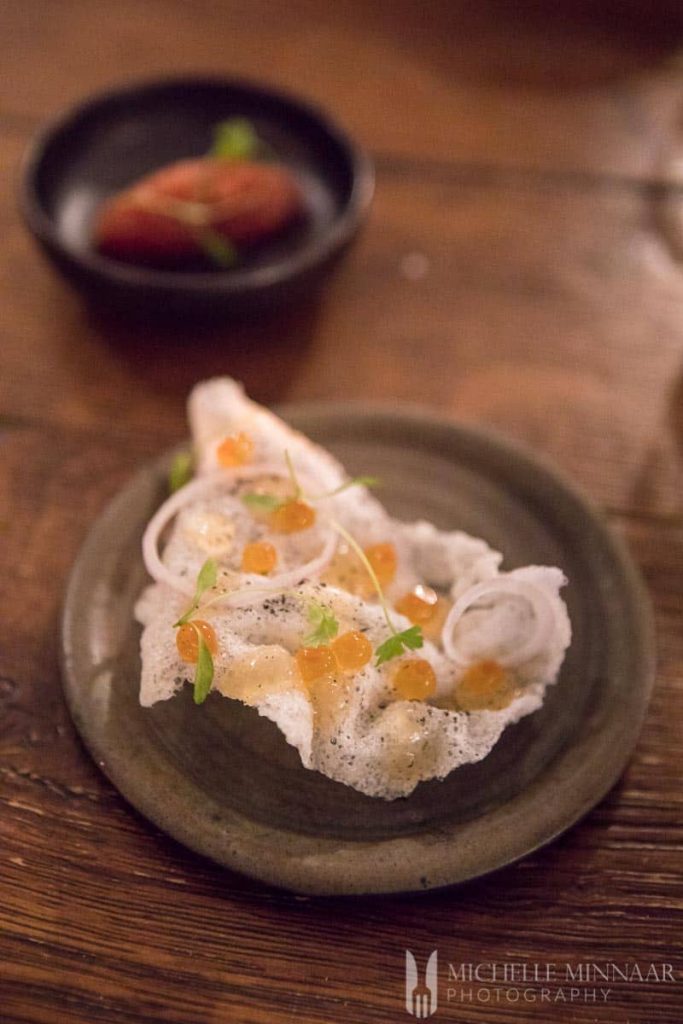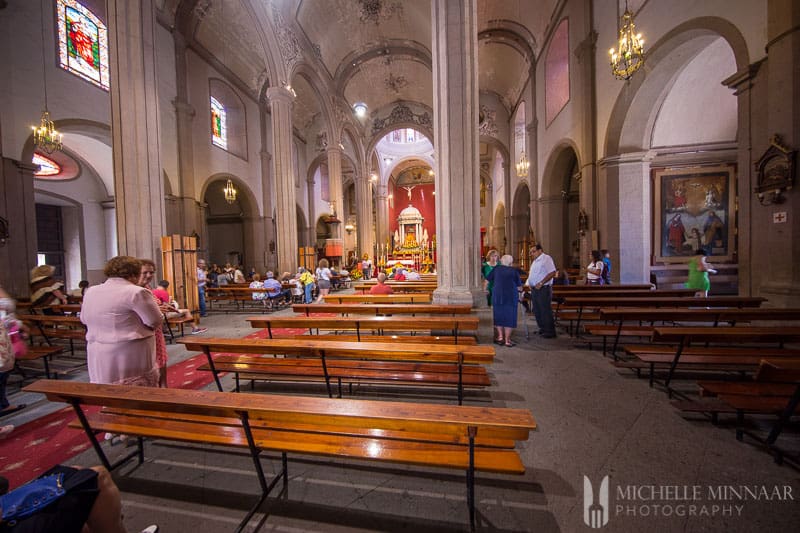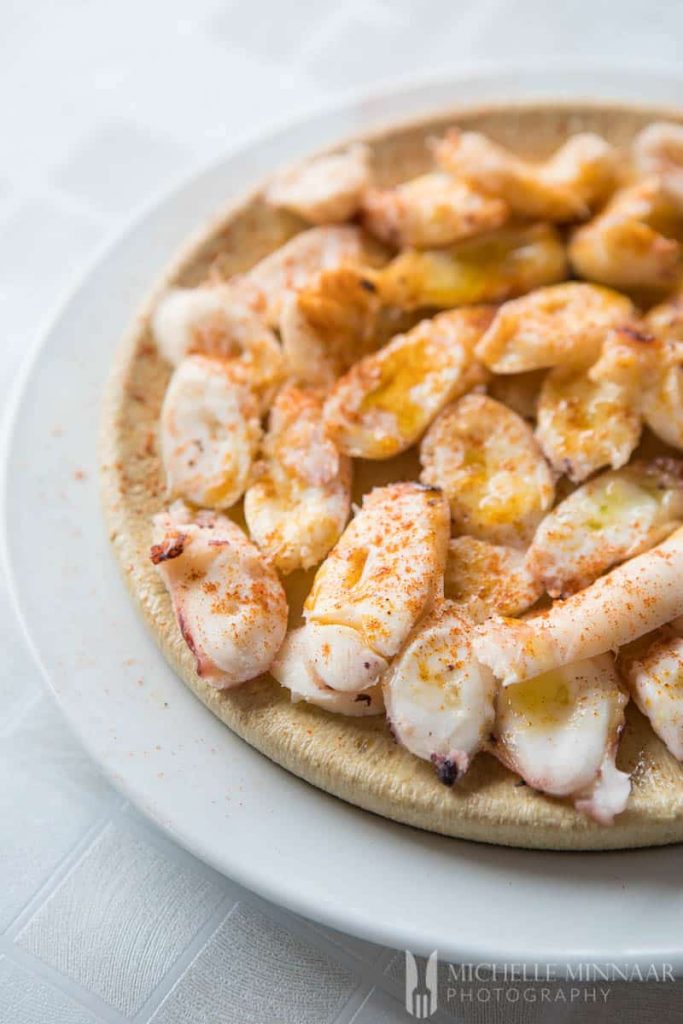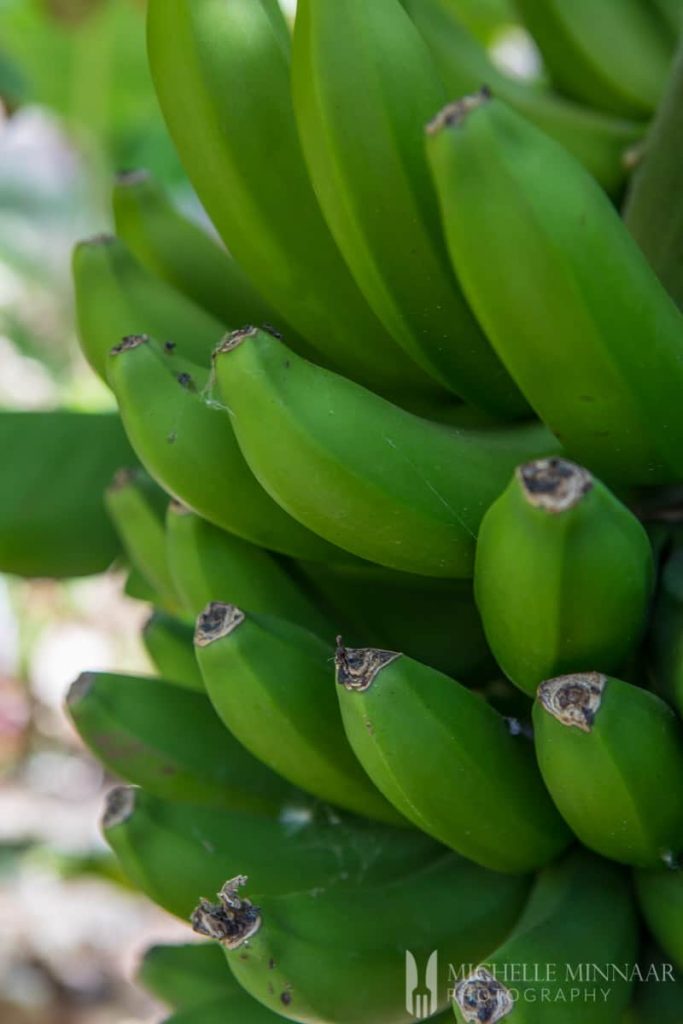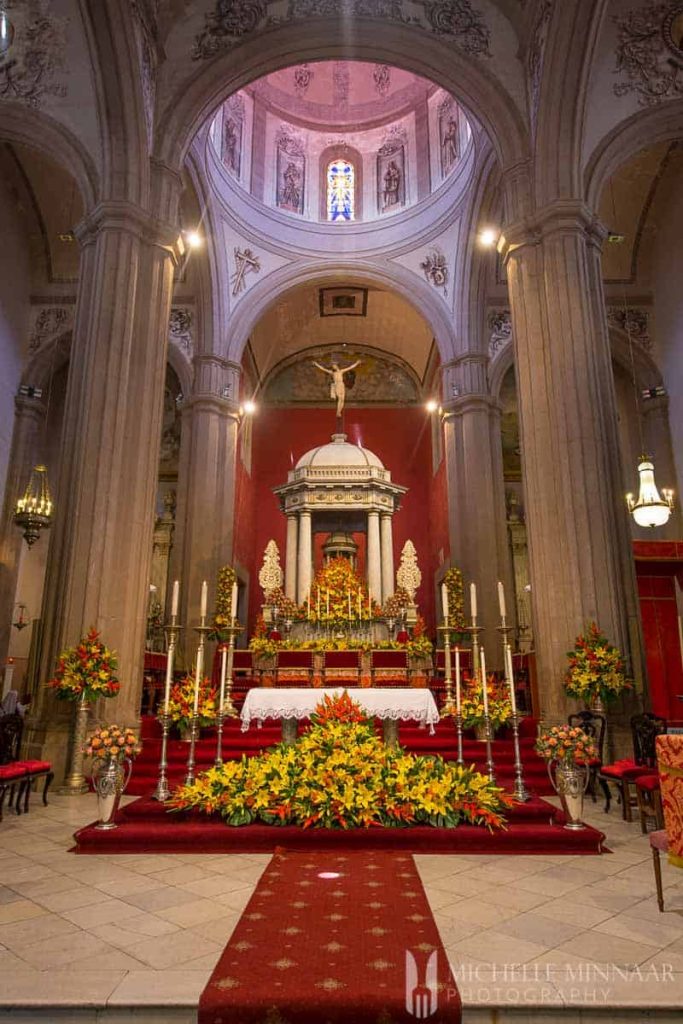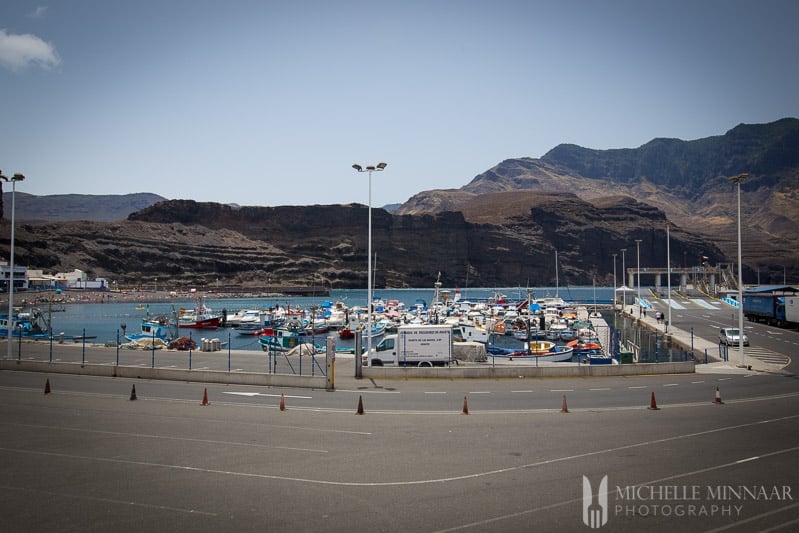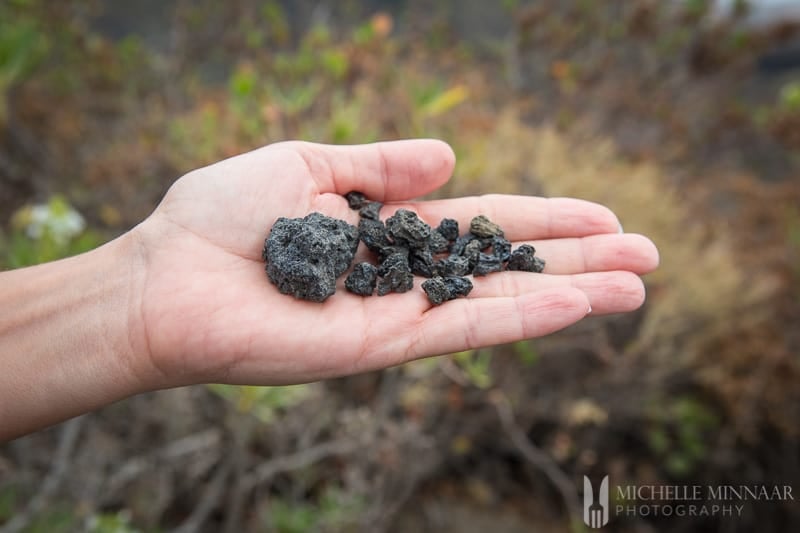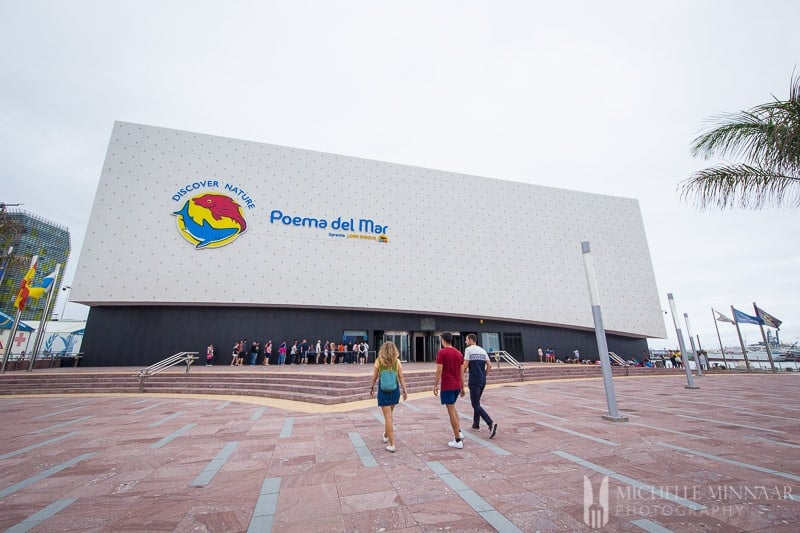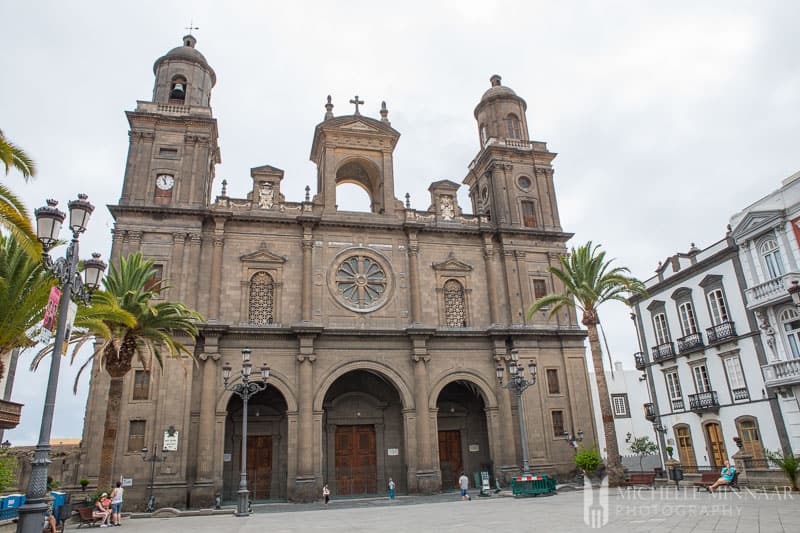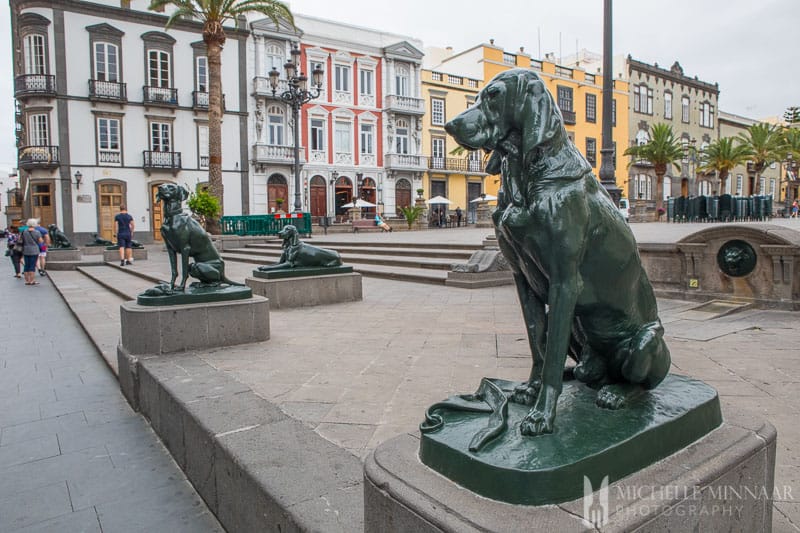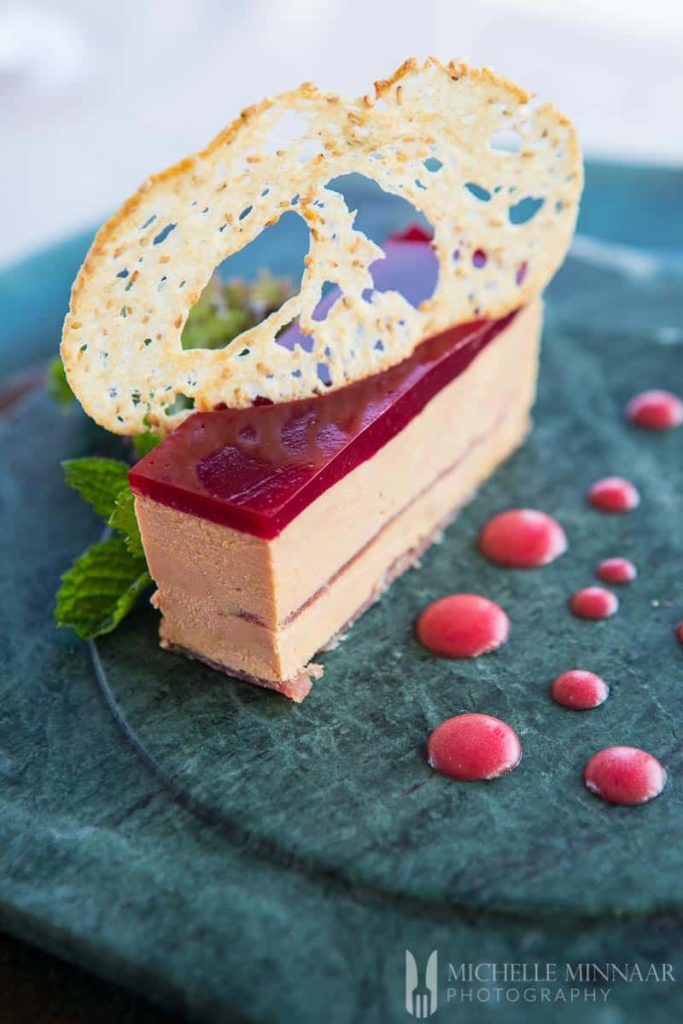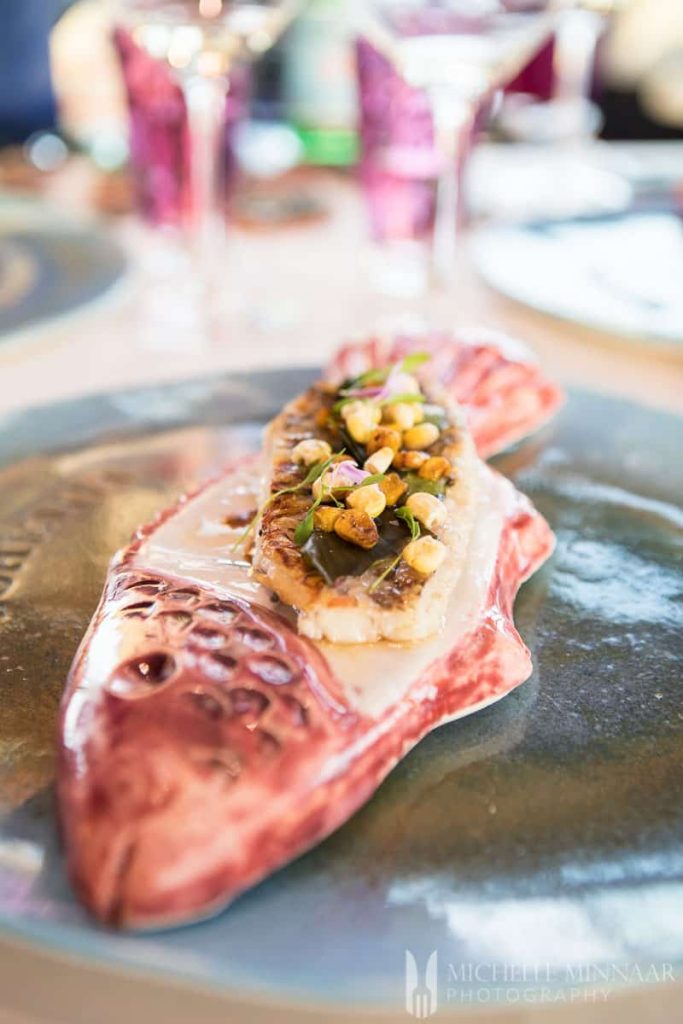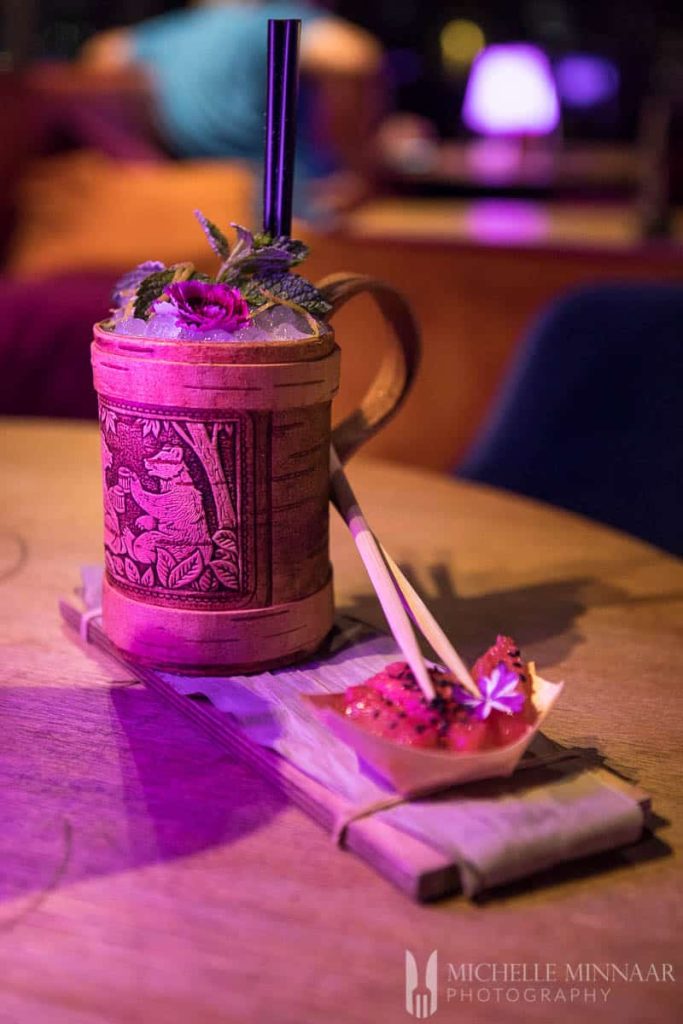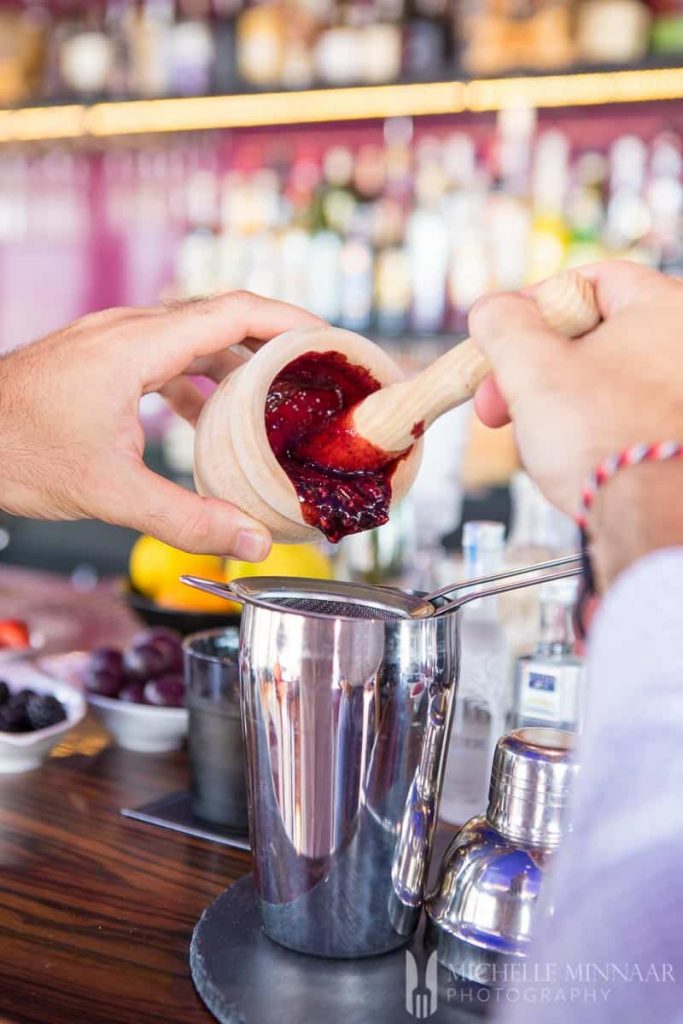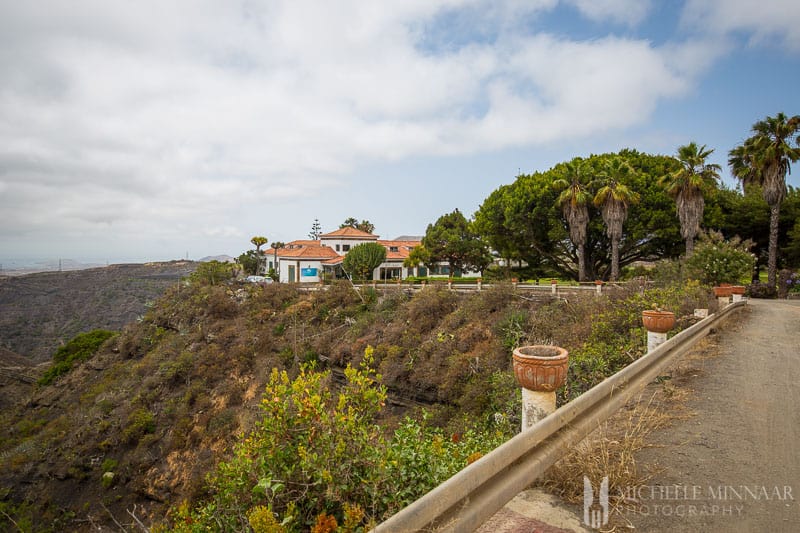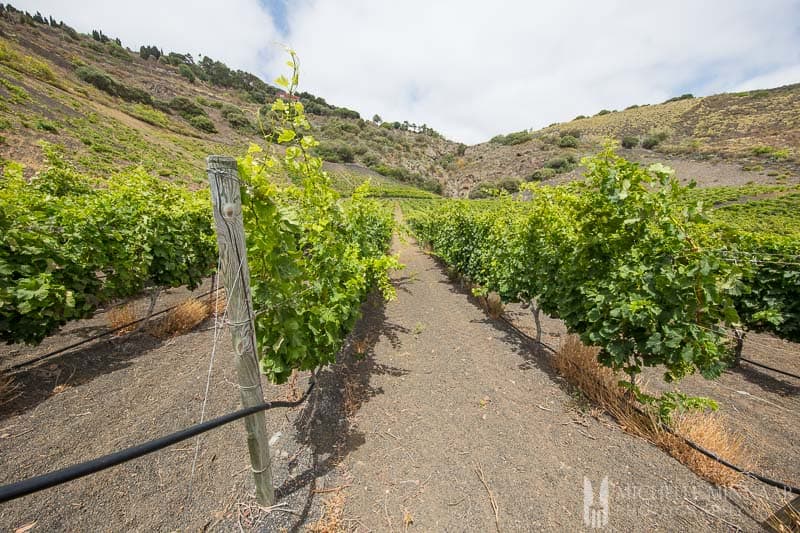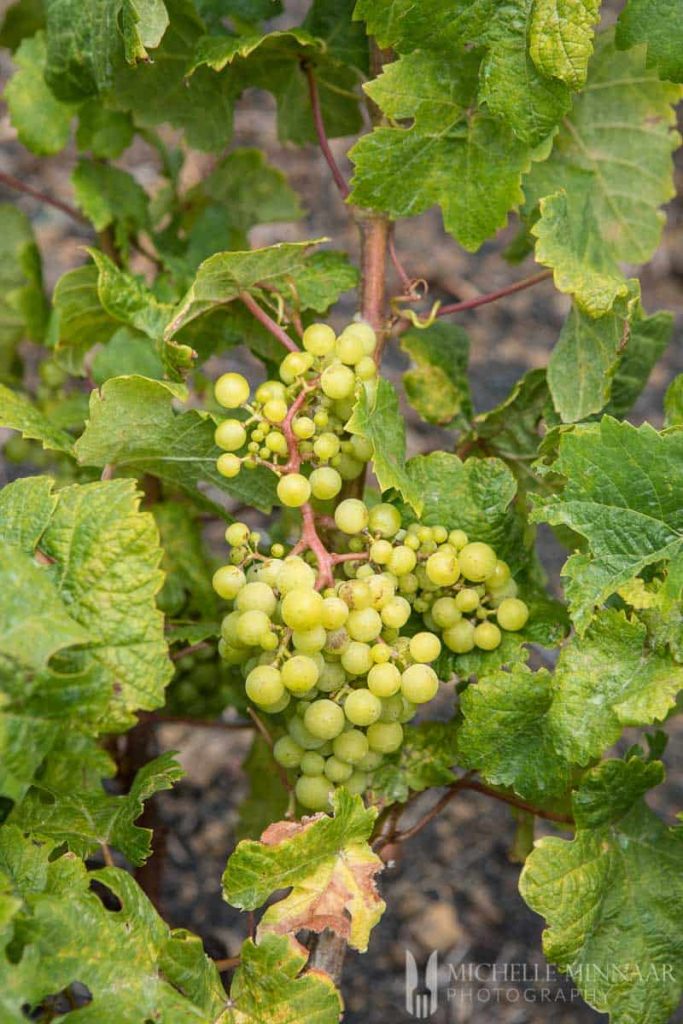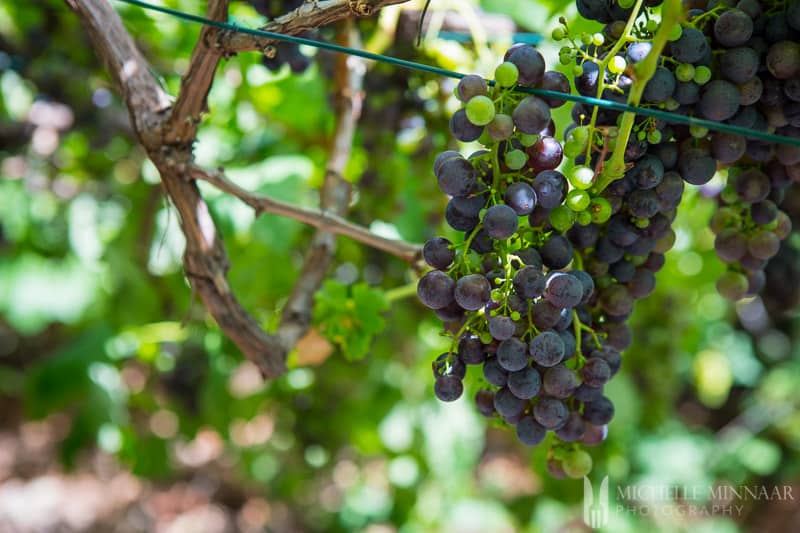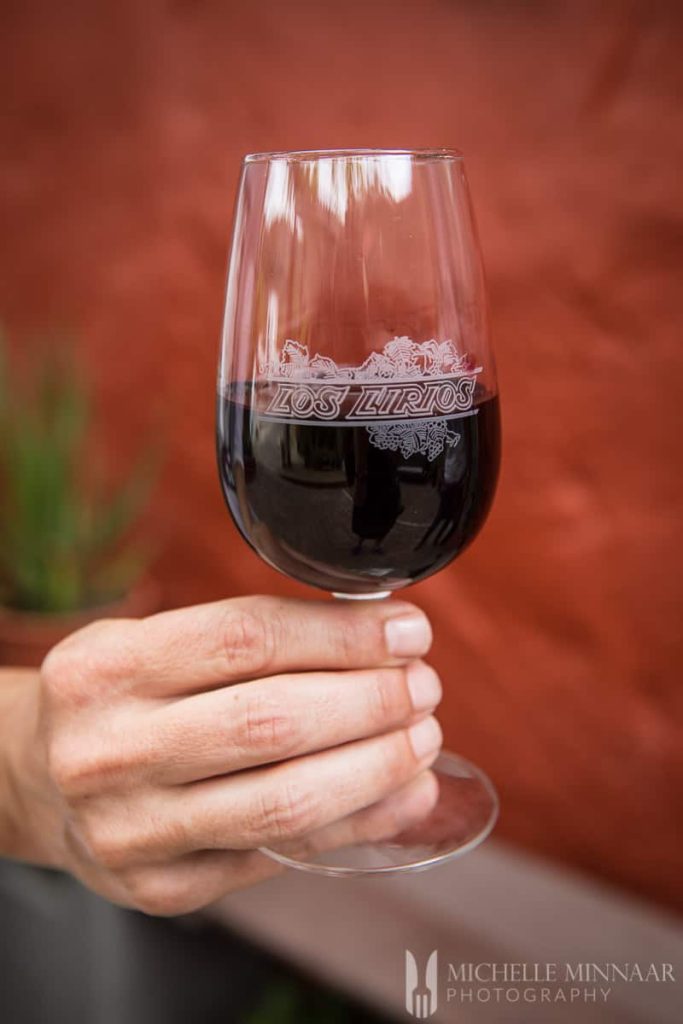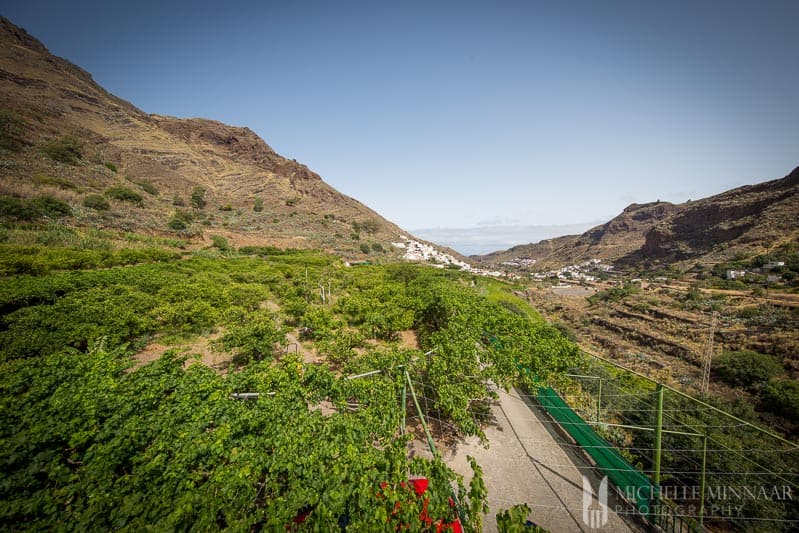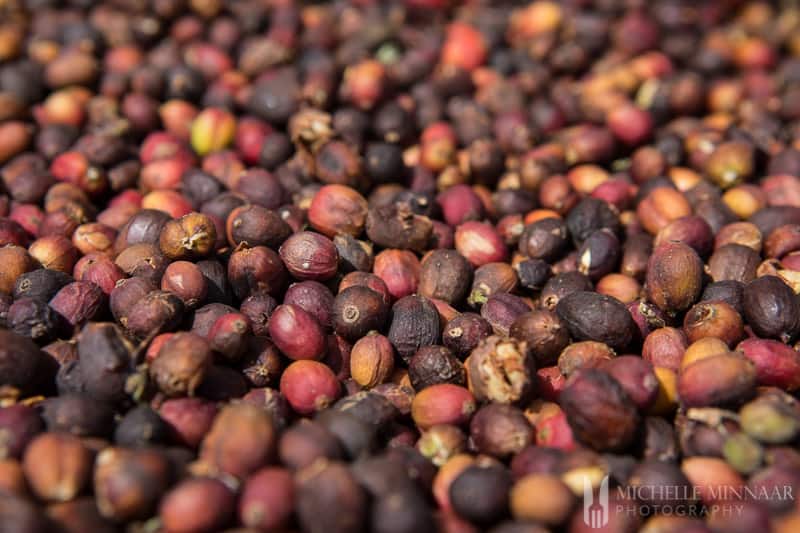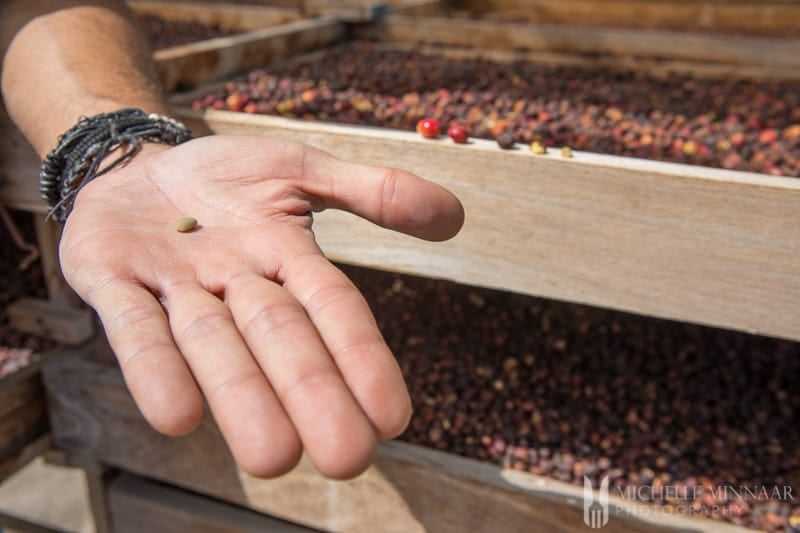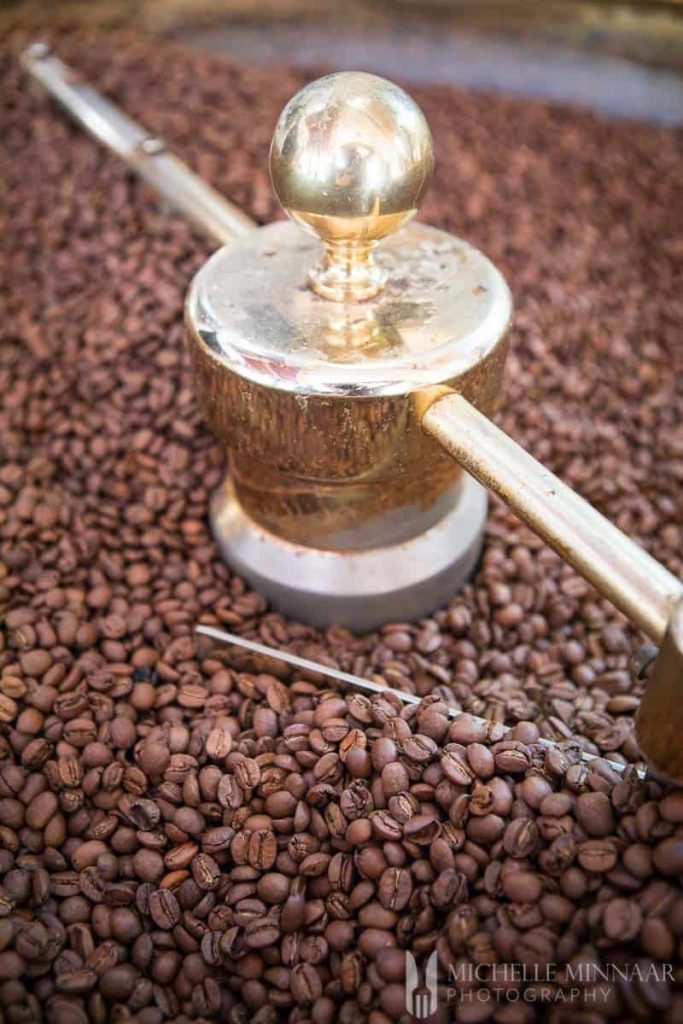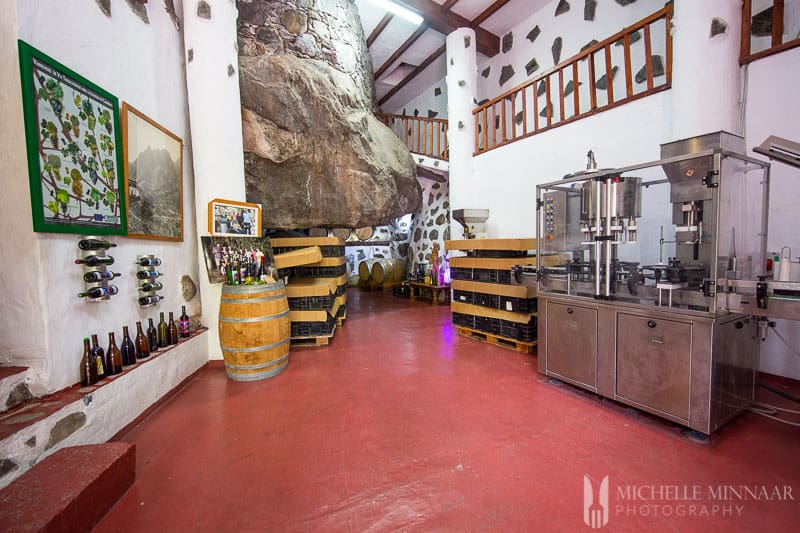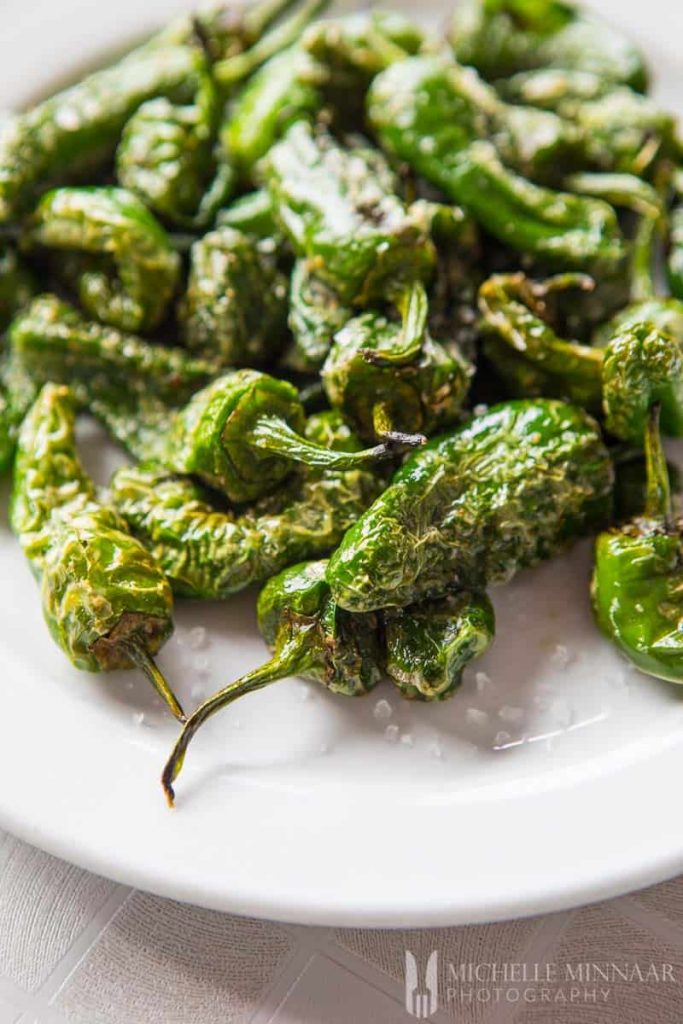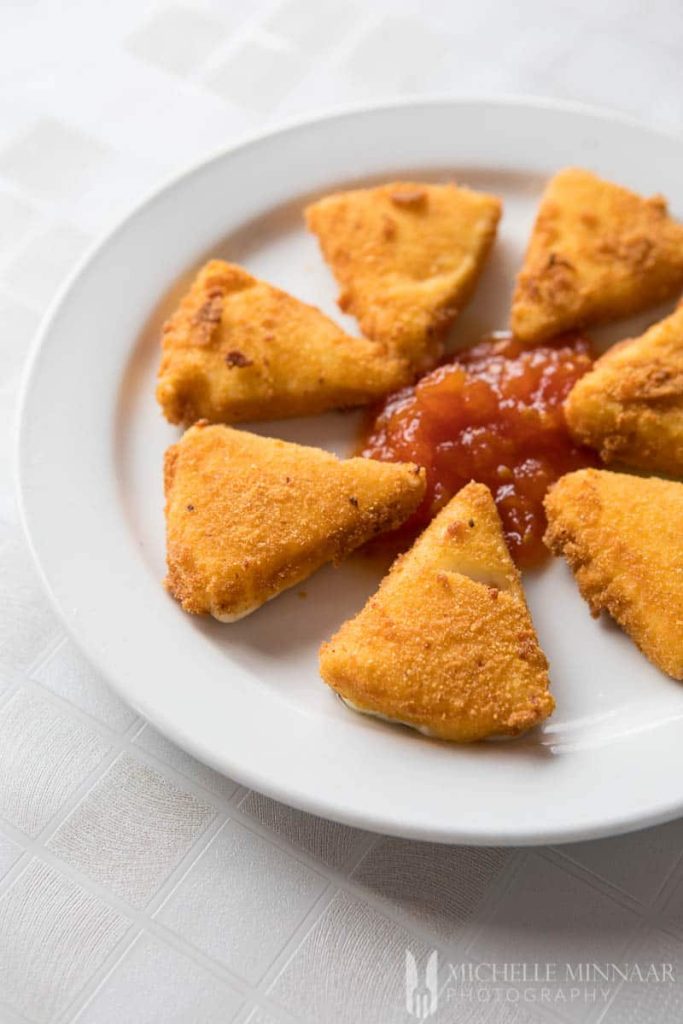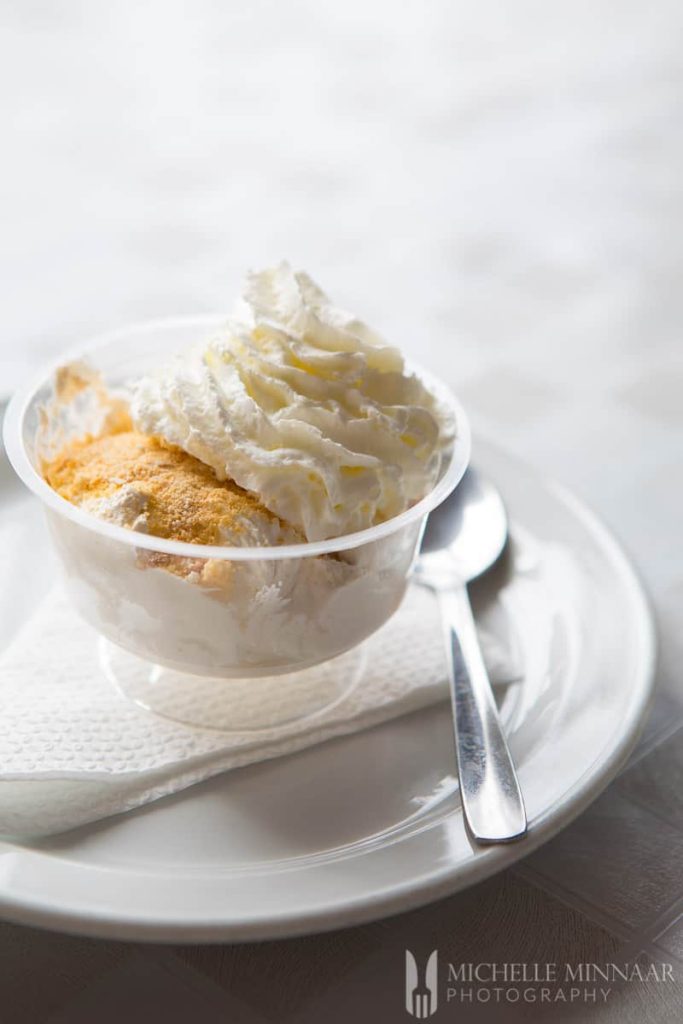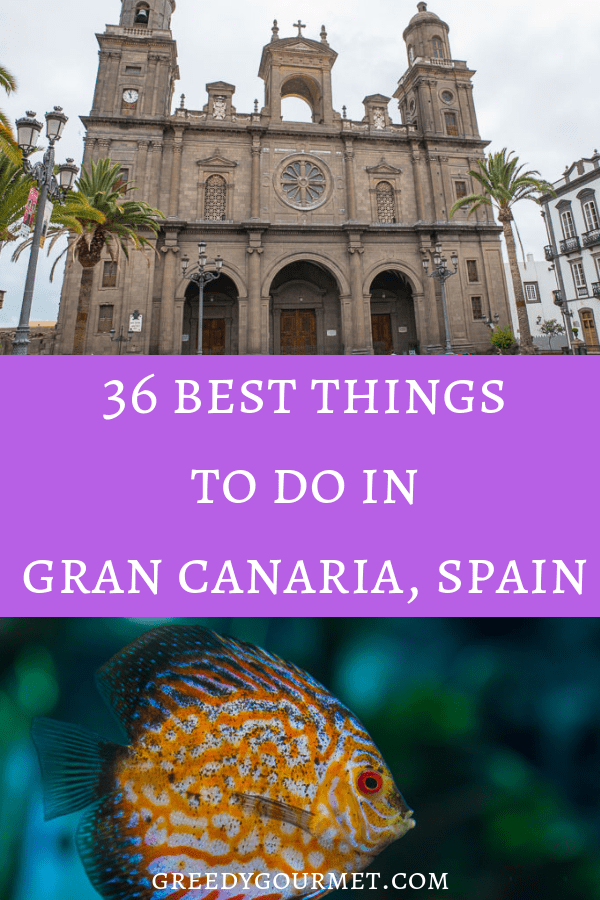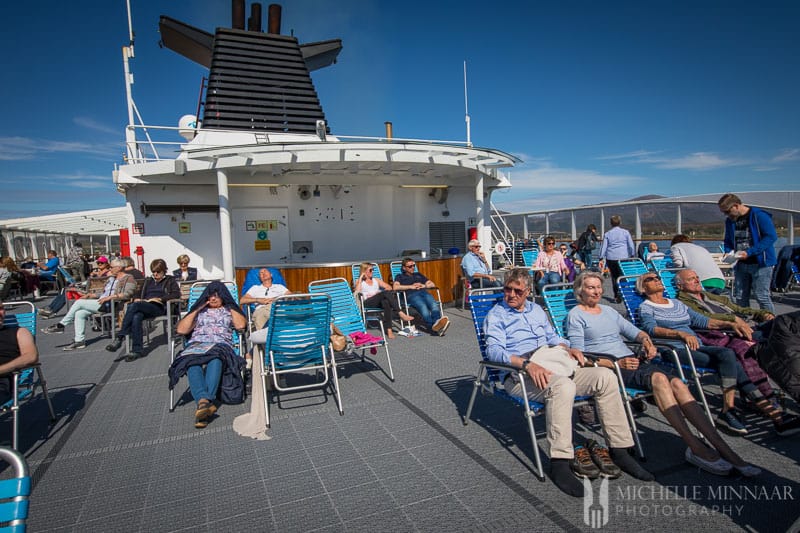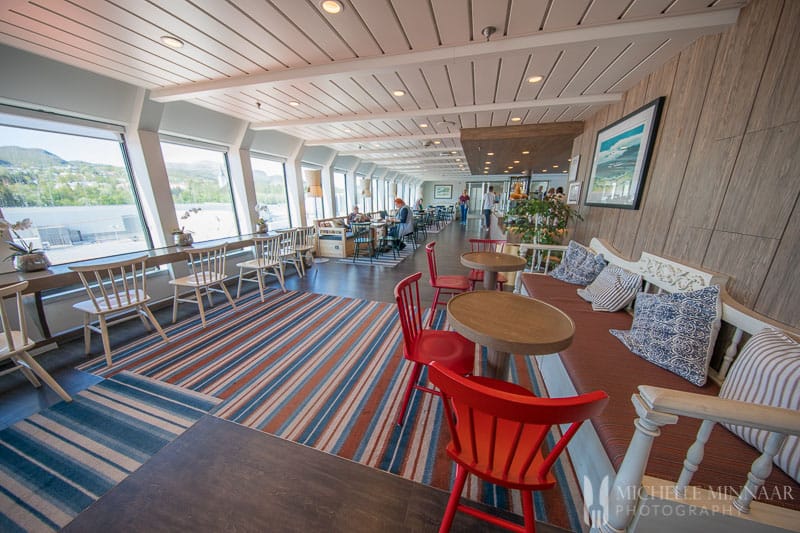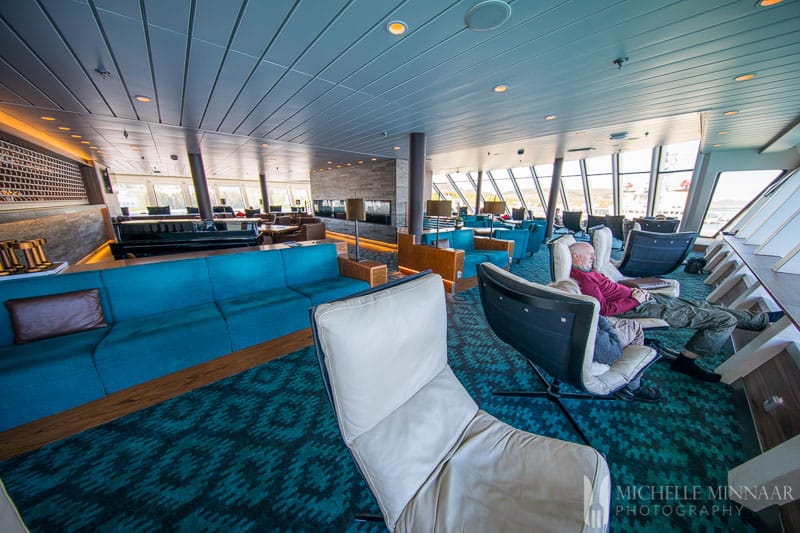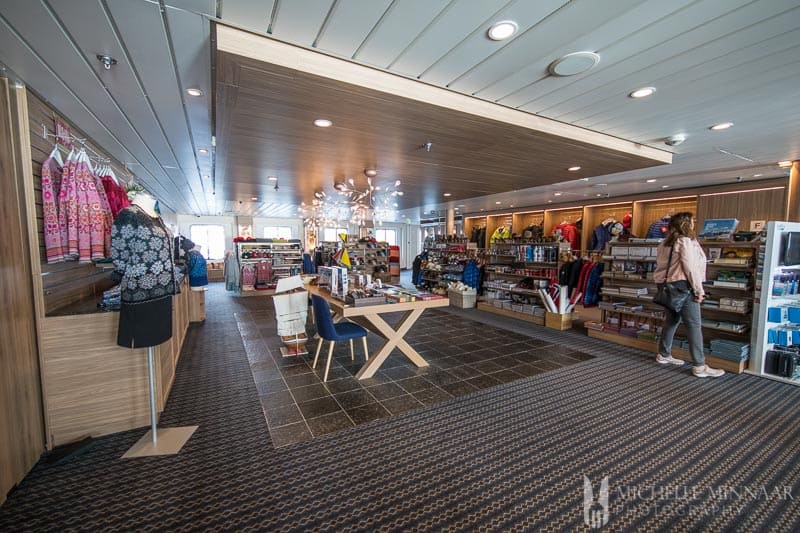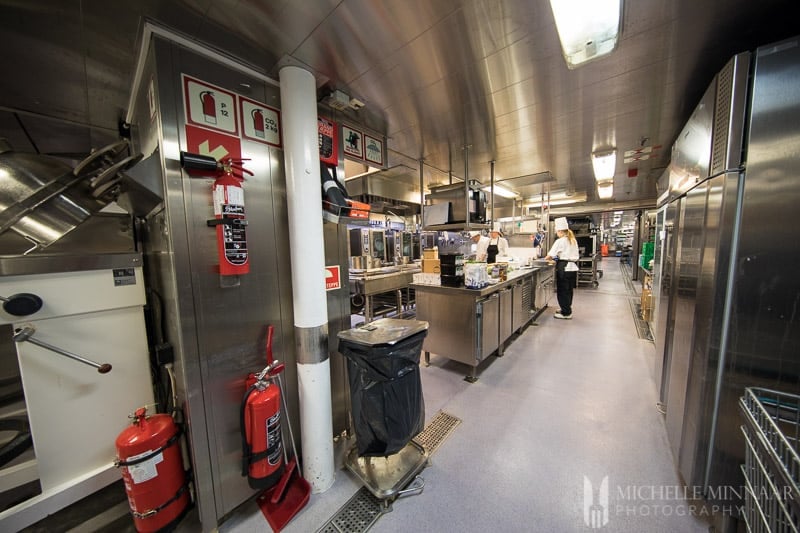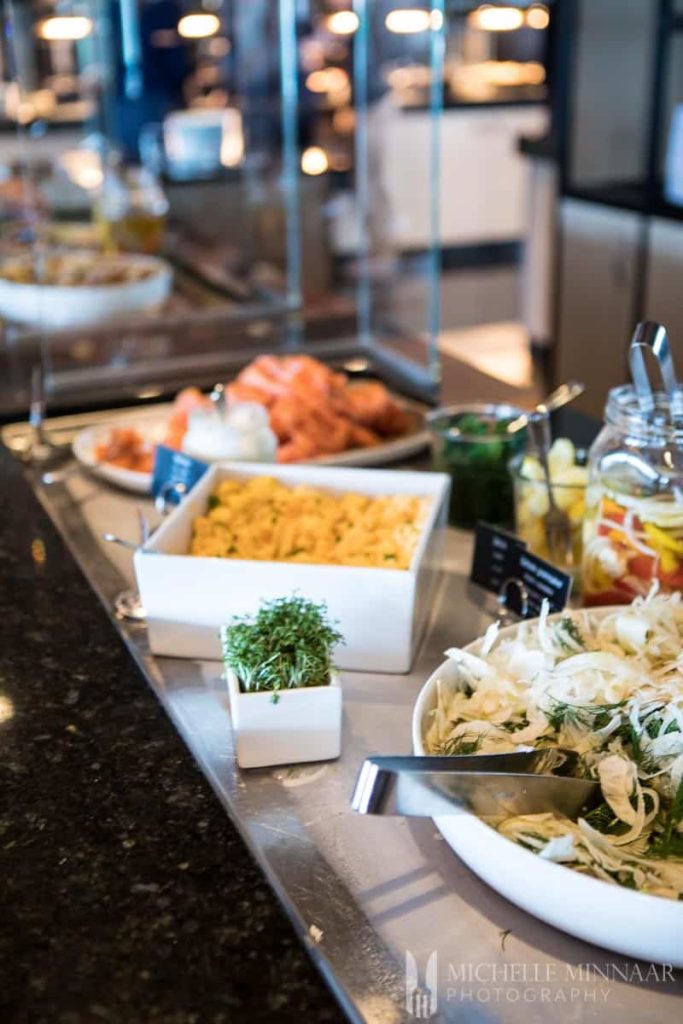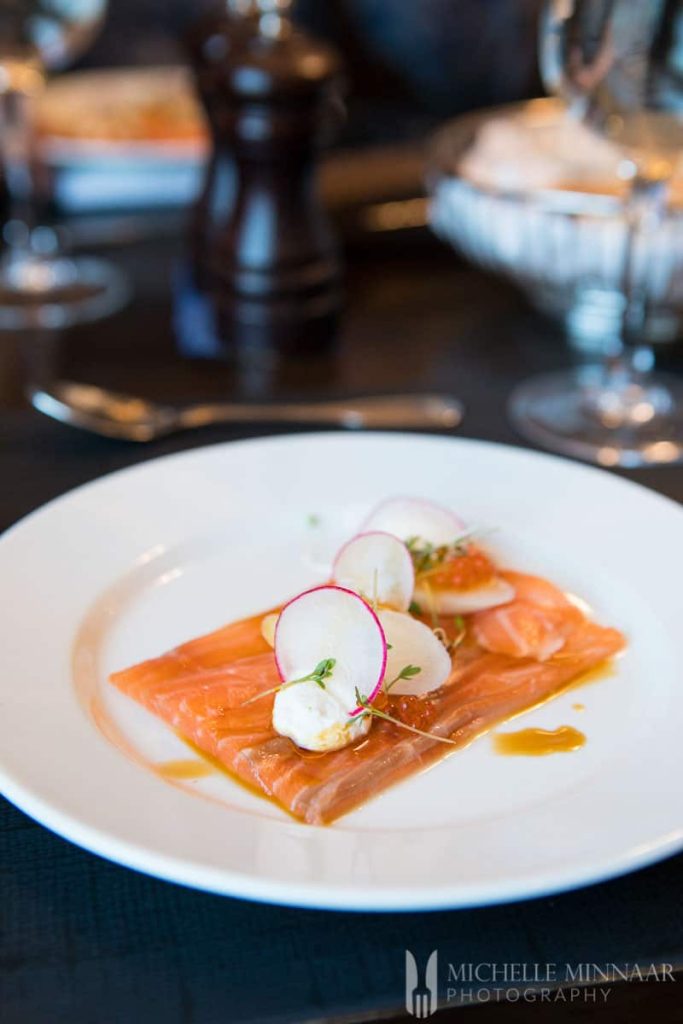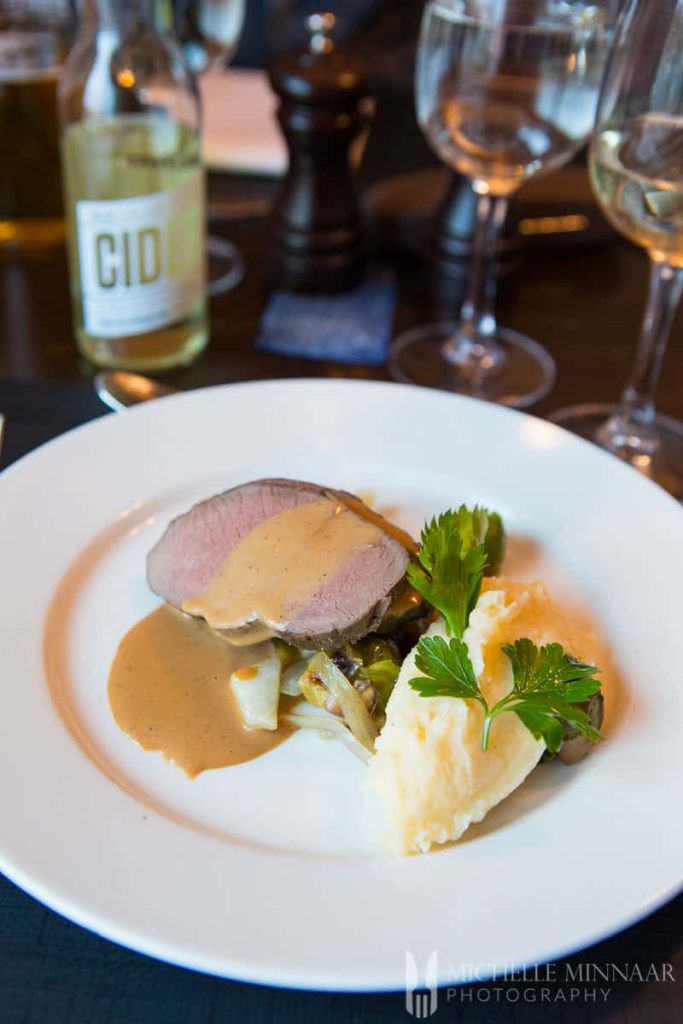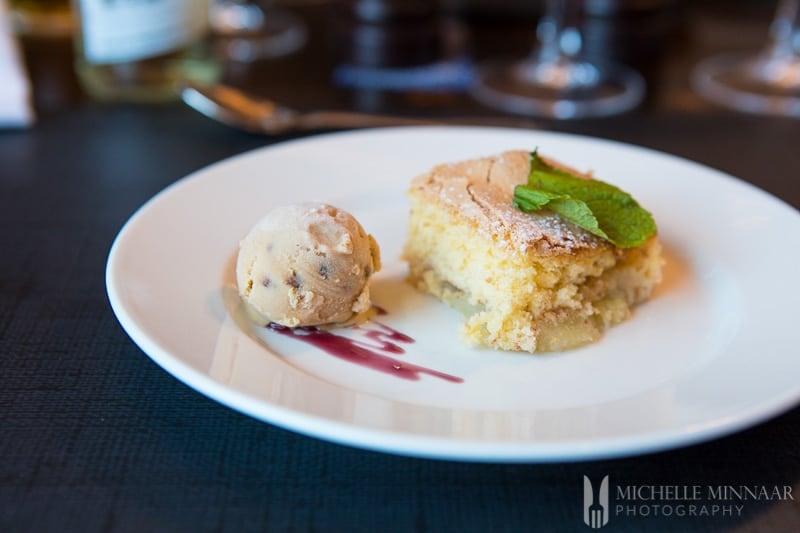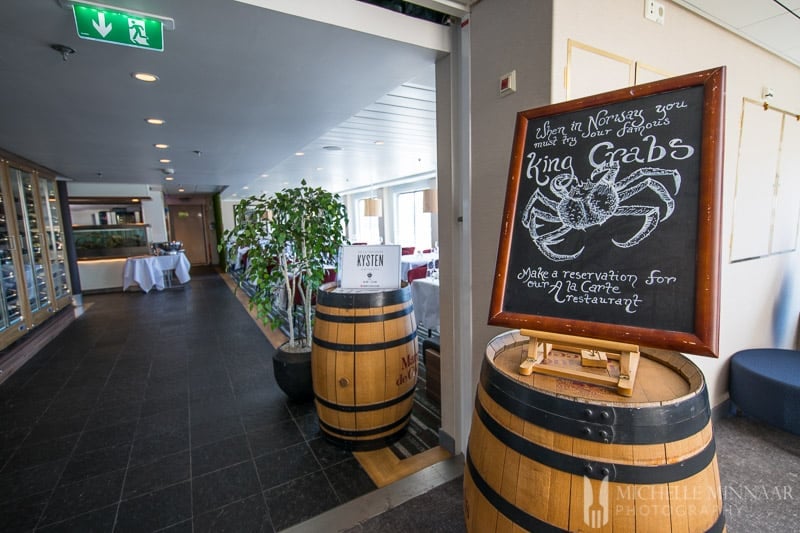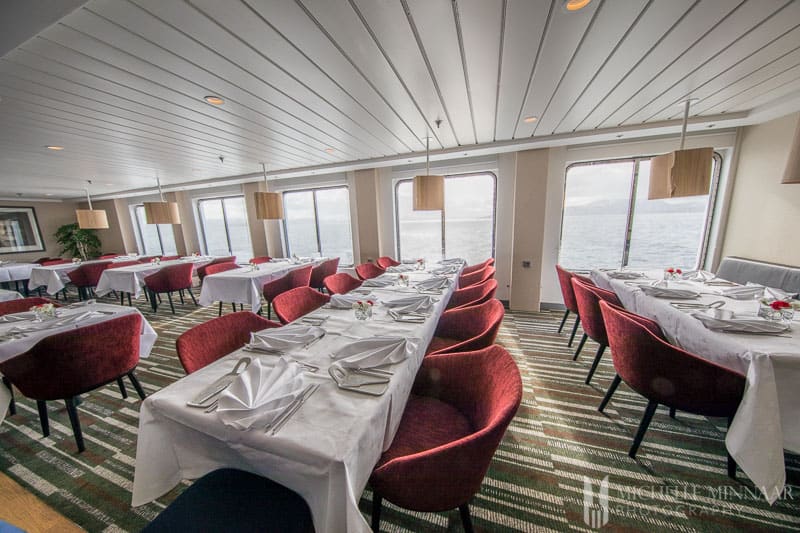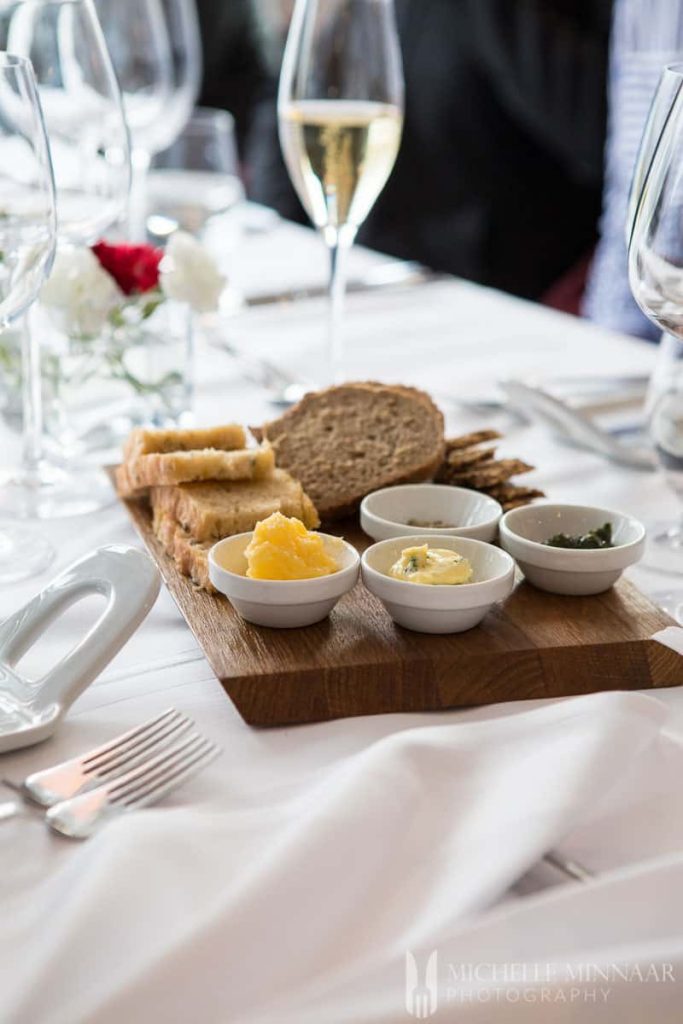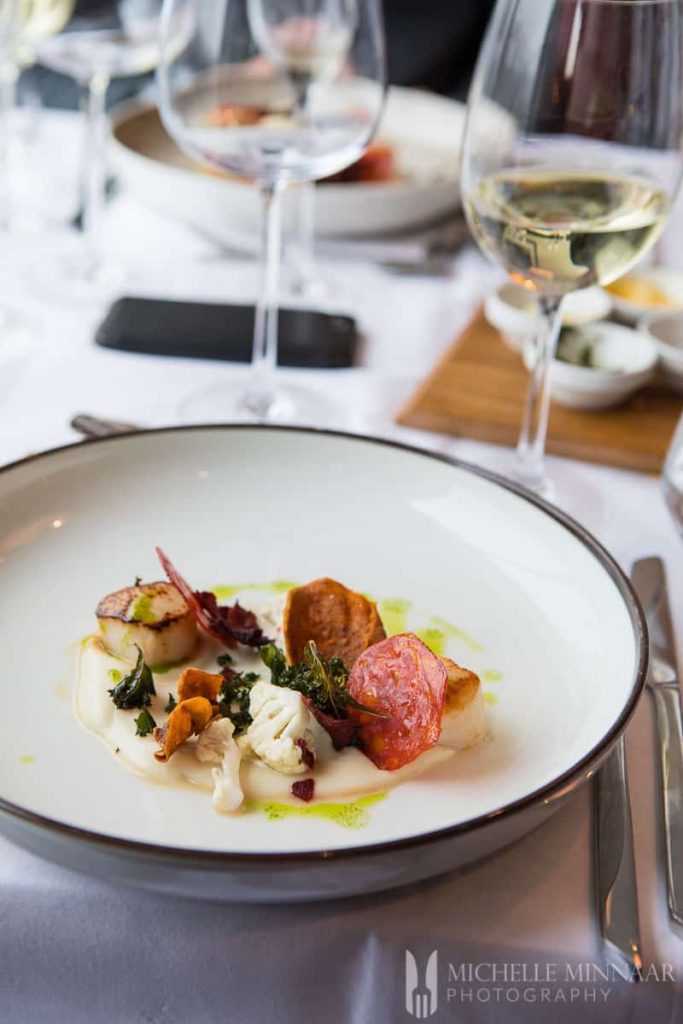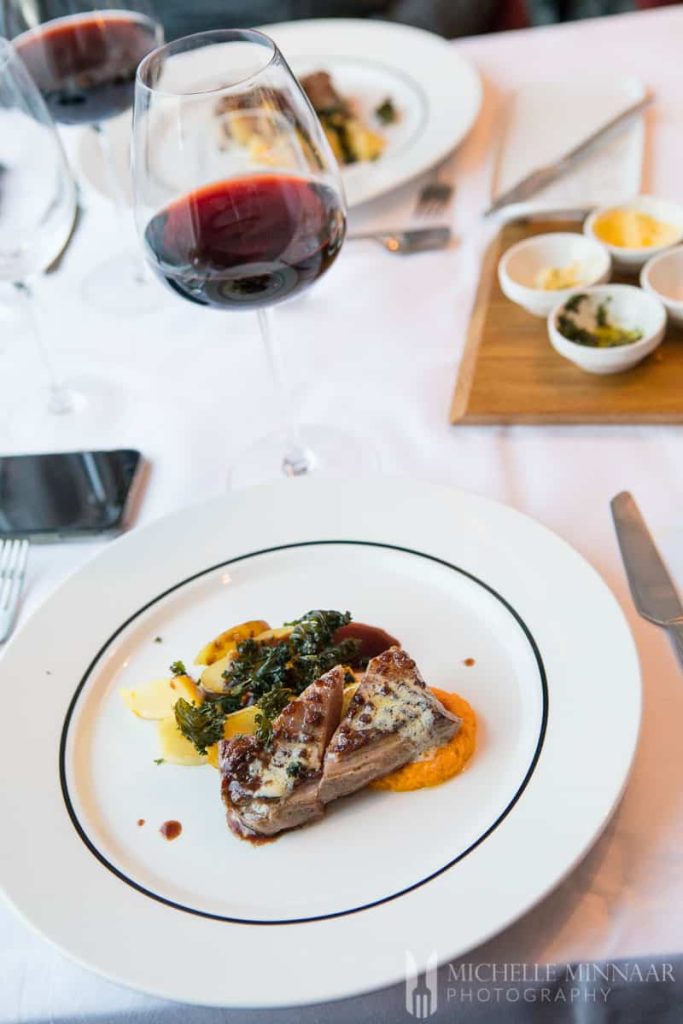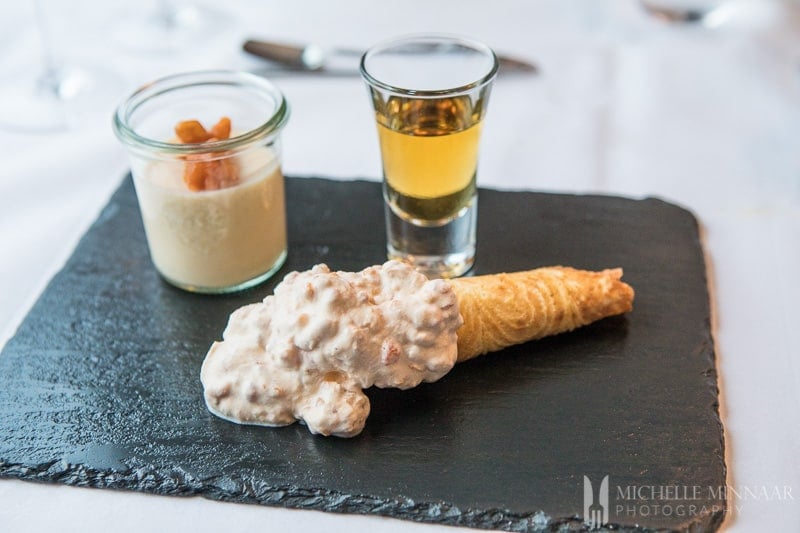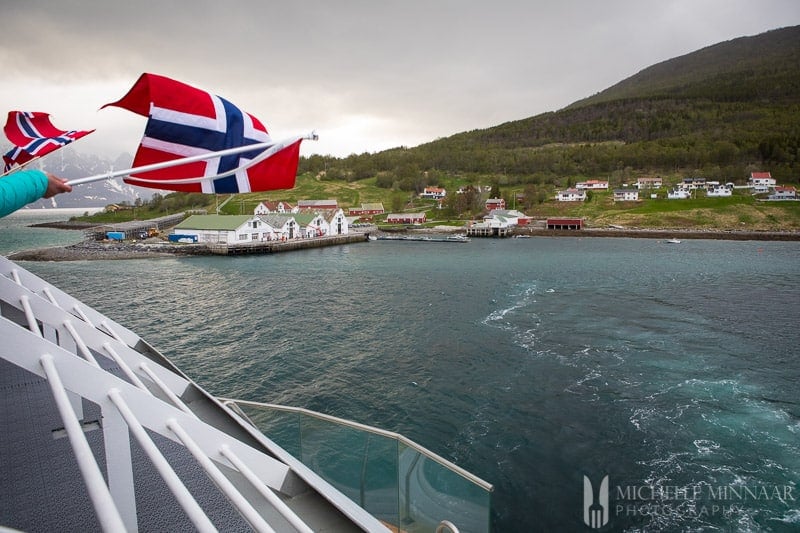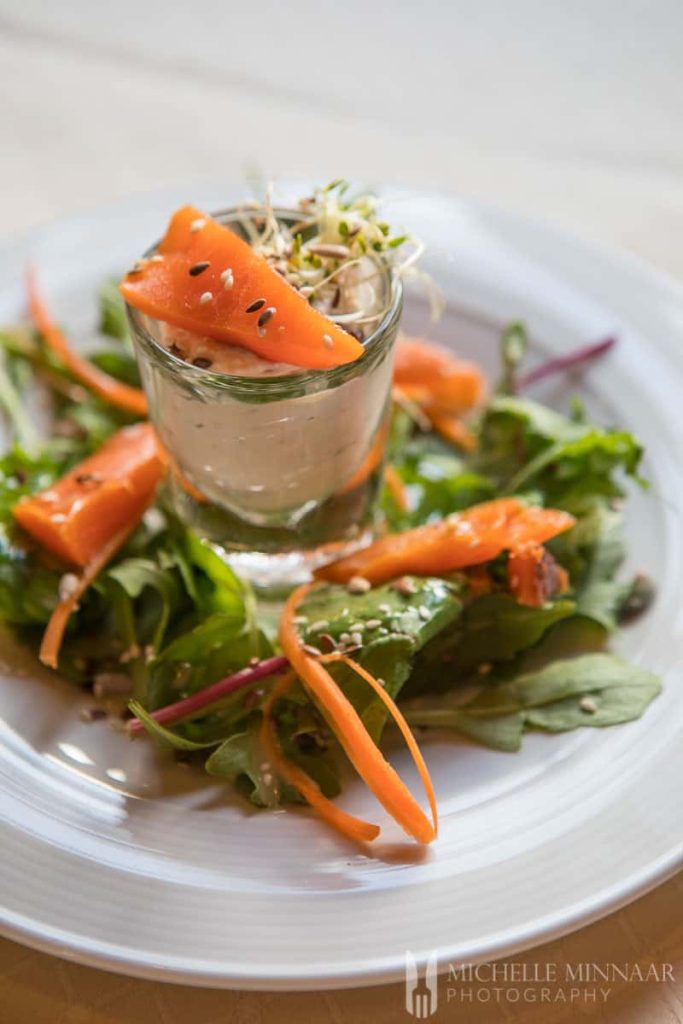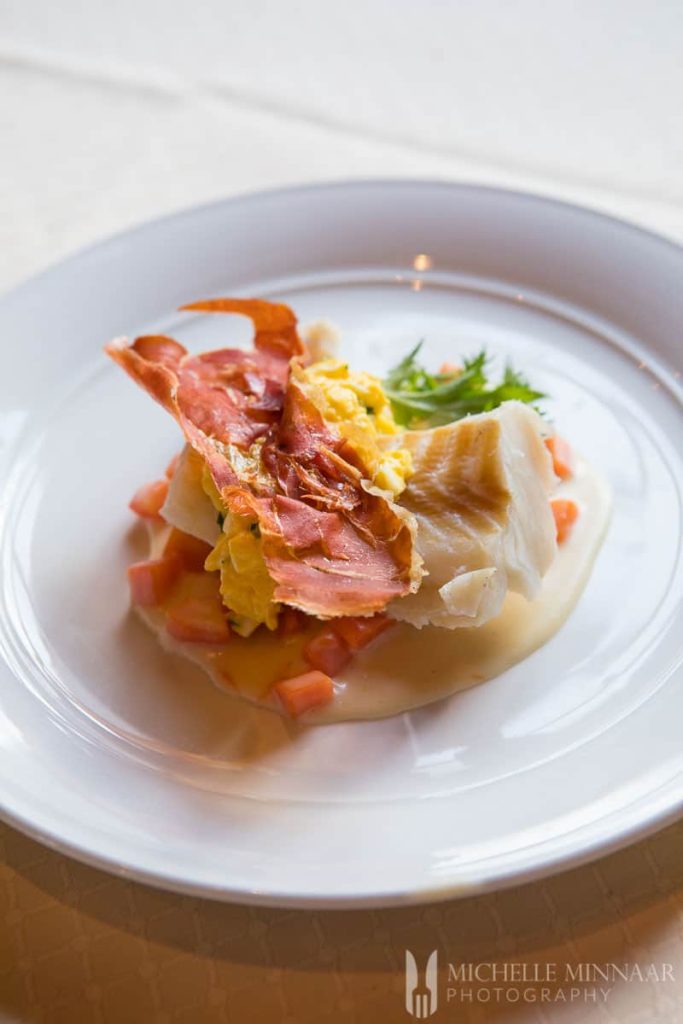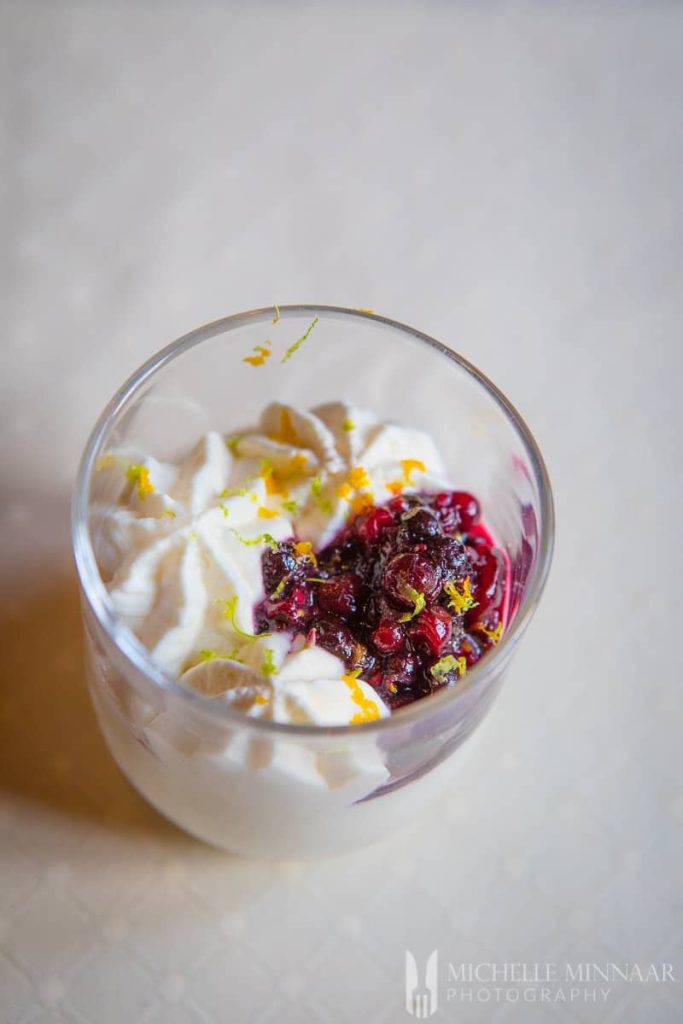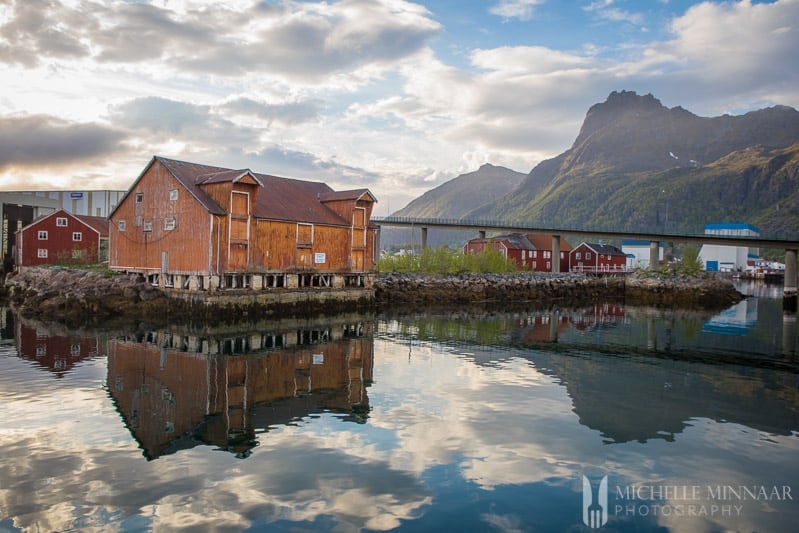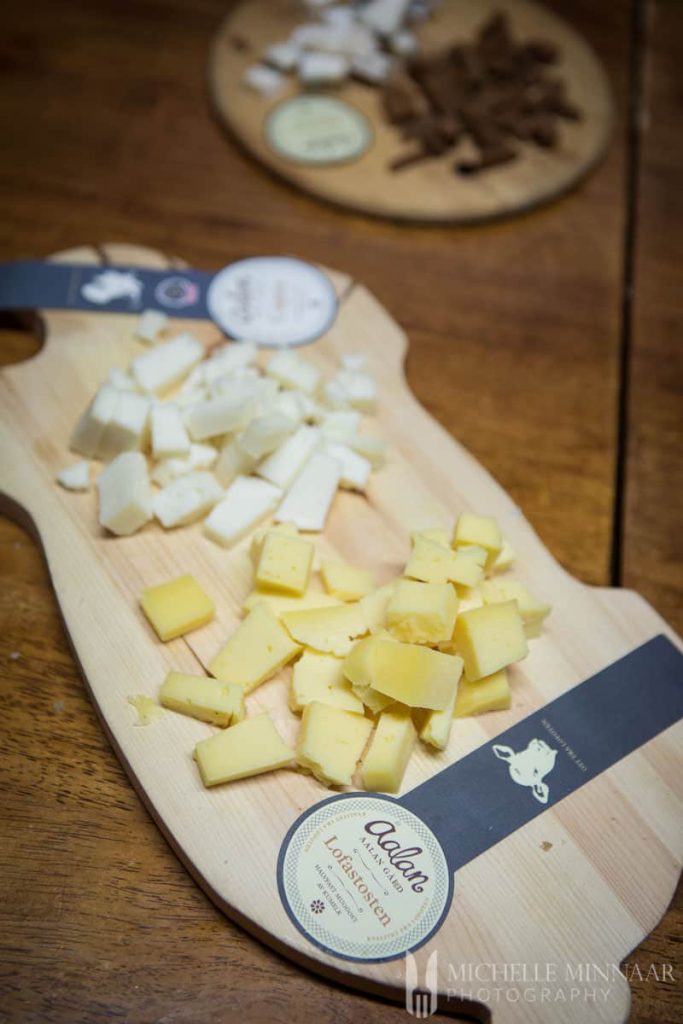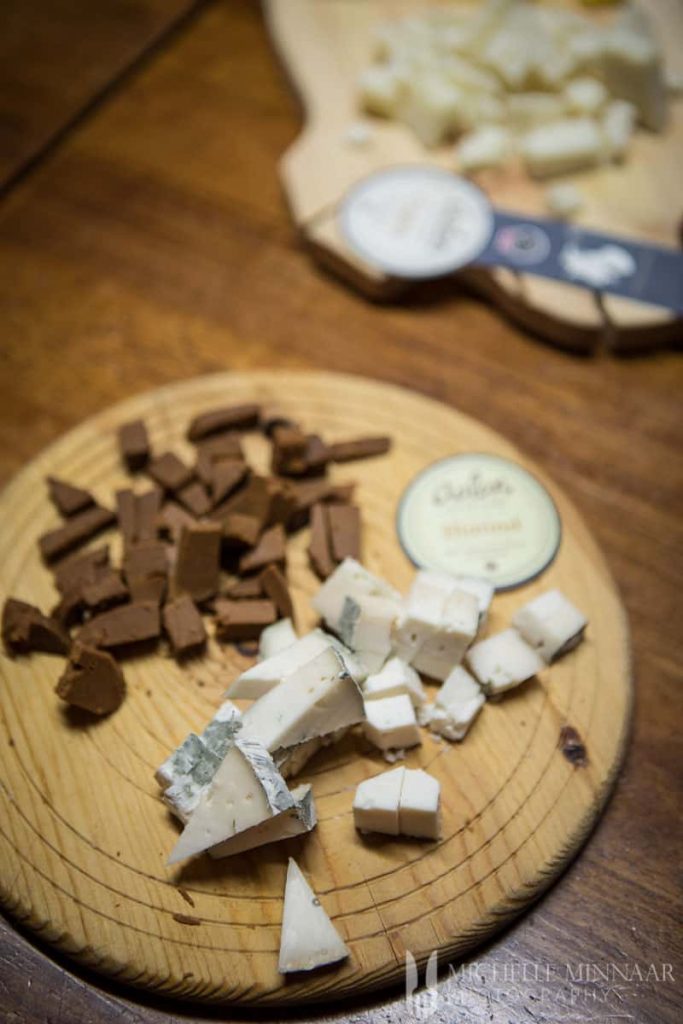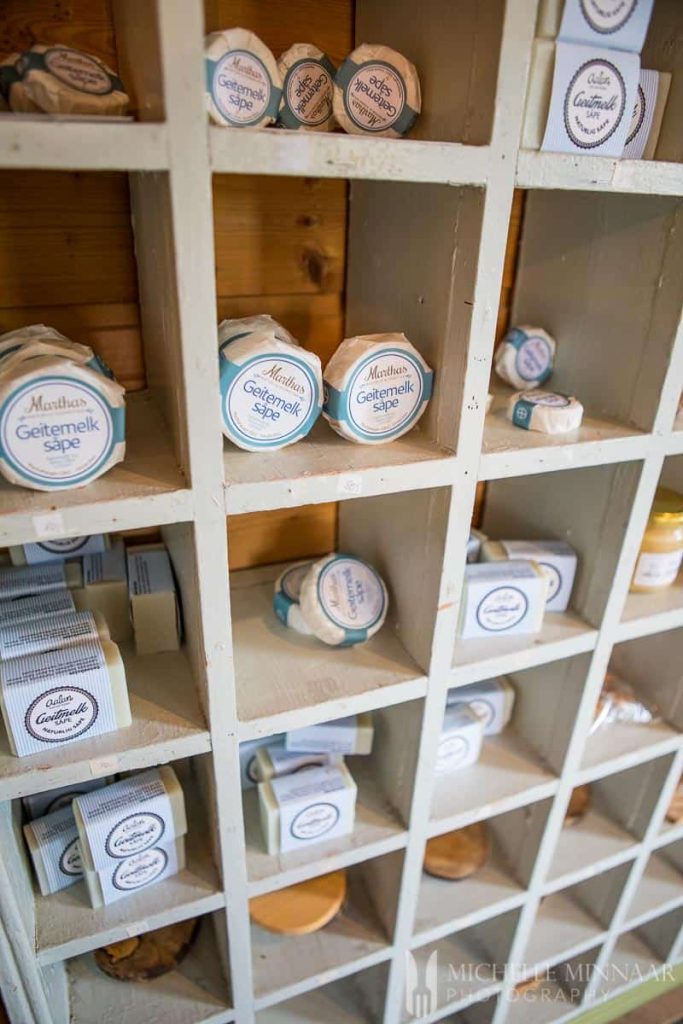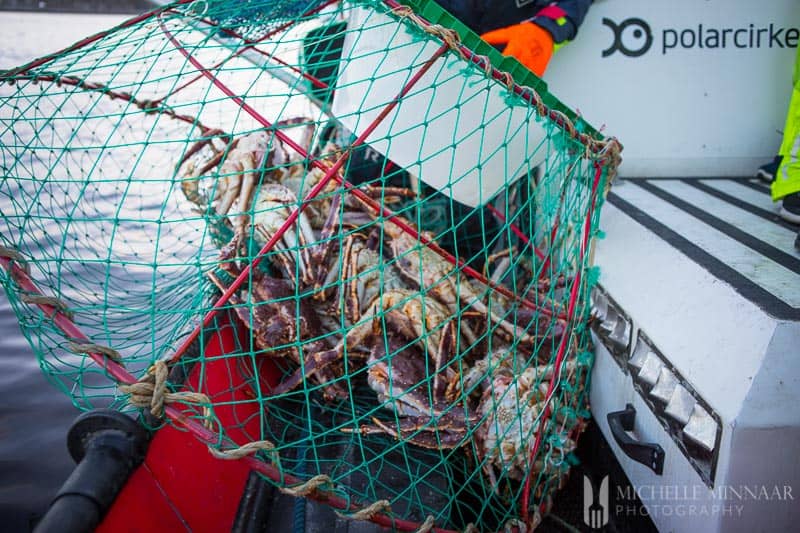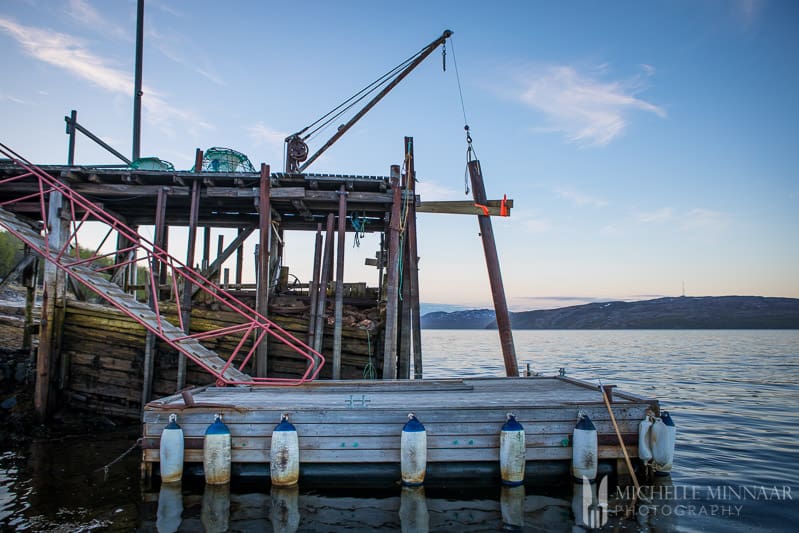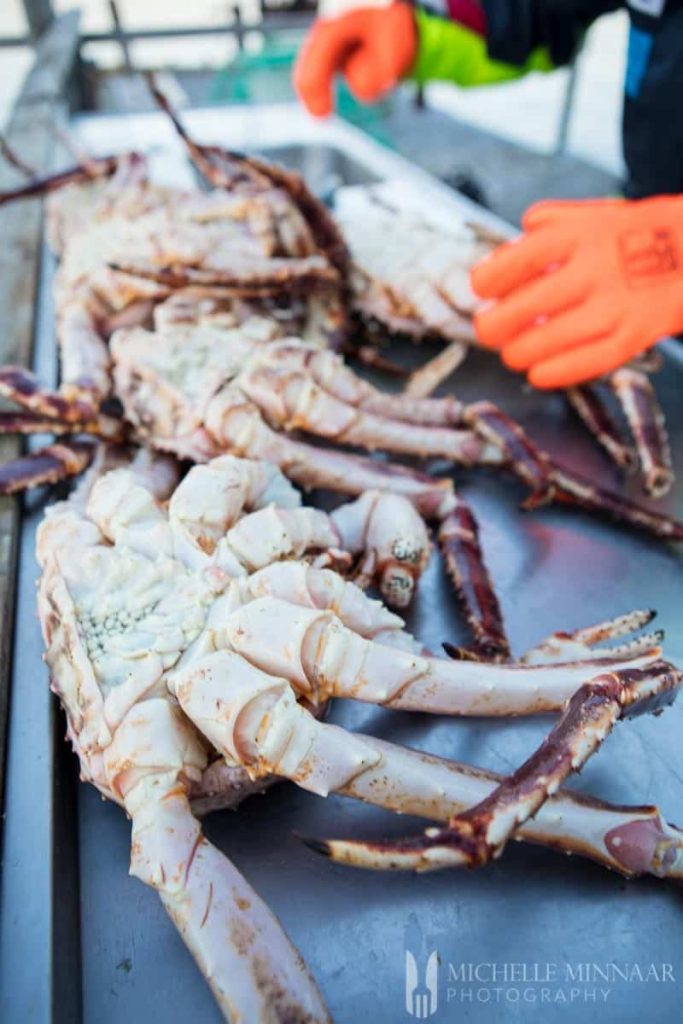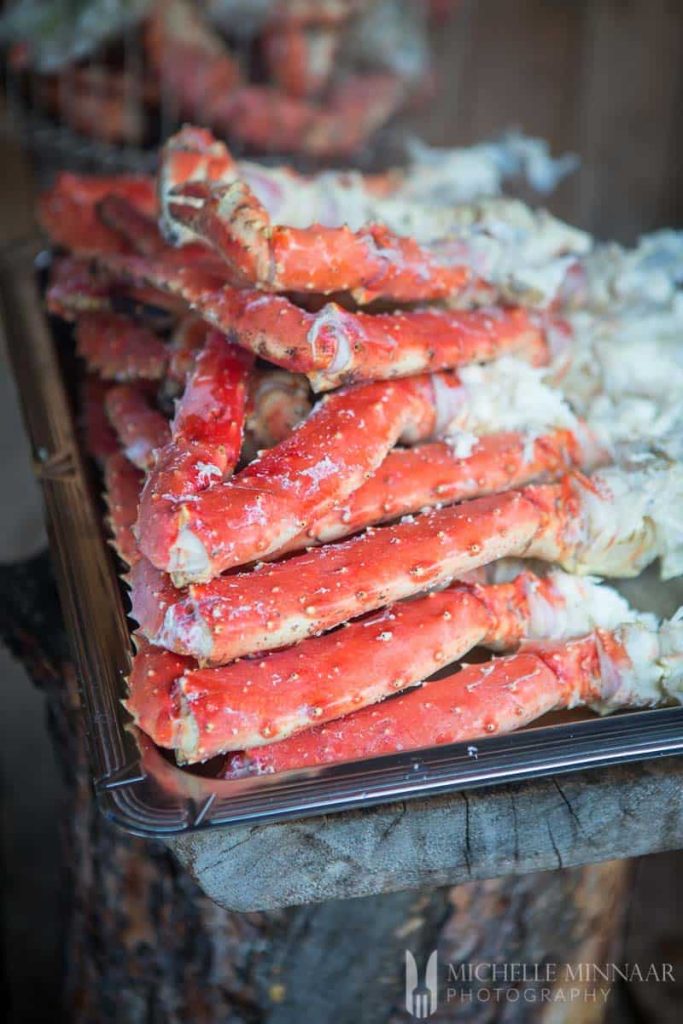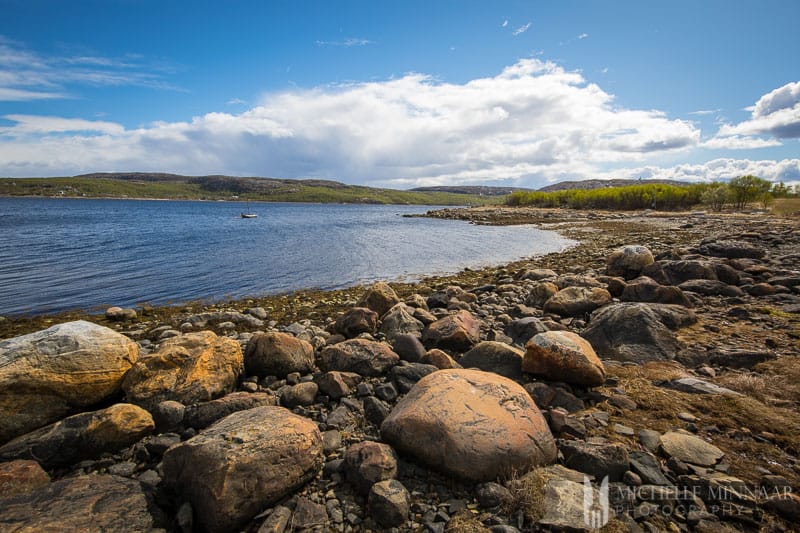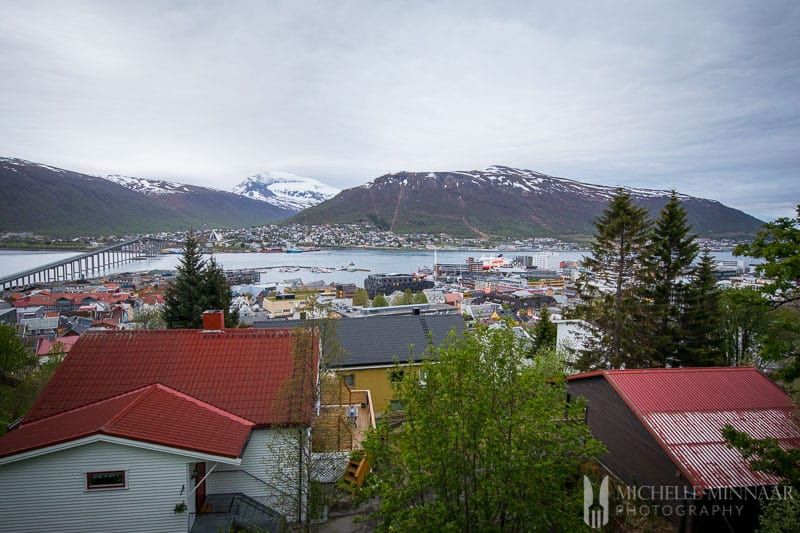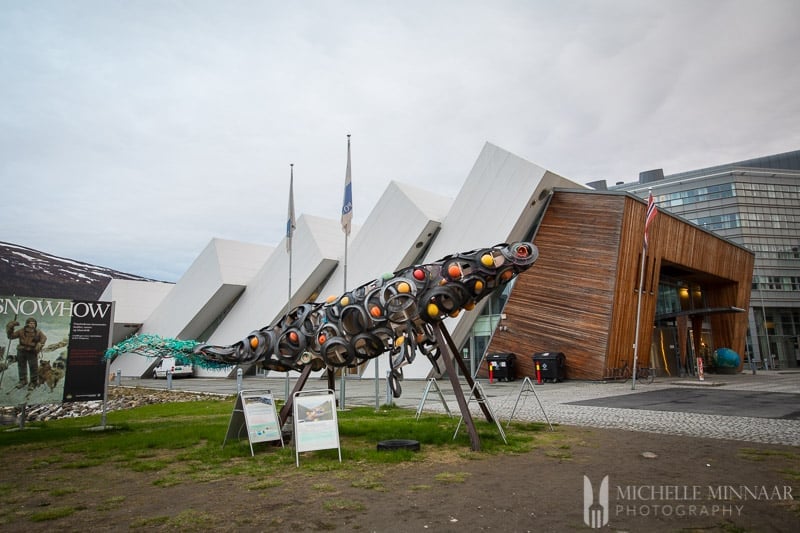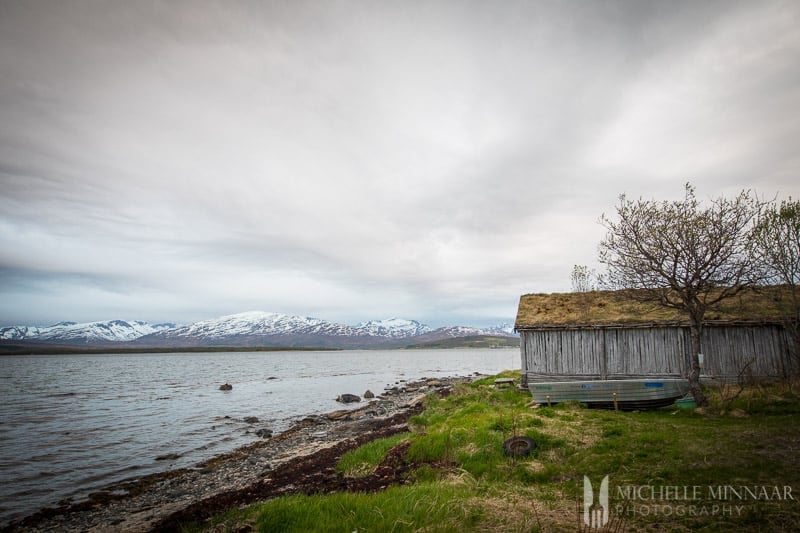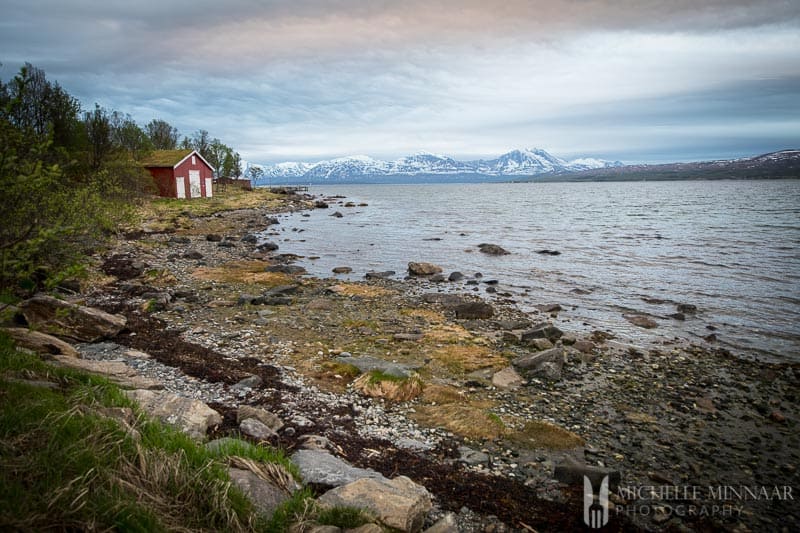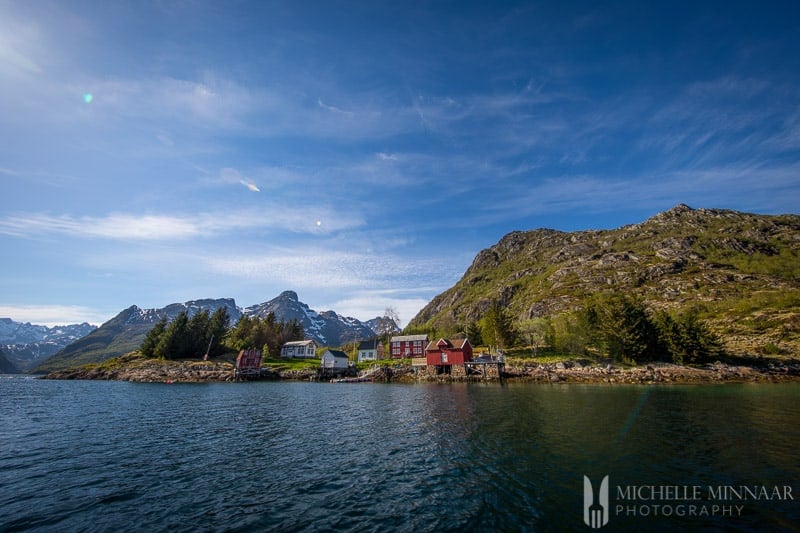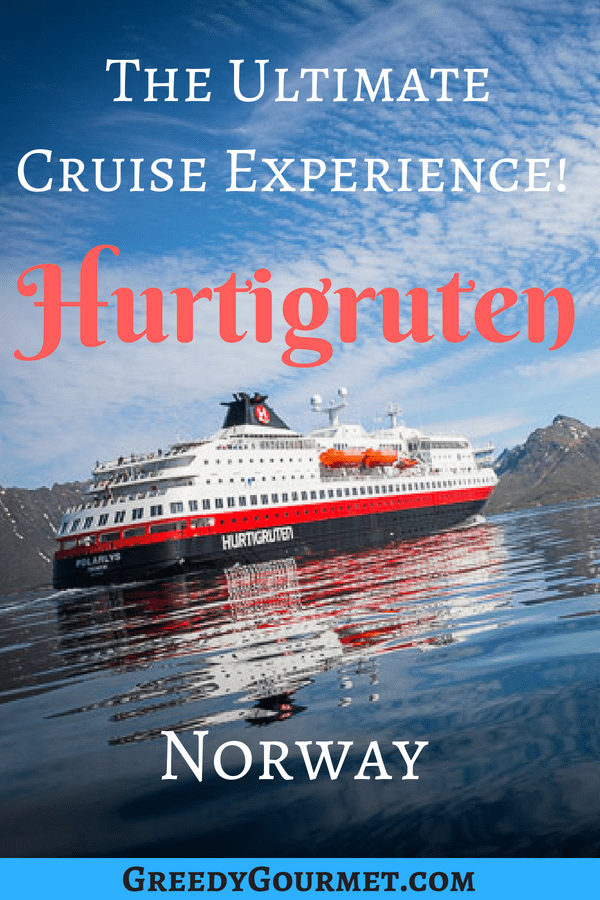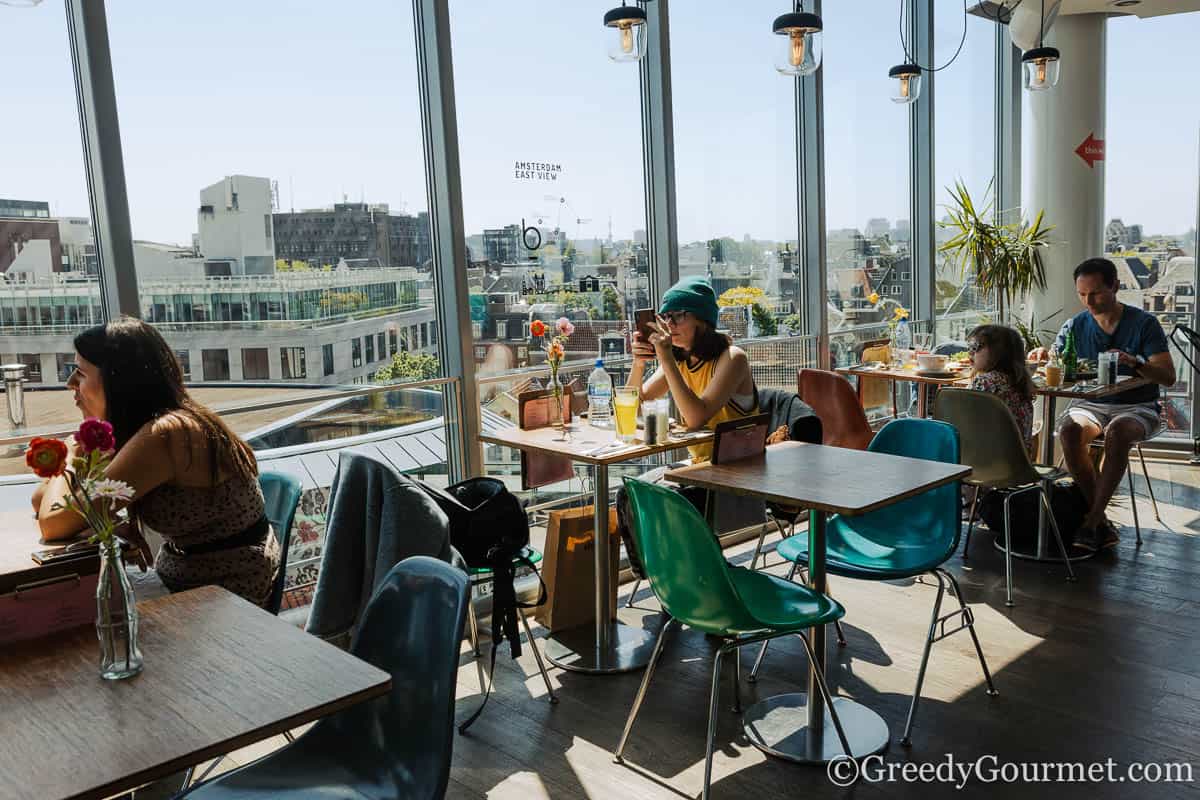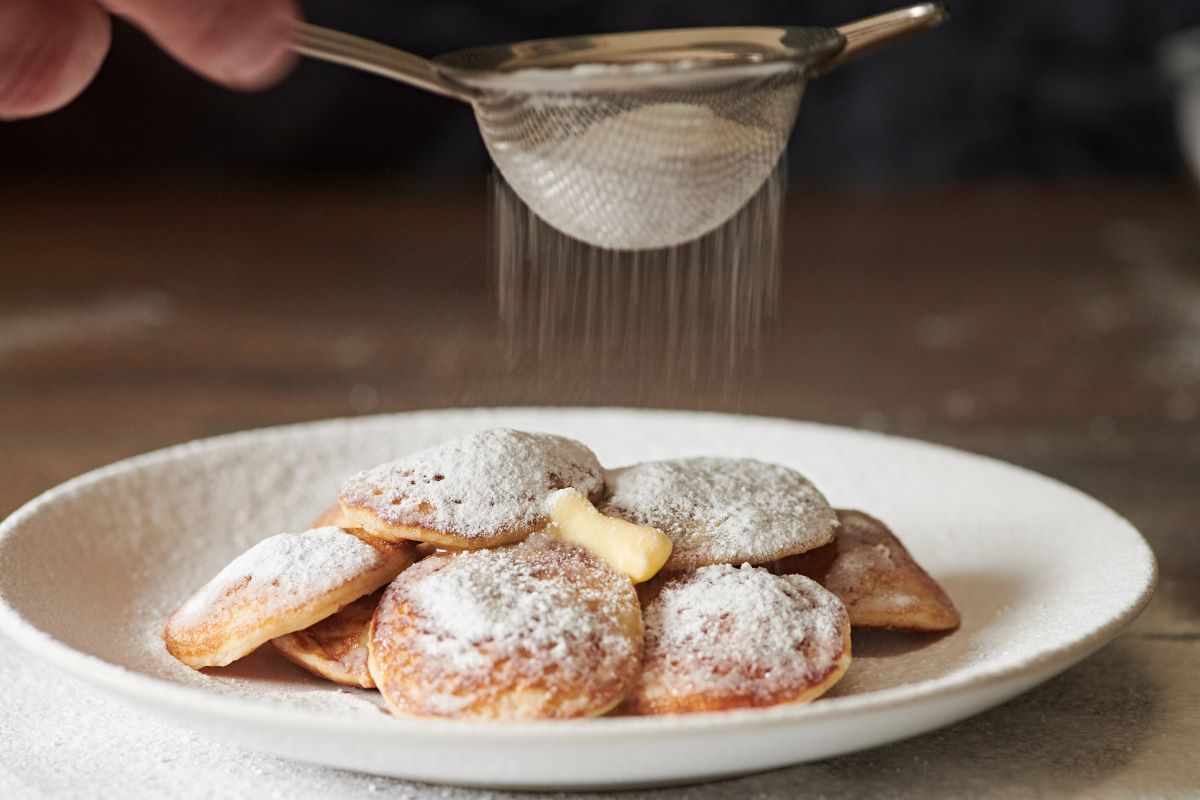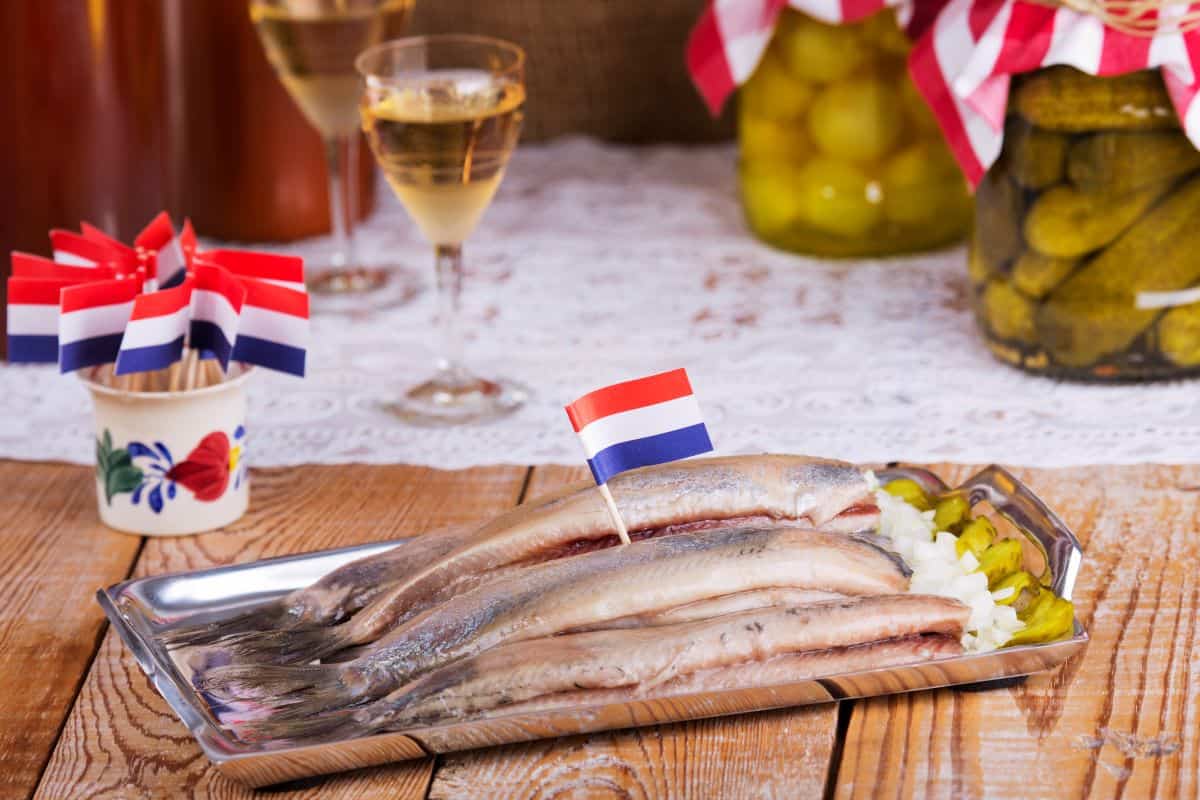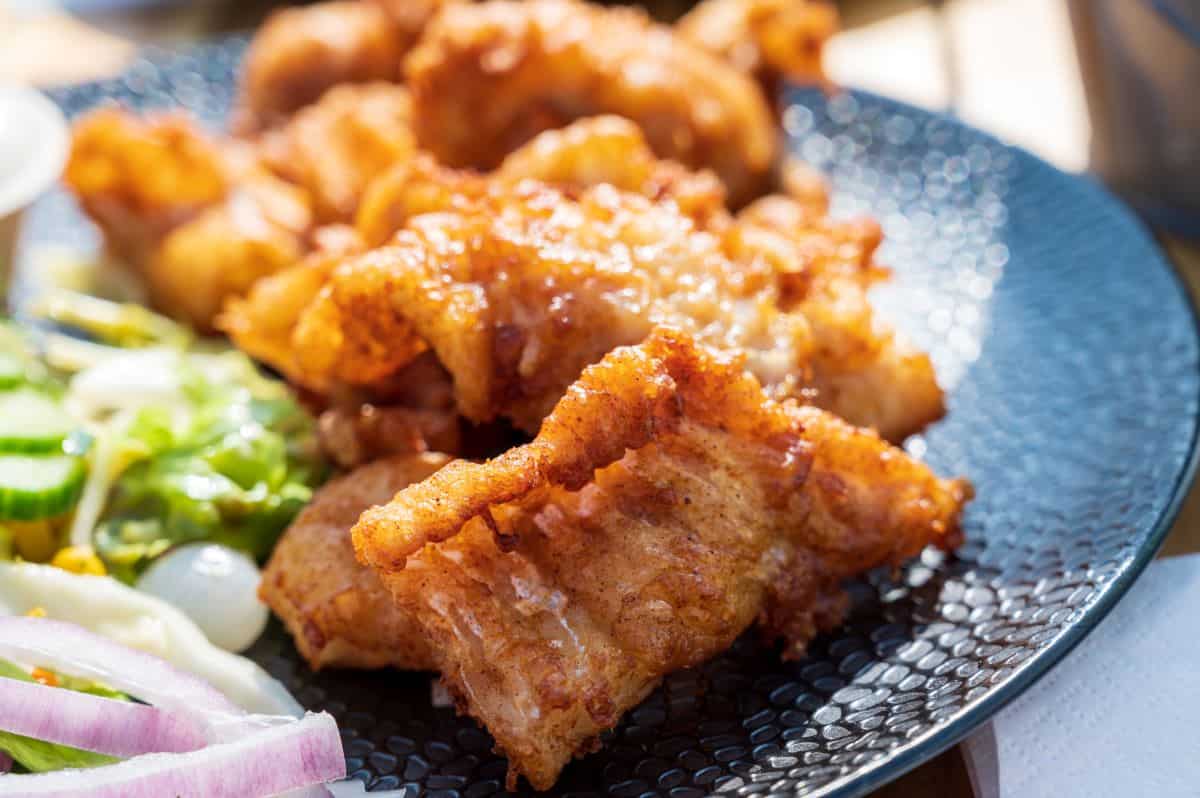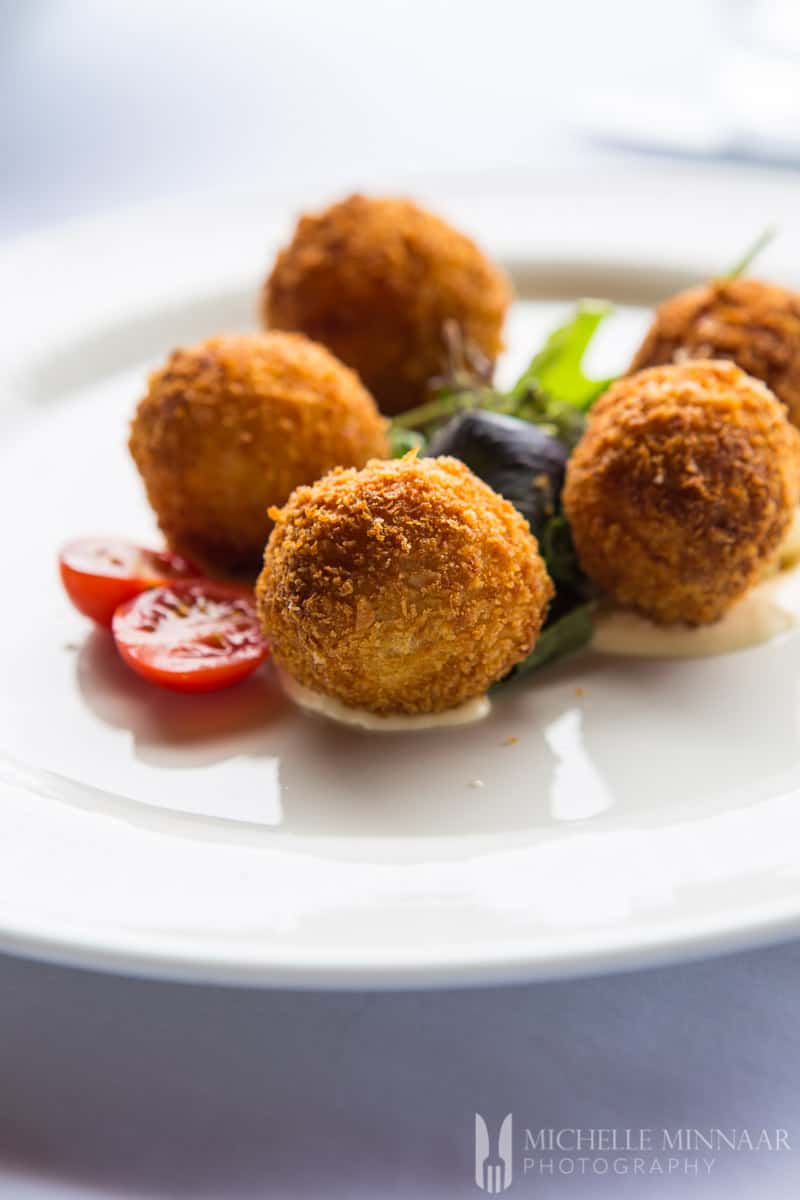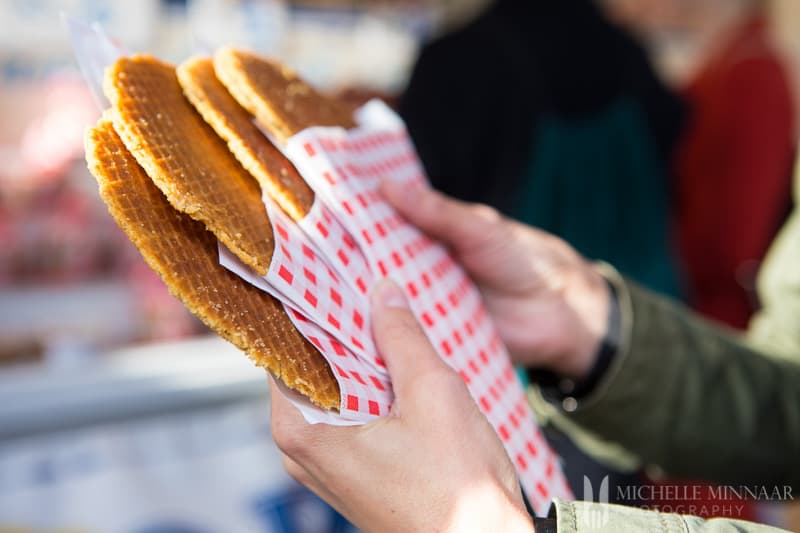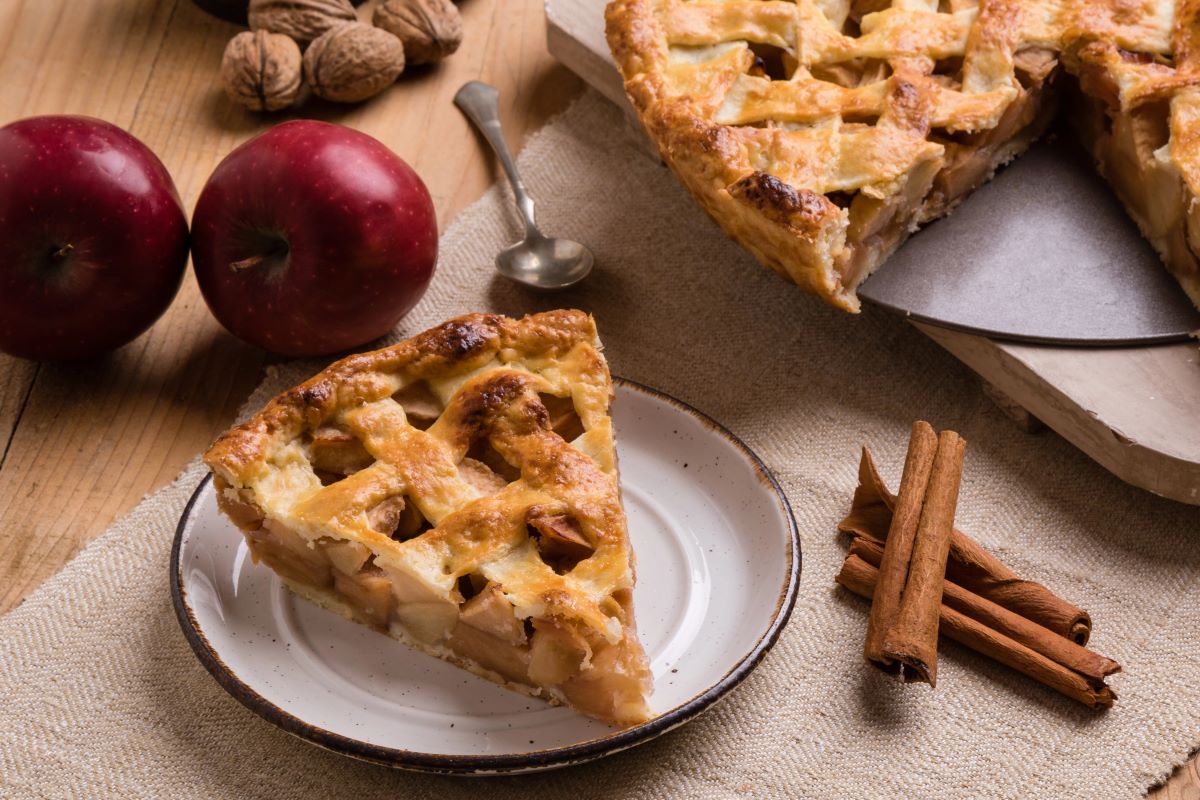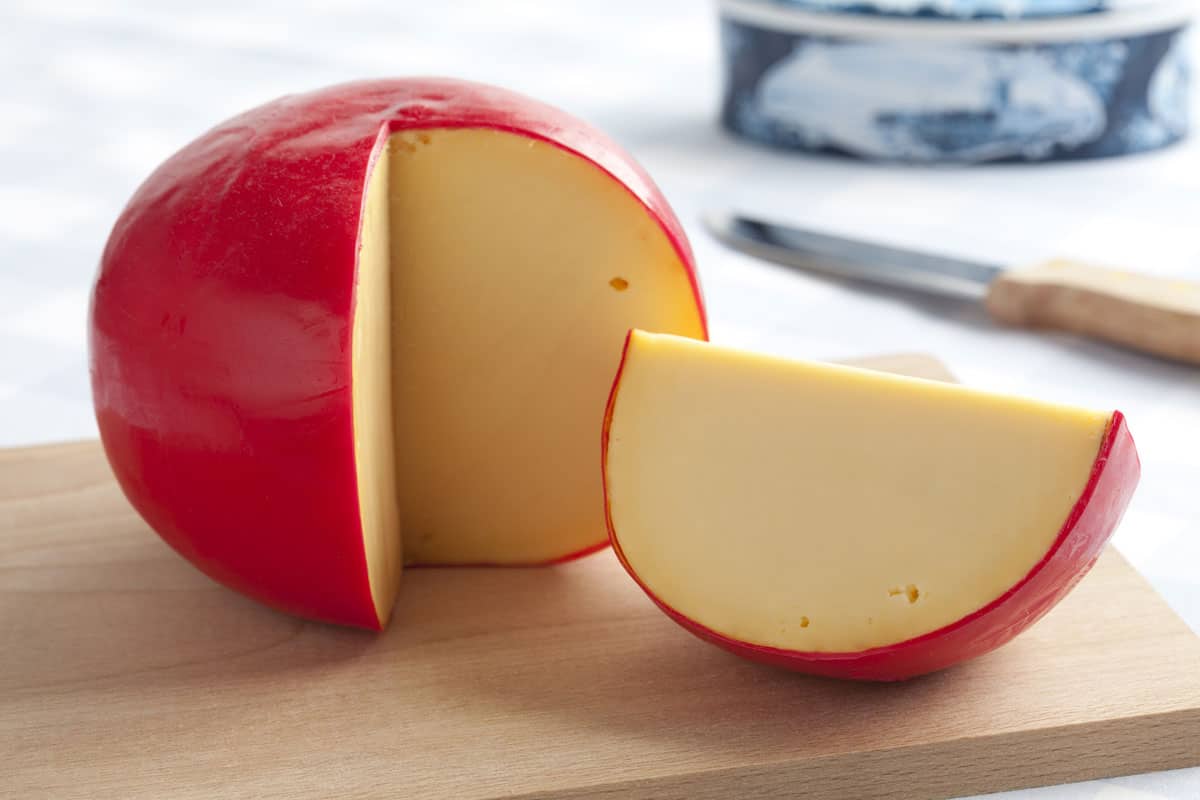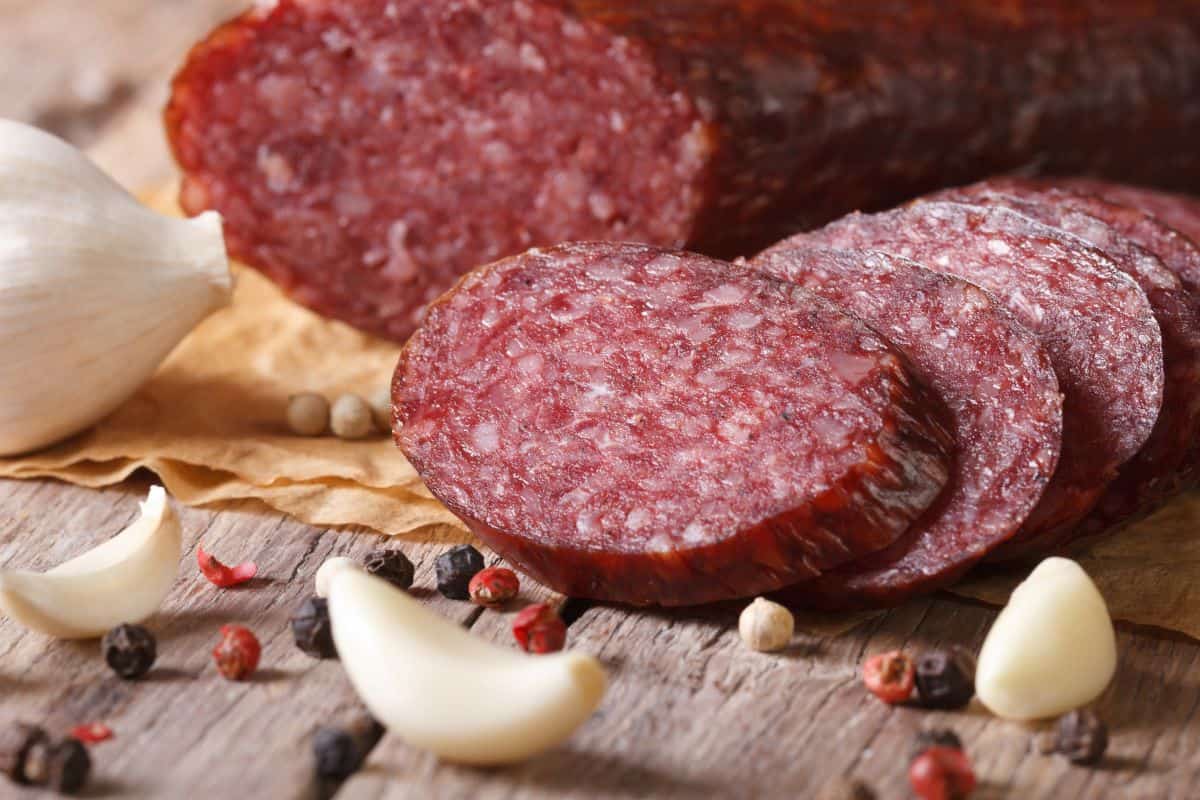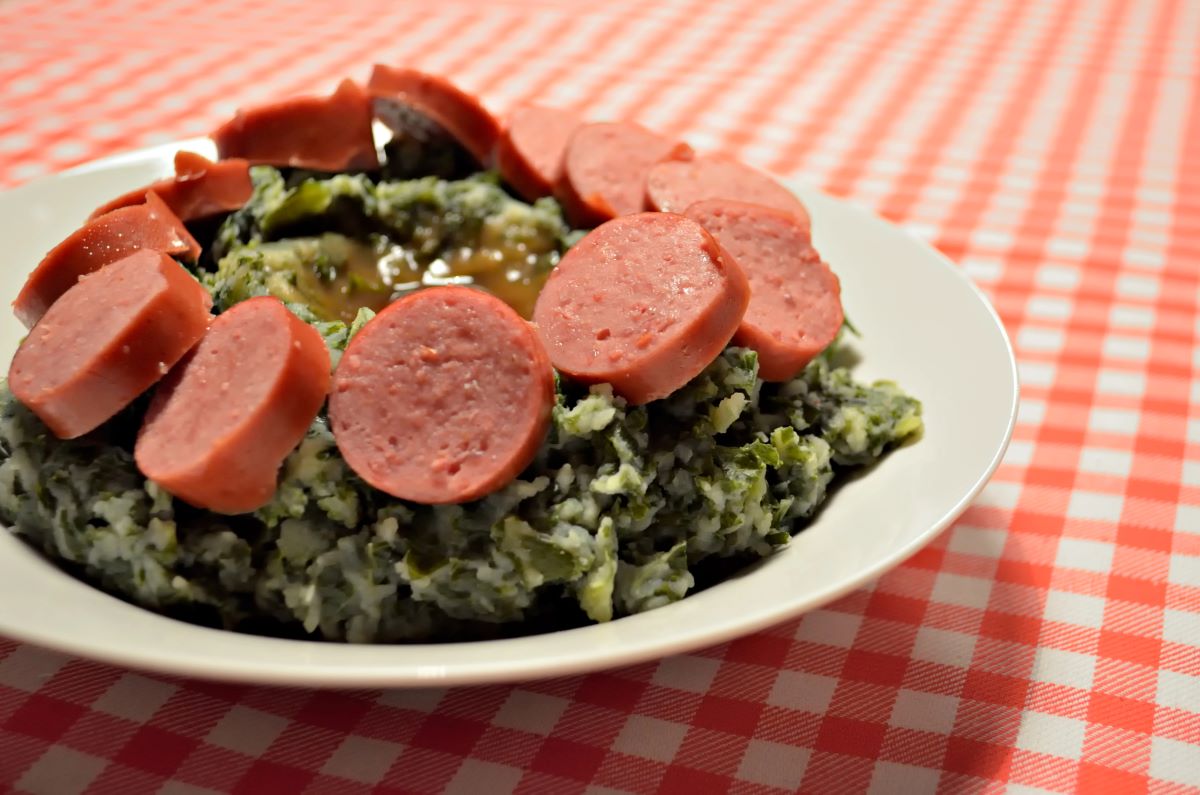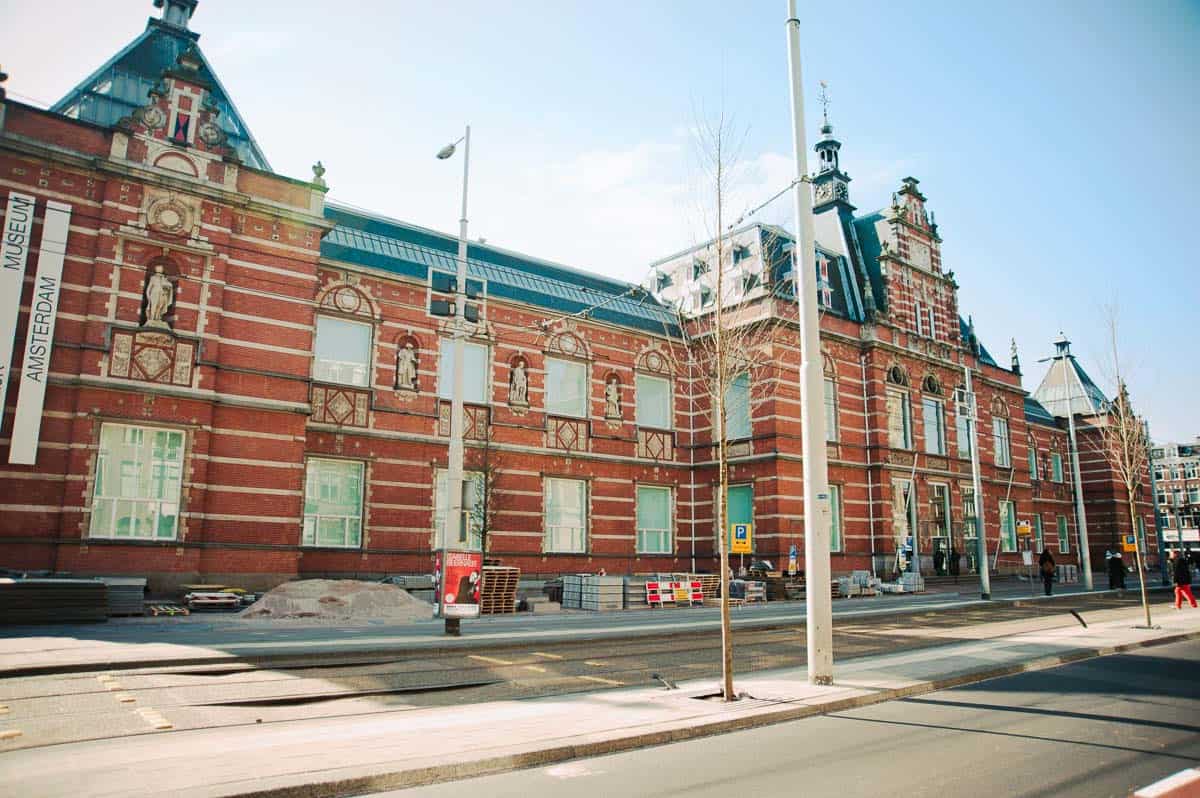There’s much to love about Porto, but one of the best things about this magnificent city is the cuisine – food in Porto is wonderful! From sumptuous seafood dishes and rich meat feasts to comforting classics and decadent desserts, there’s something for everyone.

In fact, there’s so much variety to Porto cuisine, that it can be hard to know where to begin.
Fear not! During my travels, I’ve sampled some of the finest traditional food in Porto. I want to share my experiences with you, to give you an idea of which dishes you cannot afford to miss out on.
So, here are my tips for the best food to try in Porto.
16 BEST FOODS TO TRY IN PORTO
I’ve spent years traveling around some of Europe’s best foodie destinations and I have to say that Porto is up there with the best of them. There’s a real deep gourmet tradition here – they care about their food and are obsessed with getting the right flavors. In Porto, eating is more than a meal. It’s an experience.
Like a lot of Mediterranean places, the local produce is sensational. On this list, you’ll find dishes where the ingredients are locally grown or produced. It’s all part of the culture – quality, care and sensational flavors.
1. Francesinha Sandwich
(MOST FAMOUS FOOD TO TRY IN PORTO OVERALL)

Above all dishes, the Francesinha is the most renowned in Porto. It’s definitely not for the faint of heart, mind – we’re talking a thick sandwich with slices of ham steak and/or chunky chorizo, covered with a melted cheese sauce and topped with a fried egg. It’s decadence turned up to 11!
You can buy a Francesinha in pretty much every food establishment in Porto, but that doesn’t mean you should. Some are cheaply made and taste bland. Others are truly incredible. When done right, a Francesinha should be gooey, meaty and rich, with big flavors that stand out.
There’s a cozy, rustic fine dining place by the name of Yuko Tavern that serves up a Francesinha that’s out of this world. The sauce will blow you away! Another great spot to try this famous dish of Porto is Café Santiago. For both places, if possible, book ahead of time.
YUKO TAVERN INFORMATION
Address: Rua de Costa Cabral 2331, 4200-232
Phone: +351 22 548 2291
Operating Hours: 12:30-2:30pm, 7:30pm-2:00am, Mon-Sat
Average Cost of the dish: €8.25
Website: www.yuko.com.pt
2. Pastel de Nata

A typical breakfast in Portugal wouldn’t be complete without a Pastel de Nata. It’s essentially an egg custard tart, Portuguese style. Most places serve up Pastel de Nata with a dusting of cinnamon on top, for that earthy sweet spiciness.
The pastry is crunchy and slightly salty, with that warm butteriness that feels like a big hug. The filling is hot, creamy, dreamy and delicious. When you get a good one, it’s a melt in your mouth sensation that leaves you wishing breakfast will never end.
My recommendation is to head to Nata Lisboa, near the São Bento train station. Their Pastel de Natas are not overly sweet, but the filling will knock your taste buds for six!
NATA LISBOA INFORMATION
Address: R. de Santa Catarina 506, 4000-452
Phone: +351 22 208 4366
Operating Hours: 7am-9pm, Mon-Fri
Average Cost of the dish: €1.50
Website: www.natalisboa.com/
3. Port Wine

The city’s number one export, port wine is the perfect pairing with pretty much any of the traditional dishes in Porto. Believe it or not, port wine was first invented by British tipplesmiths who, in an attempt to prevent Portuguese wine from spoiling while transporting it back to the UK, blended it with brandy.
The result was a fortified wine that has stood the test of time. Over the south side of the Douro River, in the suburb of Vila Nova de Gaia, you’ll find a number of port wine cellars offering tastings of some of the best examples of fortified wine in the world.
Cockburn’s Port Lodge is as good as it gets. With this kind of tour, you can go beyond the glass to find out how the wine is made and produced – from grape harvesting to barrel construction. Everything influences the flavor, which you’ll appreciate all the more for delving into the whole methodology behind this delicious drink.
Cockburn’s Port Lodge INFORMATION
Address: R. de Serpa Pinto 346, 4400-307 Vila Nova de Gaia, Portugal
Operating Hours: 9:30am-6:30pm, Mon-Sun
Average Cost of tour and tasting: €12
Website: www.cockburns.com/visit-us
4. Bolinhos de Bacalhau
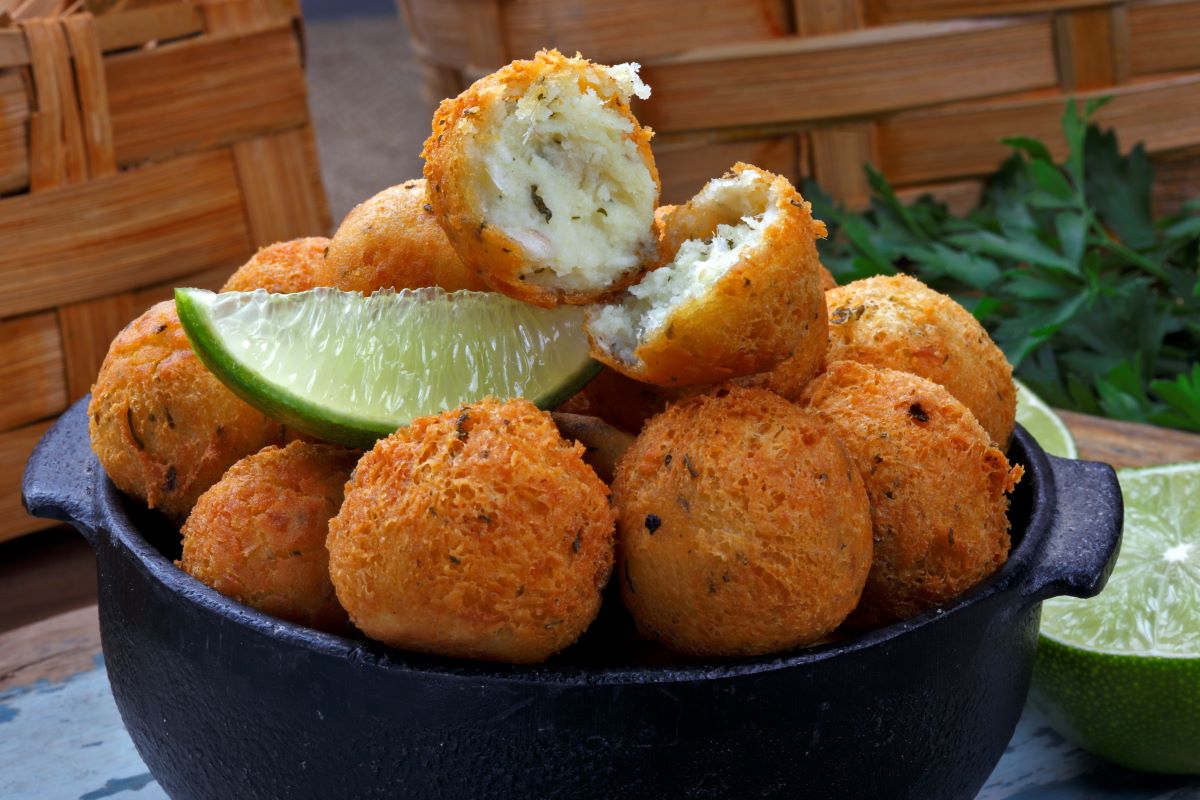
The Portuguese go crazy for salted cod. It should come as no surprise, then, that one of the most popular foods in Porto is a deep fried codfish ball. This isn’t just any deep fried fish dish though. The best bolinhos de bacalhau are wonderfully crunchy on the outside, and succulent and soft on the inside.
The filling is a mouthwatering mixture of cod and potato, expertly seasoned to make the ingredients work in harmony. The bolinhos are, in fact, quenelle-shaped rather than ball shaped – quenelles being more of an elongated egg shape. This helps achieve the perfect crunchy texture, to complement the flavors on the inside.
Looking for the best place to eat Bolinhos de bacalhau in Porto? Look no further than Casa Portuguesa do Pastel de Bacalhau. It’s not cheap by any means, but the quality is great and, if you manage to nab a place on the terrace, you’ll have the perfect view of the spectacular Clérigos Tower.
Casa Portuguesa do Pastel de Bacalhau INFORMATION
Address: Campo dos Mártires da Pátria 108, 4050-367
Phone: +351 21 164 8919
Operating Hours: 10:30am-9pm, Mon-Sun
Average Cost of the dish:
Website: www.pasteldebacalhau.pt/
5. Cachorrinhos
These little puppies are practically an institution in Porto. I say little puppies for a reason – the word cachorrinhos literally translates as ‘little puppies.’ Hands down the best Porto street food to enjoy with a cold beer when visiting Porto, this delicious dish consists of spiced Portuguese sausage served in a crusty roll and sliced into segments.
Sometimes the bread is brushed with a spicy sauce and nothing more. Other times, the whole thing is served drizzled with melted cheese or in a generous helping of francesinha sauce with a portion of french fries on the side. Often, when it comes to Cachorrinhos, simplicity is best.
That’s what makes Gazela bar in central Porto stand out. The ingredients are local, the quality is great and the lines are out the door. Pick a time of day when it’s not so busy, and you’ll be blown away by this humble little restaurant that makes some of the best traditional Porto food. Always with a side of beer, of course.
Gazela INFORMATION
Address: Tv. Cimo de Vila 4, 4000-434 Porto, Portugal
Phone: +351 22 112 4981
Operating Hours: 12-10:30pm, Mon-Sat
Average Cost of the dish: €4.20
Website: www.cervejariagazela.pt/
6. Bifana
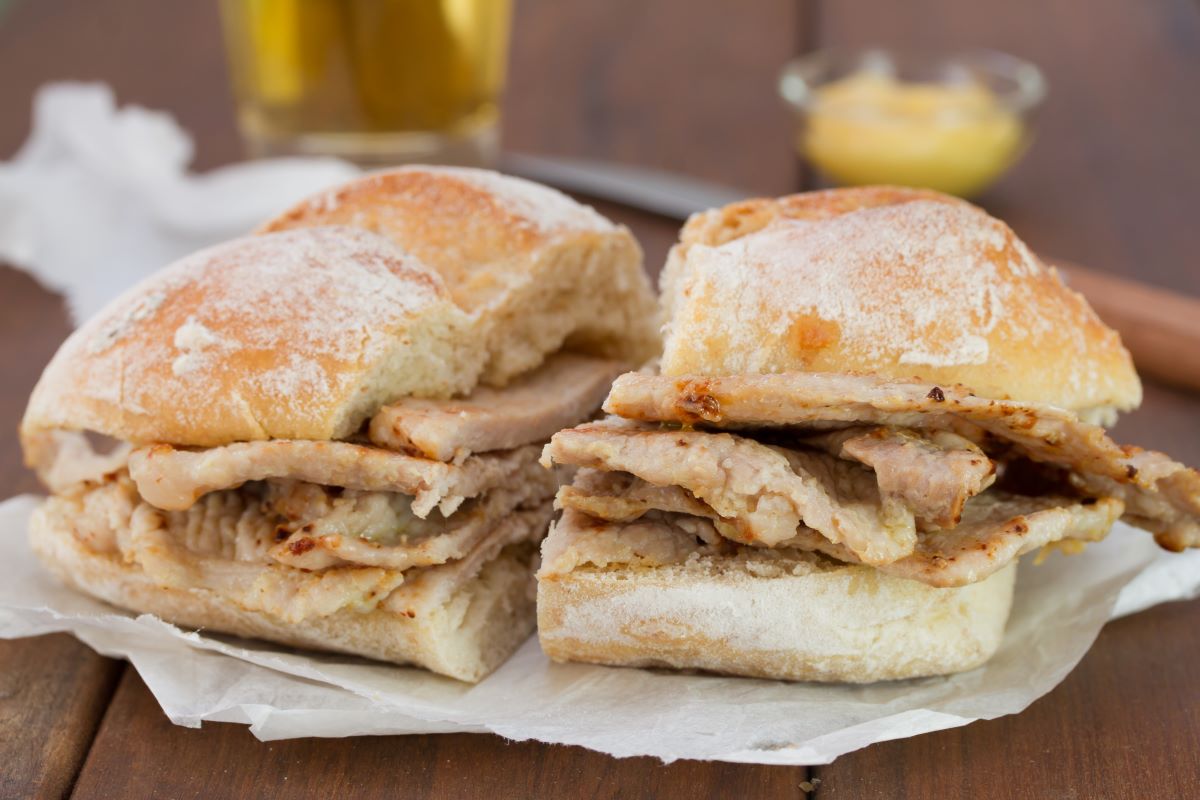
Another meat dish that’s practically a national institution, a bifana is a traditional Portuguese sandwich filled with thin slices of marinated pork. The secret to the success of this staple food of Porto is the marinade – some of the best Bifanas bring a flavor like no other.
Okay, so a bifana is a must eat in Porto… but where must one eat a Bifana in Porto? Well, for my money, foodies visiting Porto should jump in line at Conga. The taste of the pork is out of this world – I got flavors of white wine, garlic and mustard – while the setting is chilled and down-to-earth.
As a bonus, it’s right in the heart of the city, so you can stop by as a much needed respite from all the sightseeing.
Conga INFORMATION
Address: R. do Bonjardim 318, 4000-115
Phone: +351 22 200 0113
Operating Hours: 11:30am-10pm, Mon-Sat
Average Cost of the dish: €5.20
Website: congacasadasbifanas.negocio.site/
7. Alheira Sausages
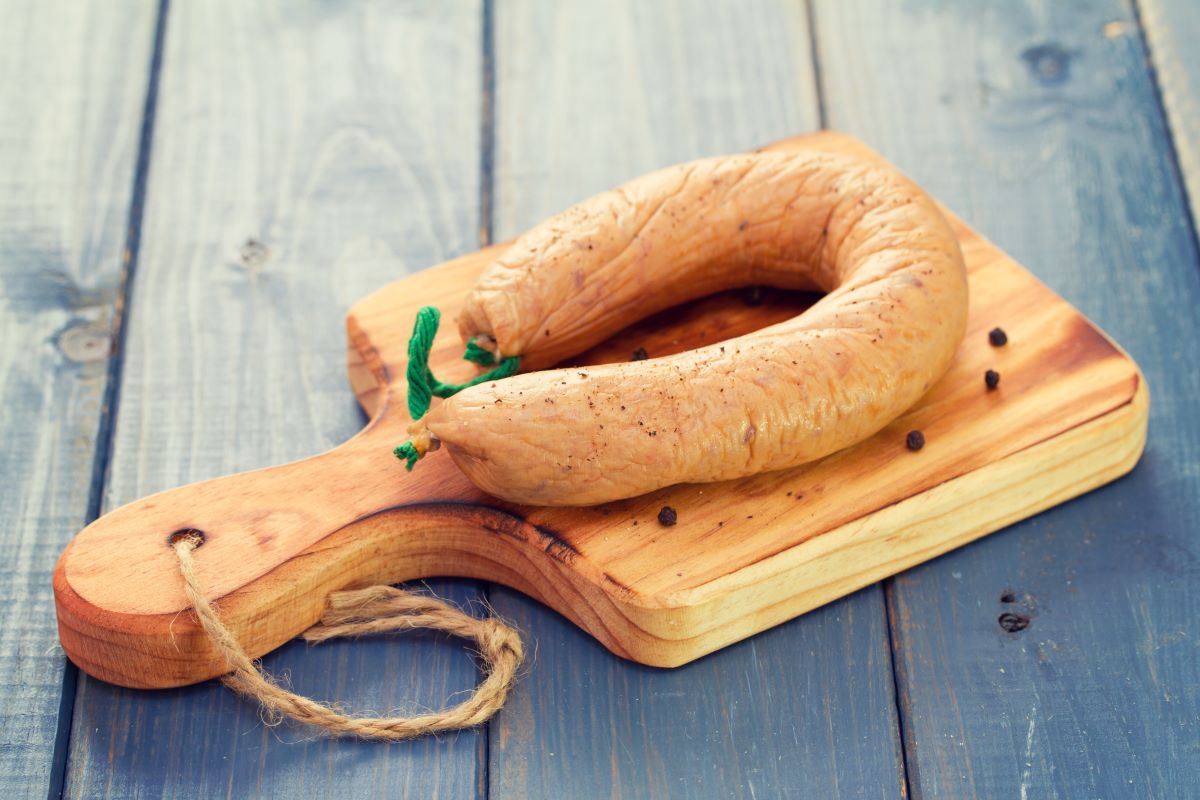
Meat lovers looking to sample a traditional local food in Porto should definitely try Alheira sausages. A combination of meats – typically beef, chicken, veal, rabbit, duck and/or quail – these sausages are also flavored with other ingredients such as garlic, olive oil, bread and paprika.
Alheira sausages were brought to Portuguese cuisine by Jewish settlers at the turn of the 16th century. Back in the day, these sausages were typically grilled and served with boiled vegetables. Nowadays, however, they are more often than not fried, and served with a side of fries and a fried egg.
These sumptuous sausages are a very common food in Porto – you’ll find them on most menus across the city. In fact, they’ll most likely be one of the most affordable items on the menu. Try this affordable Portuguese food at Lareira – Baixa – they specialize in good, inexpensive traditional Portuguese fare. While you’re there, do yourself a favor and try the white sangria… it’s divine!
Lareira – Baixa INFORMATION
Address: R. Das Oliveiras 8, 4050-159
Phone: +351 22 208 0917
Operating Hours: 12-11pm, Mon-Sun
Average Cost of the dish: About €12 when served as part of a meal
Website: www.restaurantelareira.pt/
8. Sandes de pernil
Yet another pork sandwich – the Portuguese sure love their pork sandwiches! One taste of this bad boy and you’ll understand why it’s one of the must try dishes in Porto.
This sandwich consists of pulled pork that’s slow cooked to bring a taste that’s on another level. Pork shoulder (pernil) is slowly roasted and then shredded, then served between crusty bread, often with a helping of mustard and melted cheese.
The sande de pernil at Casa Guedes is a must eat in Porto. Their pork is out of this world – I’m not sure what they put in the marinade, but it’s sensational! It’s one of the most popular Porto restaurants – the place is usually packed, which speaks to the quality of the food, and it all adds to the atmosphere. If you want to experience the authentic food culture of Porto, this excellent family-run restaurant is the place!
Casa Guedes INFORMATION
Address: Praça dos Poveiros 130, 4000-393
Phone: +351 22 200 2874
Operating Hours: 11am-midnight, Mon-Sun
Average Cost of the dish: €5
Website: casaguedes.pt/?l=en
9. Tripas à Moda do Porto
When you think of traditional local food in Porto, you probably think meaty street food or grilled fish. A big comforting stew is probably not something you’d normally associate with Porto; however, tripas á moda do Porto is most definitely up there with the best food in Porto and if you’re looking for something warming, it will certainly hit the spot.
Rustic, rich and big on flavor, tripas á moda do Porto contains tripe (usually veal tripe), smoked pork sausage, white beans, carrots, onions, garlic and a mix of herbs. This delicious dish is said to have originated in the 15th century. The story goes that a Portuguese explorer asked Porto’s residents to supply food for one of his voyages. They were left with nothing but tripe and so tripas à moda do Porto became a standard local dish.
In my opinion, the best place to eat tripas à moda is Abadia do Porto. It’s a long-standing restaurant that specializes in traditional Porto cuisine.
Abadia do Porto INFORMATION
Address: R. do Ateneu Comercial do Porto 22, 4000-380
Phone: +351 22 200 8757
Operating Hours: 12-3pm, 6:30-10:30pm, Mon-Sat
Average Cost of the dish: €20
Website: abadiadoporto.com/
10. Caldo Verde
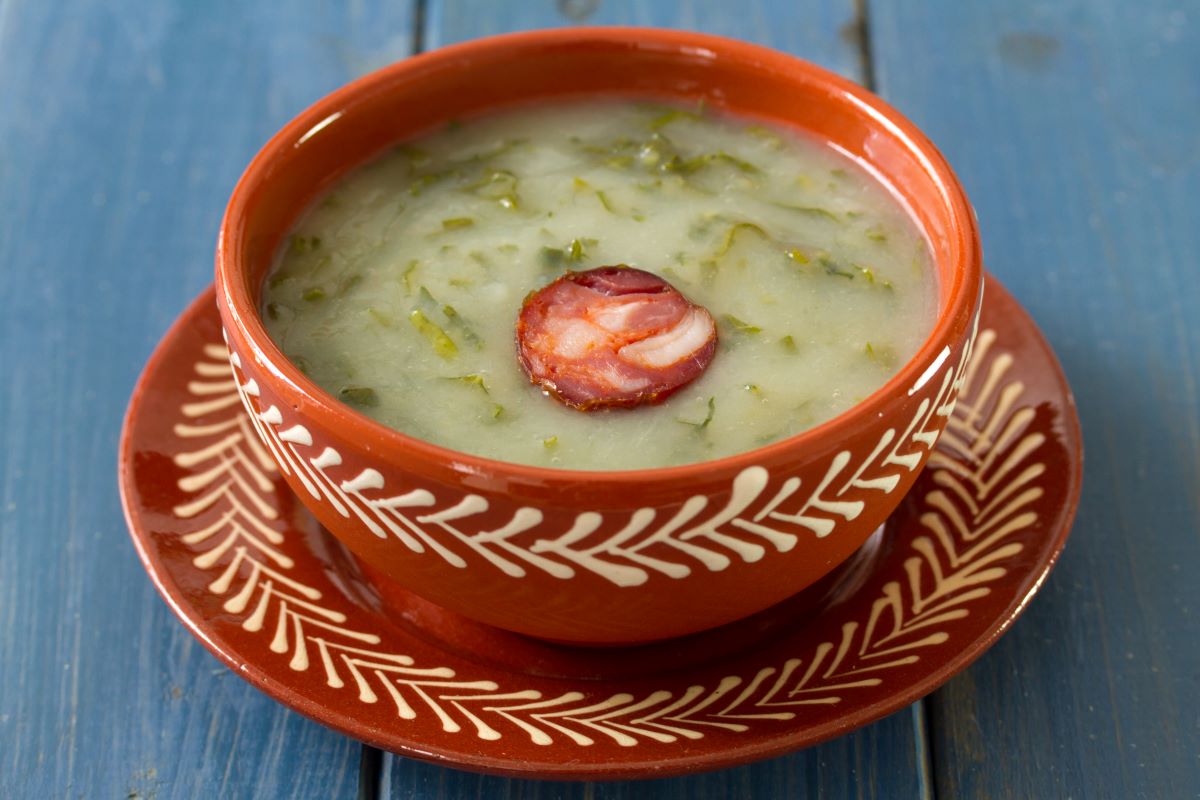
A soul-soothing soup that’s fresh, invigorating and packed full of flavors, Caldo Verde is a staple food of Porto – you’ll find it on menus in most Porto restaurants. It’s a typical summer dish, often served around the festival of Saint John during the summer solstice, but it’s generally enjoyed throughout the year.
Caldo verde – which means ‘green broth’ contains a mix of hearty meat and vegetables, including sausage, potatoes, cabbage, kale, onion, garlic, salt and pepper.
A great way to sample this authentic dish is to go truly local – visit the Casa da Horta, a non-profit cultural and environmental association, where they make a fantastic bowl of caldo verde using locally-grown vegetables and home baked bread.
Casa da Horta INFORMATION
Address: R. de São Francisco 12, 4050-253
Phone: +351 22 202 4123
Operating Hours: 6-10pm, Mon-Sat
Average Cost of the dish: €2
Website: casadahorta.weebly.com/
11. Grilled Sardines

Probably one of the most famous foods in Porto, and in Portugal in general, sardines are a must try if you’re a fan of fish and seafood dishes. They are locally caught, plentiful in supply and absolutely delicious – especially when grilled.
Sardines sum up the essence of traditional Portuguese food quite nicely. Simple, yet effective, well prepared – a sprig of parsley, a squeeze of lemon – and precision cooked to get the best possible flavor. Humble sardine dishes are served in all kinds of Porto restaurants, but few do it better than Salta O Muro.
It’s a real gem of a place – unpretentious, cozy and quaint, with a focus on amazing flavors and a friendly local vibe. If you’re after an inexpensive meal that captures the spirit of traditional Porto food, this restaurant is perfect! Take a table on the terrace, enjoy the breeze, and savor the flavors!
Salta O Muro INFORMATION
Address: R. Heróis de França 386, 4450-155 Matosinhos
Phone: +351 22 938 0870
Operating Hours: 12:15-3pm, 7-10:45pm
Average Cost of the dish: €12.50
Website: saltaomuro.eatbu.com/?lang=en#menu
12. Aletria
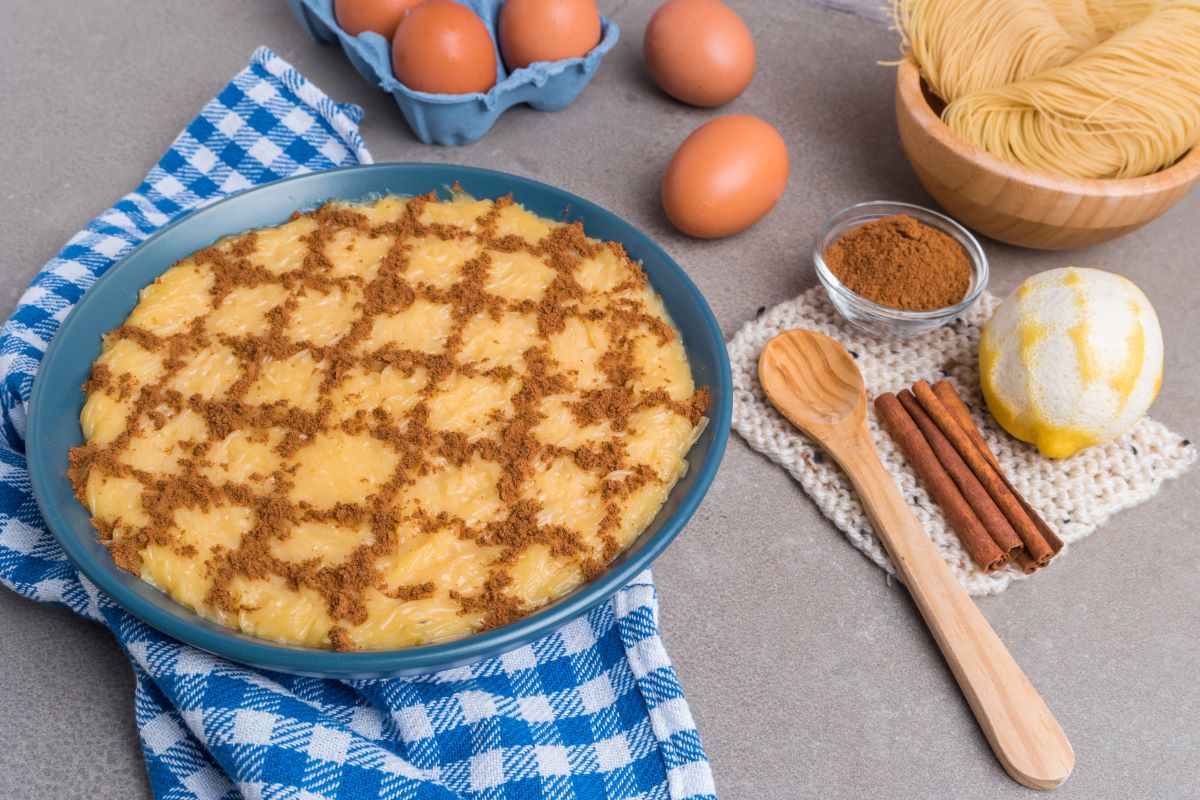
One for sweet-toothed dessert lovers, Aletria is a traditional Portuguese dessert that’s similar to rice pudding. This sweet, creamy dish is made with vermicelli or noodles, as well as milk, egg yolks, sugar, cinnamon and lemon. It’s lusciously thick, rich and very comforting.
As you’d expect from the ingredients and flavor profile, this dish is typically eaten during the winter months – in fact, it’s quite a traditional Christmas dessert in northern Portugal.
Terreiro, a seafood restaurant nestled on the north bank of the Douro River, makes a sensational aletria. Unlike many aletrias that you’ll find in Porto restaurants, Terreiro’s is made without milk, making it a bit lighter. Try it… it’s divine!
Terreiro INFORMATION
Address: Largo do Terreiro 11, 4050-603
Phone: +351 22 201 1955
Operating Hours: 12:30-10pm
Average Cost of the dish: €3
Website: terreiro.eatbu.com/?lang=en
13. Prego no Pão
A street food classic that will take your breath away, prego no pão, is essentially a steak sandwich, although really it’s far more than just a steak sandwich.
One of the most famous of all porto snacks, prego no pão consists of thinly sliced steak, garlic, salt, pepper and a toasted bun. The name comes from the preparation process – the garlic is hammered into the meat (prego is Portuguese for ‘nail’) to fully infuse the flavor. Salt, pepper and paprika is then added
This iconic Portuguese street food is served up at most Porto restaurants – it’s pretty difficult to find a bad prego no pão. For one of the best, head to the masters of inexpensive simple Portuguese food, Lareira – Baixa.
Lareira – Baixa INFORMATION
Address: R. Das Oliveiras 8, 4050-159
Phone: +351 22 208 0917
Operating Hours: 12-11pm, Mon-Sun
Average Cost of the dish: €5
Website: www.restaurantelareira.pt/
14. Tinned Sardines
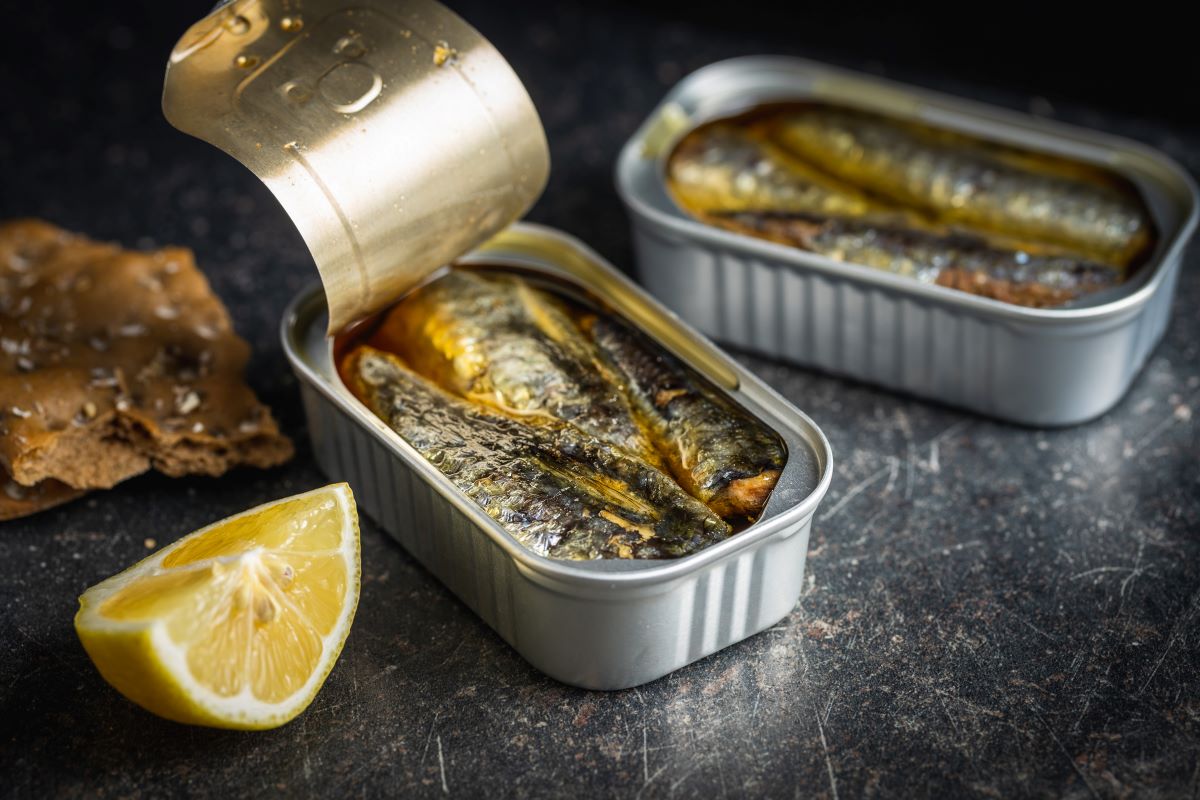
Okay, so you already know how delicious grilled sardines in Porto are, but did you know that tinned sardines in Portugal are fantastic? The Portuguese have been preserving fish for centuries and have mastered the art of catching, canning and preserving this delicious seafood.
It’s a big part of the culture and one of the best ways to truly understand its importance is to visit one of the famous canneries in Porto. The Pinhais Cannery & Co offers an informative, well-designed tour that will surprise you with just how good it is. It gives you an insight into a slice of Porto’s history that most people don’t know about.
Of course, you’ll get to taste sardines too – the finest of their kind in the world!
Pinhais Cannery & Co. INFORMATION
Address: Av. Menéres 700, 4450-189 Matosinhos
Phone: +351 22 938 0042
Operating Hours: 9am-6pm, Mon-Sat
Average Cost of the dish: €12
Website: www.conservaspinhais.com/en/home
15. Açorda
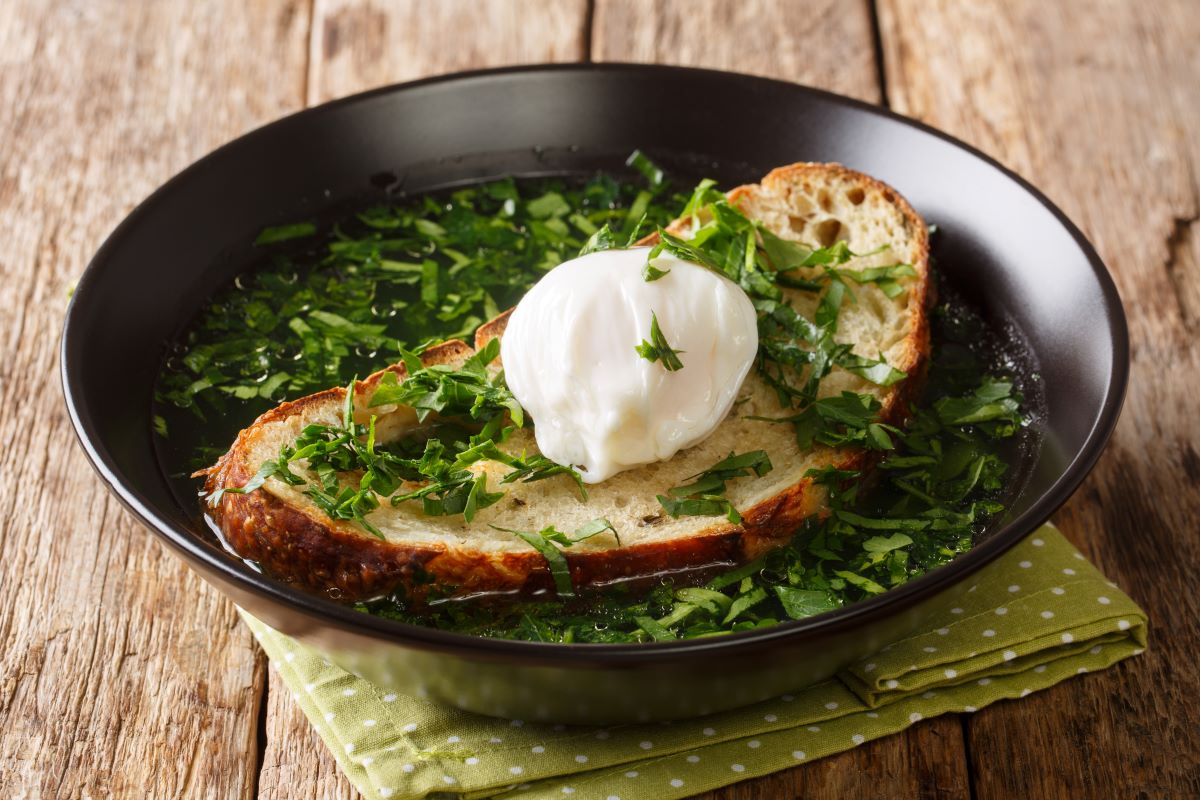
A very popular soup that’s served in Porto and throughout Portugal, açorda consists of thinly sliced bread, garlic, olive oil, vinegar, and herbs such as coriander. All ingredients aside from the bread are whizzed up and served over the bread, then a poached egg is added on top. Chicken stock is often poured over the top, to bring a little extra richness.
Like other typical Porto food favorites, açorda’s origins lie with the country’s poorer residents. It came about as a way of using up leftover stale bread and vegetables that had passed their best. Today, many of the city’s best chefs are putting their own twist on this classic dish.
Tapabento is one of the best places to try açorda in Porto. The laid-back atmosphere is welcoming enough, but once you try the food you really understand why this place is so highly regarded by locals. While you’re in the area, don’t miss the incredible São Bento train station – one of the most striking railway stations in Europe.
Tapabento INFORMATION
Address: R. da Madeira 221, 4000-330
Phone: +351 912 881 272
Operating Hours: 12-3pm, 7-10:30pm
Average Cost of the dish: €12
Website: tapabento.com/en/home-page-en/
16. Rissóis
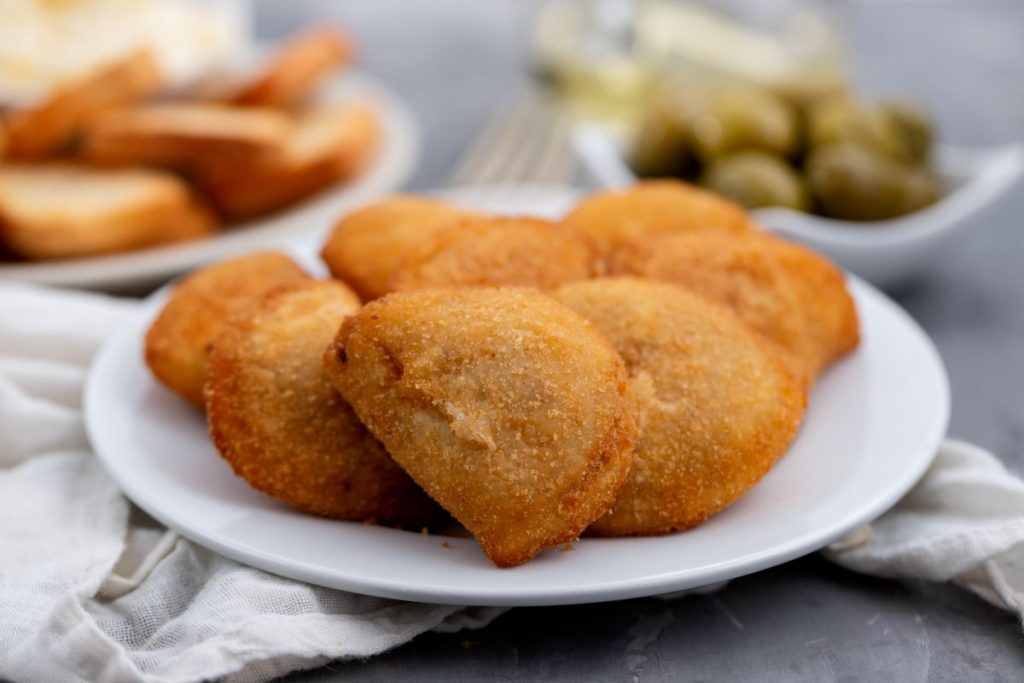
Rissóis, or ‘rissoles’ are a very popular snack in Porto. They were originally created in France, although they’ve been a staple of Portuguese cuisine for many years. Throughout Porto, you’ll find rissóis served up in cafes, bars, and households – they’re actually a very popular food at celebrations. Go to a Portuguese barbecue, and there will no doubt be a plate of rissóis!
In Porto, they tend to come in half-moon shape, with crunchy pastry on the outside and meat or shrimp on the inside, usually with some kind of sauce such as bechamel. They’re usually fried, although sometimes baked, and can be served either hot or cold.
For the very best rissóis in town, head to the Ofician dos Rissóis, where two Parisian-trained Michelin-star chefs will whip you up a treat to remember. Delicious!
Oficina dos Rissóis INFORMATION
Address: Passeio de São Lázaro 5A, 4000-507
Phone: +351 912 018 587
Operating Hours: 12-3pm, 7-10:30pm, Mon-Sat
Average Cost of the dish: €2.60
Website: www.instagram.com/oficinadosrissois/

FOOD TOURS IN PORTO
The best way to truly experience the incredible food on offer in Porto is to take part in a food tour. There are many great food experiences in this wonderful city, most led by locals with a real understanding of the history of Porto’s most iconic dishes. Here are some of the best Porto food guide tours you should check out when visiting.
3-Hour Food and Wine Tasting Tour
Take this immersive guided Porto food experience for a delicious deep dive into regional dishes such as bolinho de bacalhau and bifana, as well as port wine. You’ll get a real in-depth understanding of the local gastronomic culture, guided by an expert local foodie, and you’ll get to savor most of the wonderful dishes on this list while you wander the streets of Porto’s historic Ribeira district.
Complete Douro Valley Wine Tour
If you’re visiting Porto for longer than a day or two, then a trip to the Douro Valley is a must. Here, you can explore the beauty of the Portuguese countryside and also learn more about how the iconic port wine is made. For this, book yourself a full Douro Valley tour, where you can sample the delights of local winemakers and enjoy a regional lunch made with freshly grown ingredients, all the while enjoying the incredible vistas in this spectacular part of the world.
The Award-Winning Private Food Tour of Porto
This excellent local-led food tour takes you on a private personalized tour of popular hot spots and lesser-known gems to sample the best cuisine on offer in Porto. You’ll get to taste famous Porto food such as Alheira sausages, cachorrinhos, francesinhas and, of course, the iconic pastel de nata.
Port Wine Lodges Tour
The renowned Vila Nova de Gaia wine lodges, just over the river from the center of Porto, offer a fascinating glimpse into the production of Port wine. Take part in an interactive wine experience, where you’ll have the chance to visit multiple wine cellars and learn to taste port like a pro.
Douro Valley Cruise with Winery Visit and Lunch
If you’re after a relaxing food experience, don’t miss this wonderful Douro Valley cruise. You get the chance to taste 11 different port wines at two local wineries, and will be cooked a fire-cooked local lunch by an expert chef, while also indulging in traditional snacks as you make your way along the picturesque Douro River.

MUST-TRY FOODS IN PORTO FAQS
What are the most traditional foods in Porto?
Porto is renowned for its traditional fish dishes, such as grilled sardines and bolinhos de bacalhau. However, the most traditional produce in Porto is most definitely port wine. This sweet deep flavored fortified wine is served up in bars and restaurants all over the city.
What’s the most popular food in Porto?
There are many iconic dishes in Porto, but probably the most popular are pastel de nata – little cream-filled pastries served with a dusting of cinnamon on top – and the francesinha – an indulgent steak and pork sandwich doused in melted cheese with a fried egg on top.
What are the most famous foods in Porto?
Porto has a thing about meat sandwiches – the likes of the francesinha, prego no pão, sande de pernil, cachorrinhos and bifana are all delicious meat-based sandwiches that are very famous in Porto.
In terms of fish and seafood, bolinhos de bacalhau and grilled sardines are both famous dishes served in many restaurants throughout Porto.
When it comes to desserts, the flaky cream-filled pastry, pastel de nata, is the most well-known.
Which area is best for food in Porto?
There are several great foodie districts in Porto. The most liveliest is the Ribeira neighborhood – here you’ll find lots of great restaurants, cafes and bars serving up the best food on offer in Porto.
Cedofeita is another great neighborhood in Porto, with plenty of excellent restaurants serving traditional dishes.
Is Porto known for street food?
Yes! There are some amazing street food options in Porto, most notably the sandwiches. The bifana, cachorrinhos, prego no pão and sandes de pernil are all delicious street food sandwiches, while deep fried pastries known as Rissóis are also very popular.
What food is Porto known for?
Porto is most known for Port wine, as well as iconic dishes such as the francesinha sandwich, bolinhos de bacalhau and pastel de nata.
What is the main dish of Porto?
It depends who you ask. Older residents in Porto might say tripas à moda do Porto, a tripe stew with sausages and vegetables. Younger people in Porto might point you towards the epic sandwich served with melted cheese, beer sauce and a fried egg – the francesinha.
How do you eat like a local in Porto?
There are lots of friendly, local restaurants in Porto that serve terrific food. Follow my recommendations on this list and don’t forget to ask questions to the locals about their food. People in Porto are really friendly and passionate about their cuisine!
To get a deeper understanding of the local food culture in Porto, your best bet is to take part in a local-led food tour. See above for my recommendations on the best food experiences to take part in while visiting Porto.
What sandwich is Porto famous for?
The francesinha. This sublime showstopper of a sandwich is the most famous in a city renowned for its sandwiches.
What drink is Porto famous for?
Port wine is produced in the Douro Valley near Porto and is served in bars all over the city.
What is hangover food in Porto?
The francesinha is the go-to hangover cure for the Porto’s party people. The average francesinha contains five types of meat, and is covered in melted cheese, a fried egg and a beer sauce (hair of the dog). Take that hangover!
Do you tip in Portugal?
Many people don’t tip in Portugal, but leaving a tip of between 5% and 10% is certainly appreciated.
IN CONCLUSION
Well, that wraps up my guide to food in Porto. It truly is a foodie’s paradise. It’s low on pretentiousness and high on authenticity, with a whole host of iconic, tastebud-tingling traditional dishes that will leave you wanting to make your own when you return from your trip.
From the indulgent charm of the famous francesinha to the revitalizing richness of caldo verde, and everything in between, there’s a delicious dish to suit every taste in Porto.




















